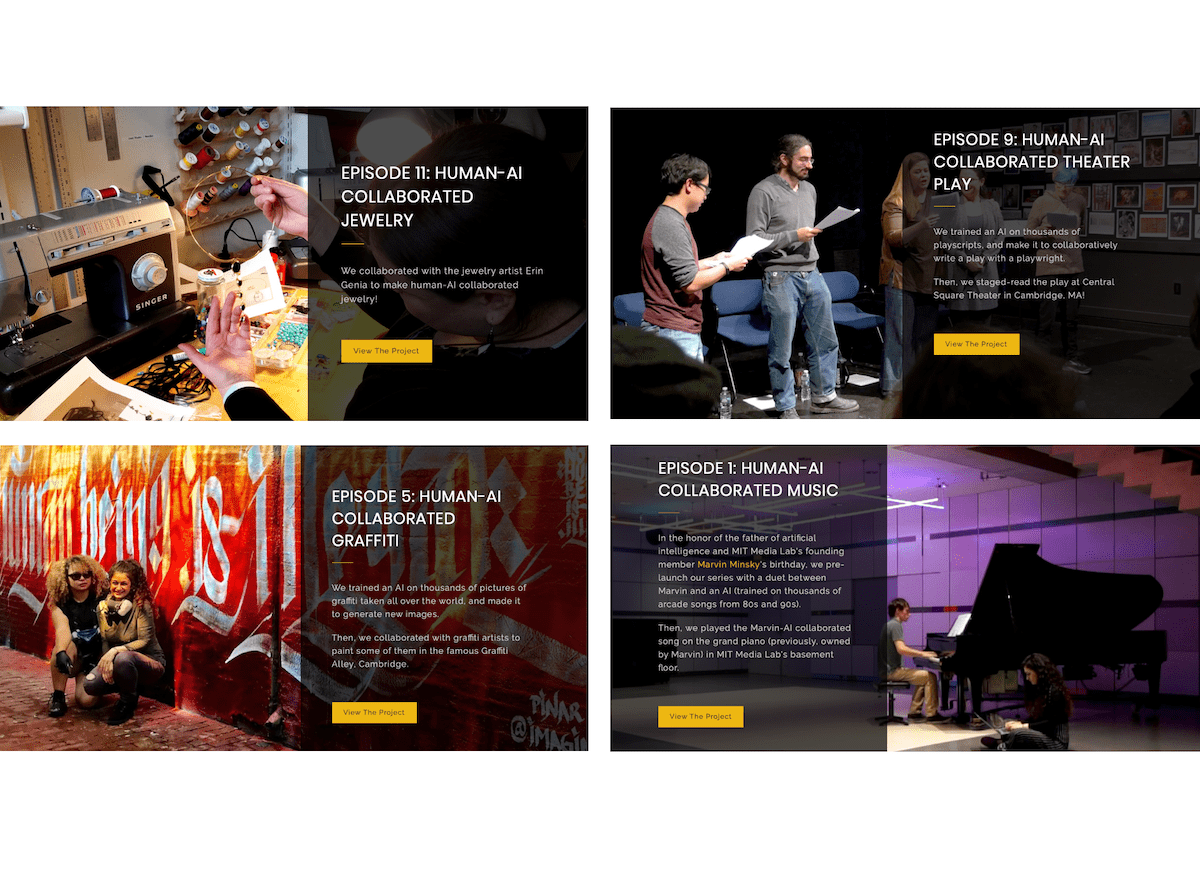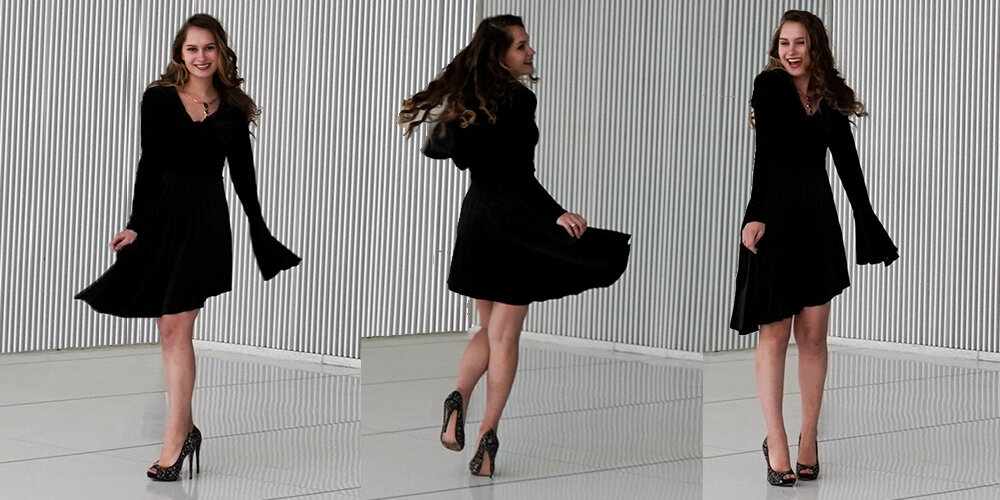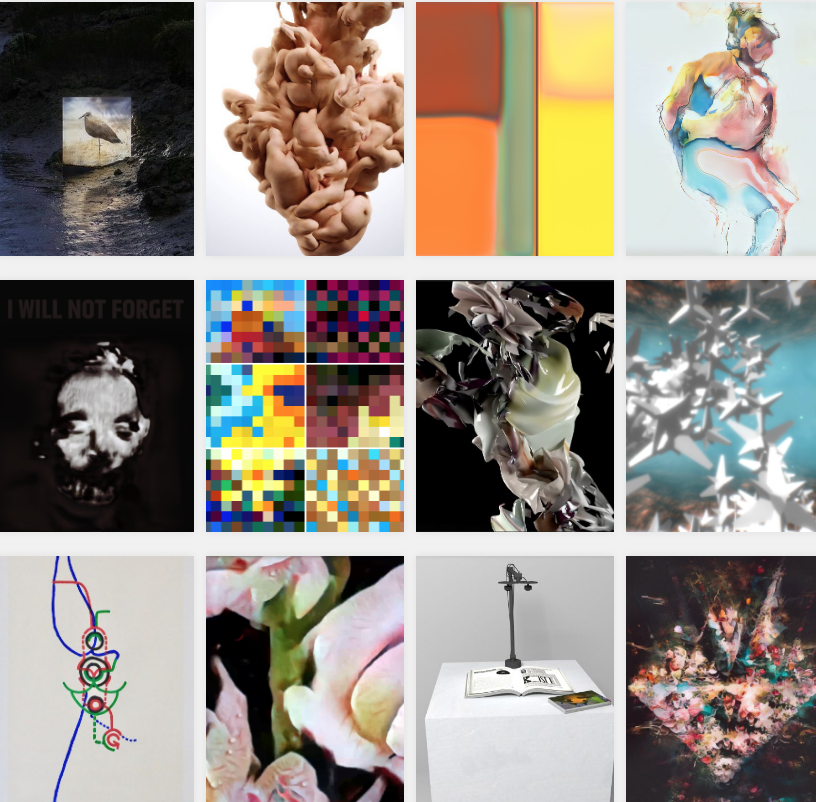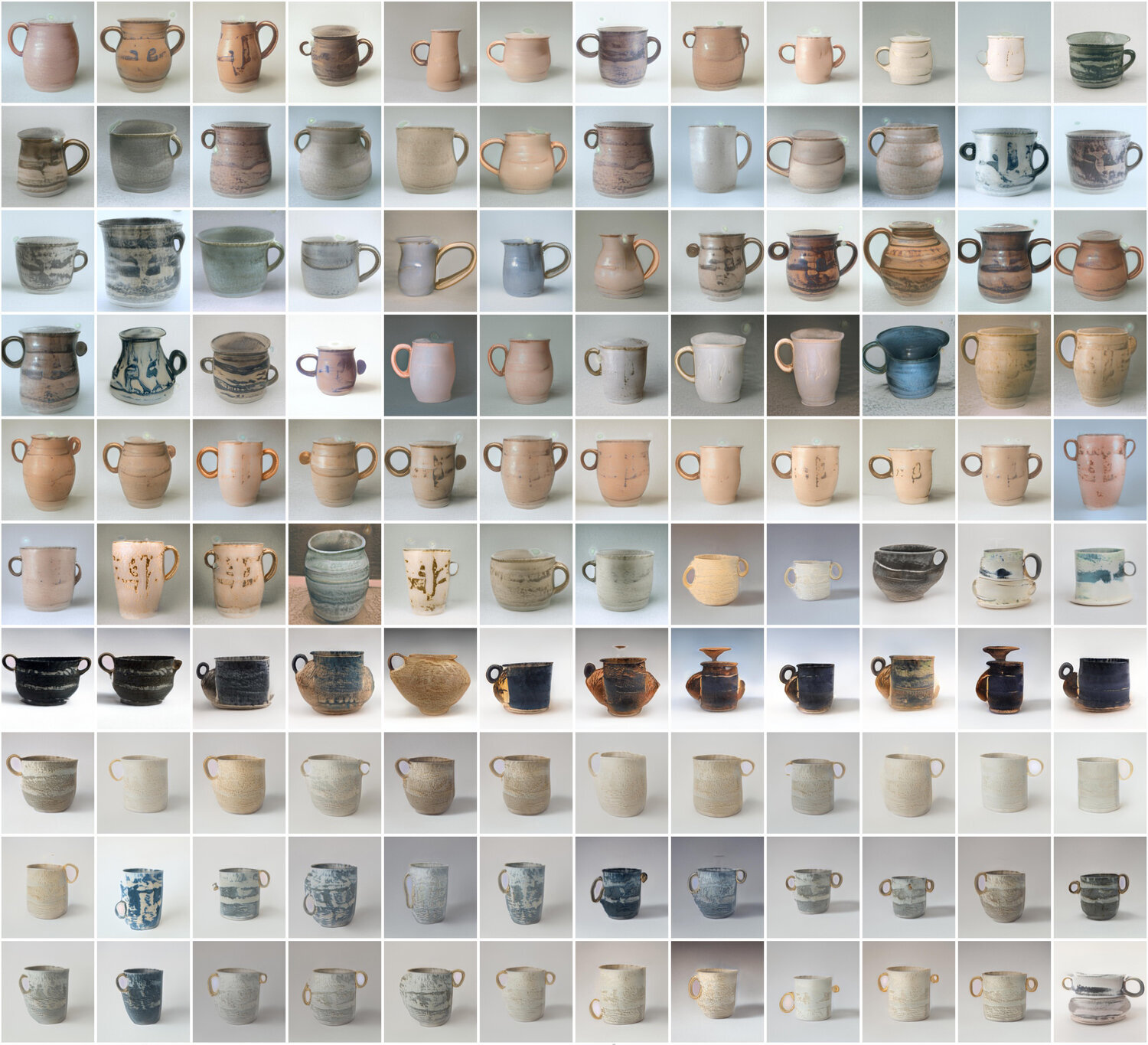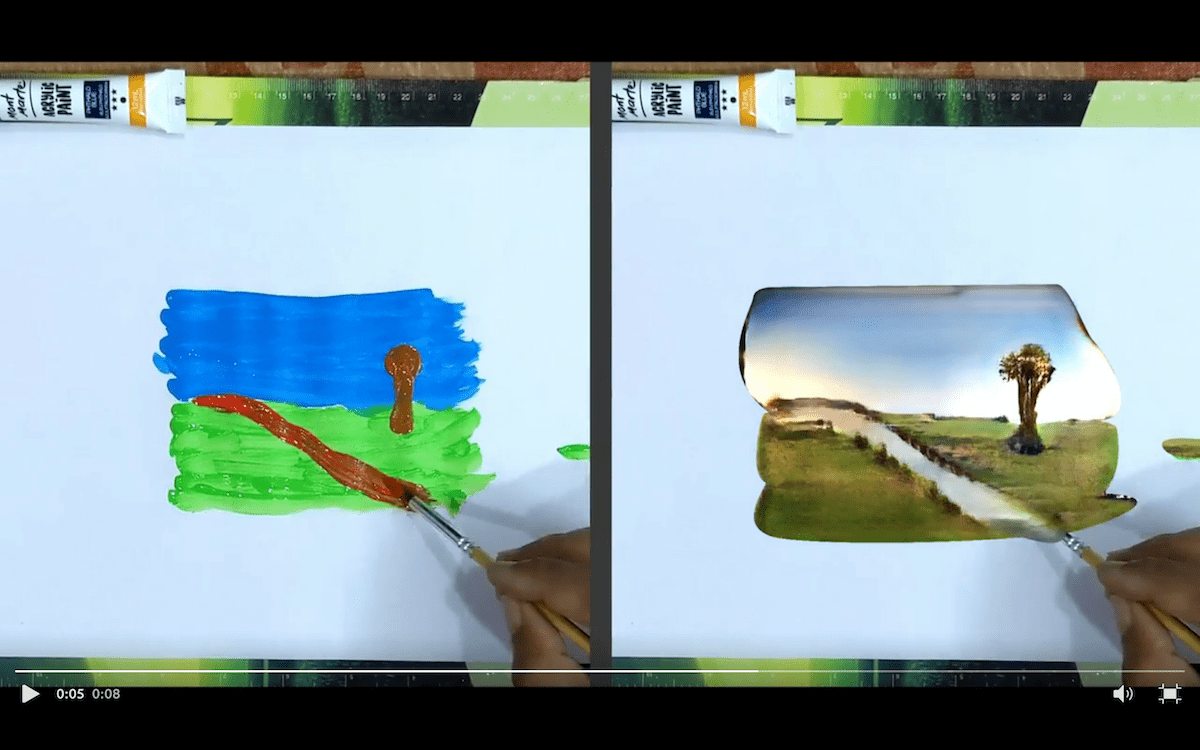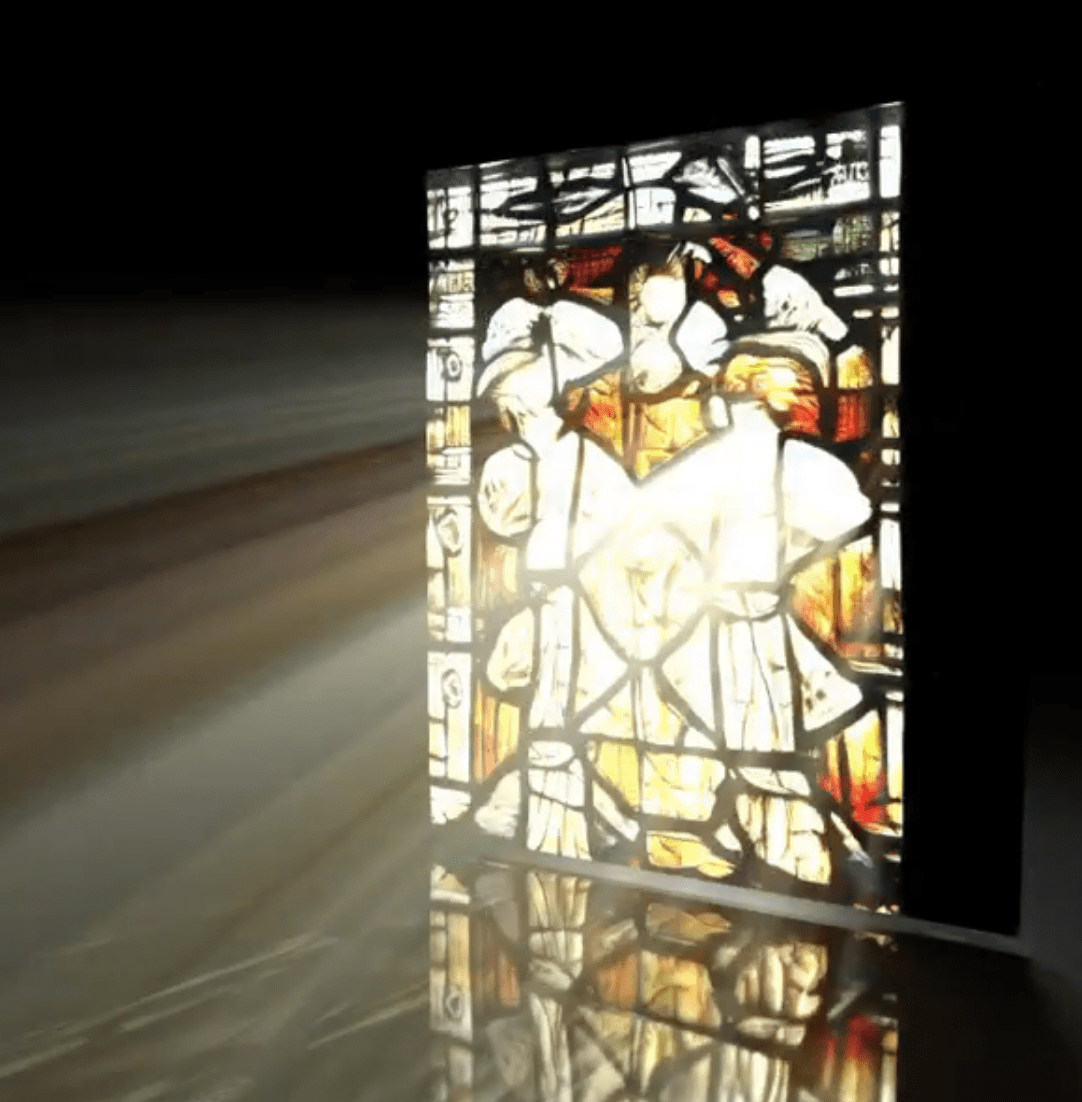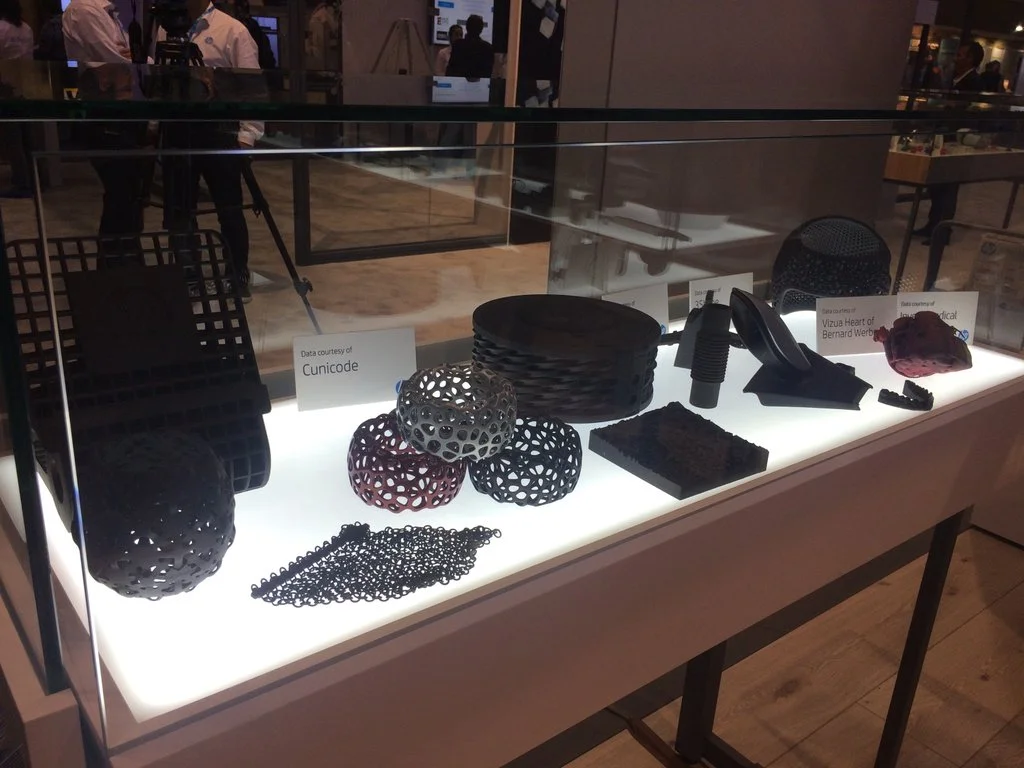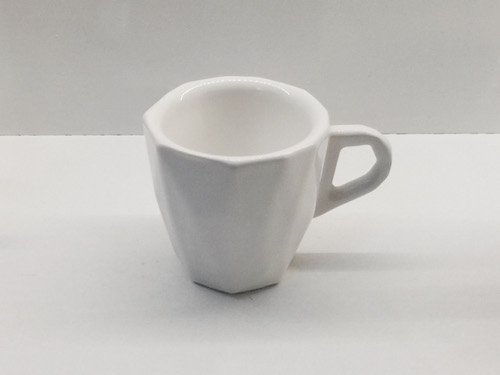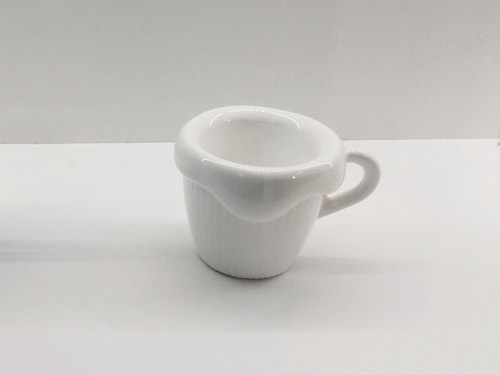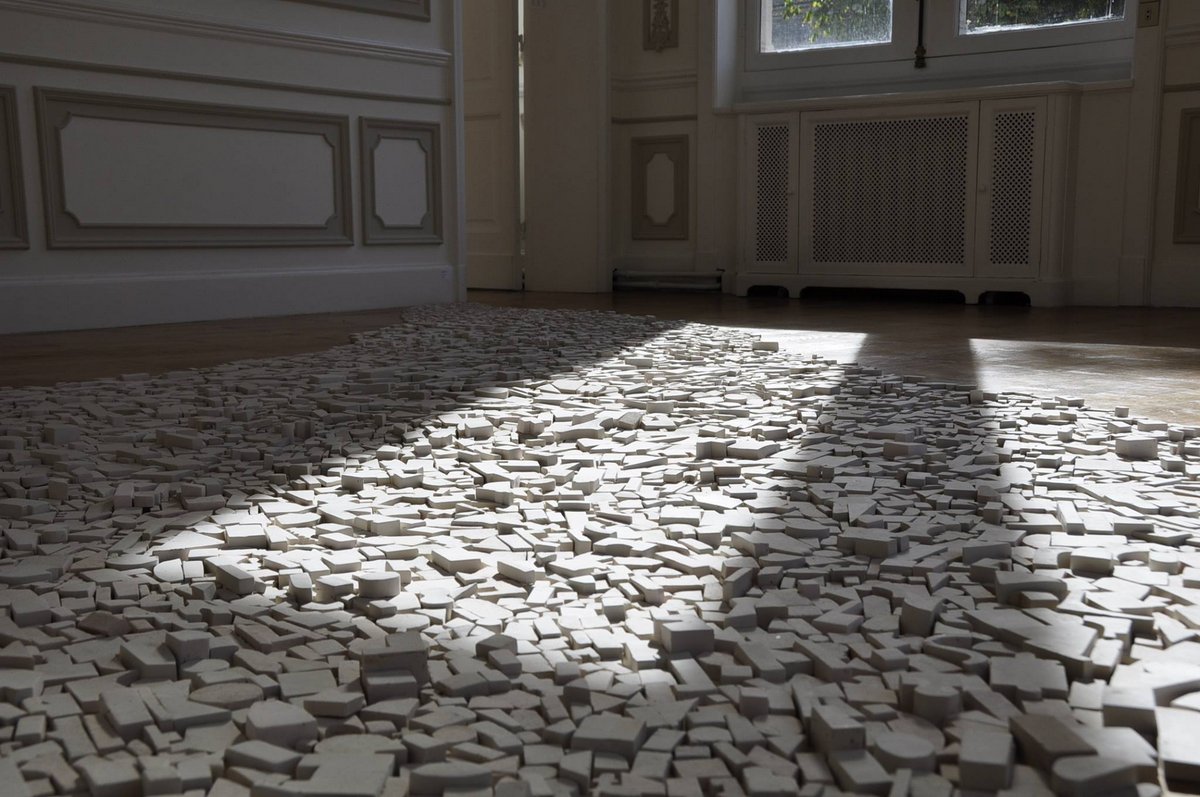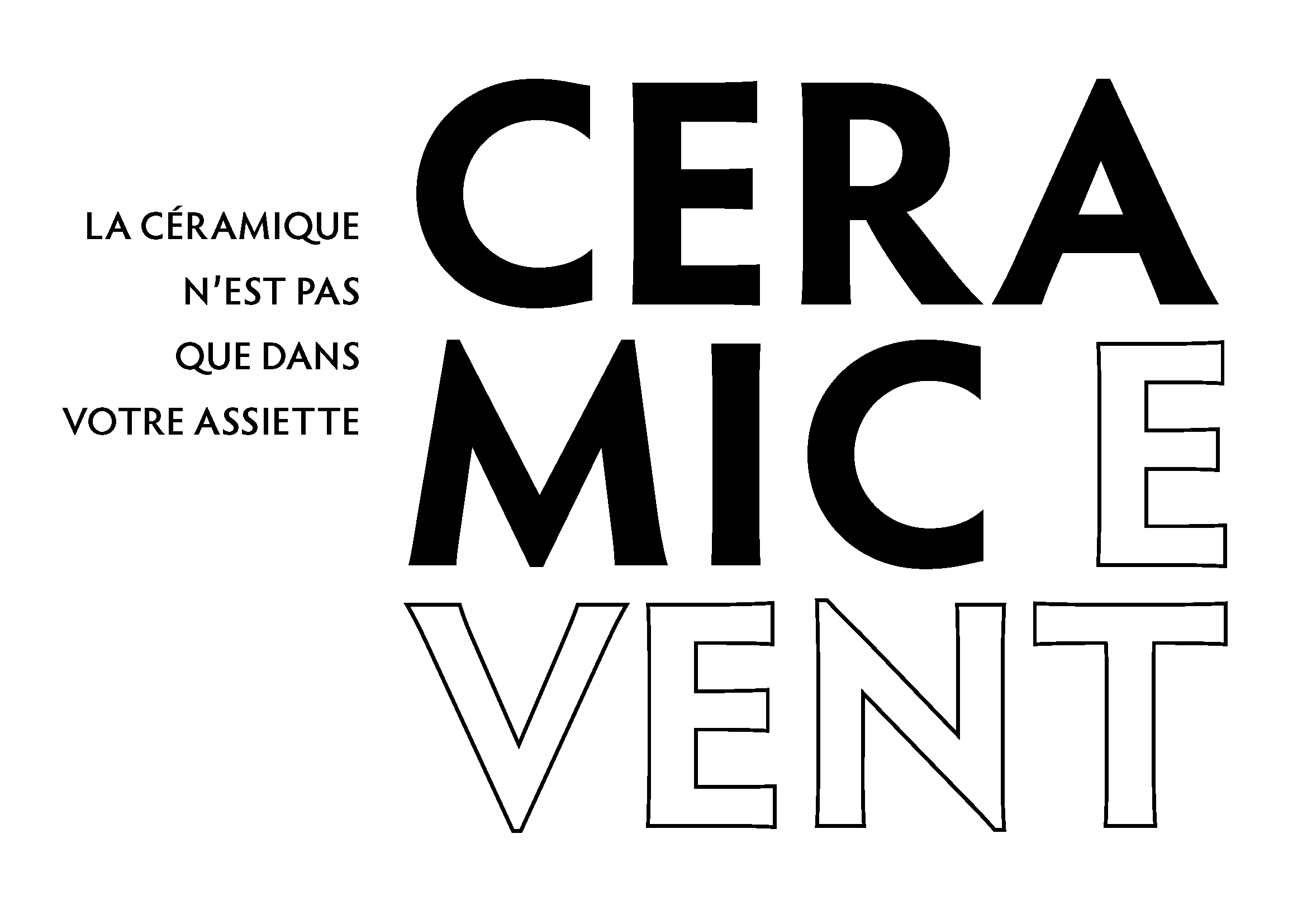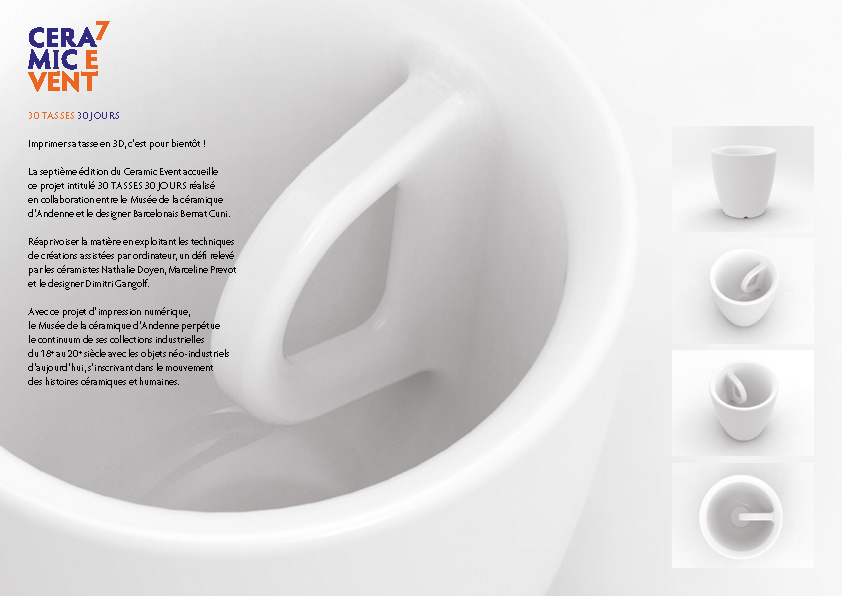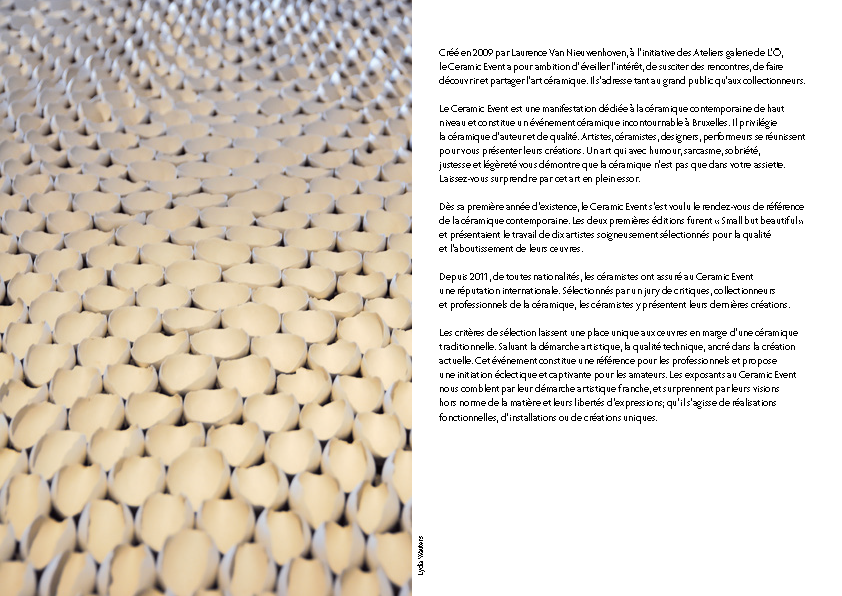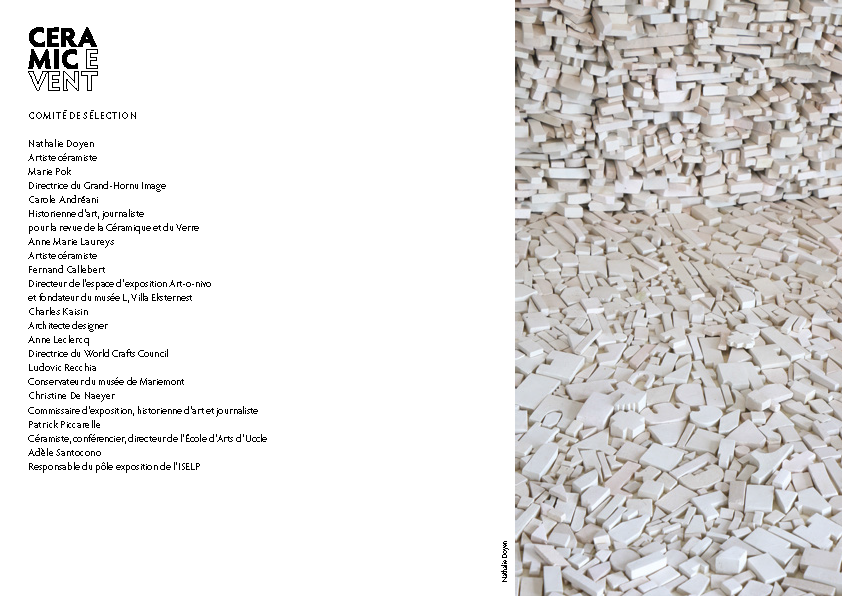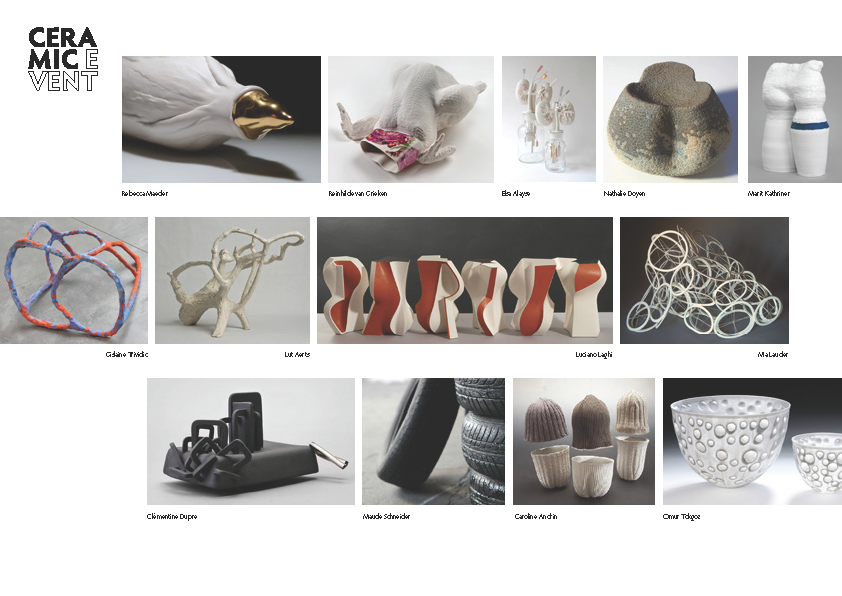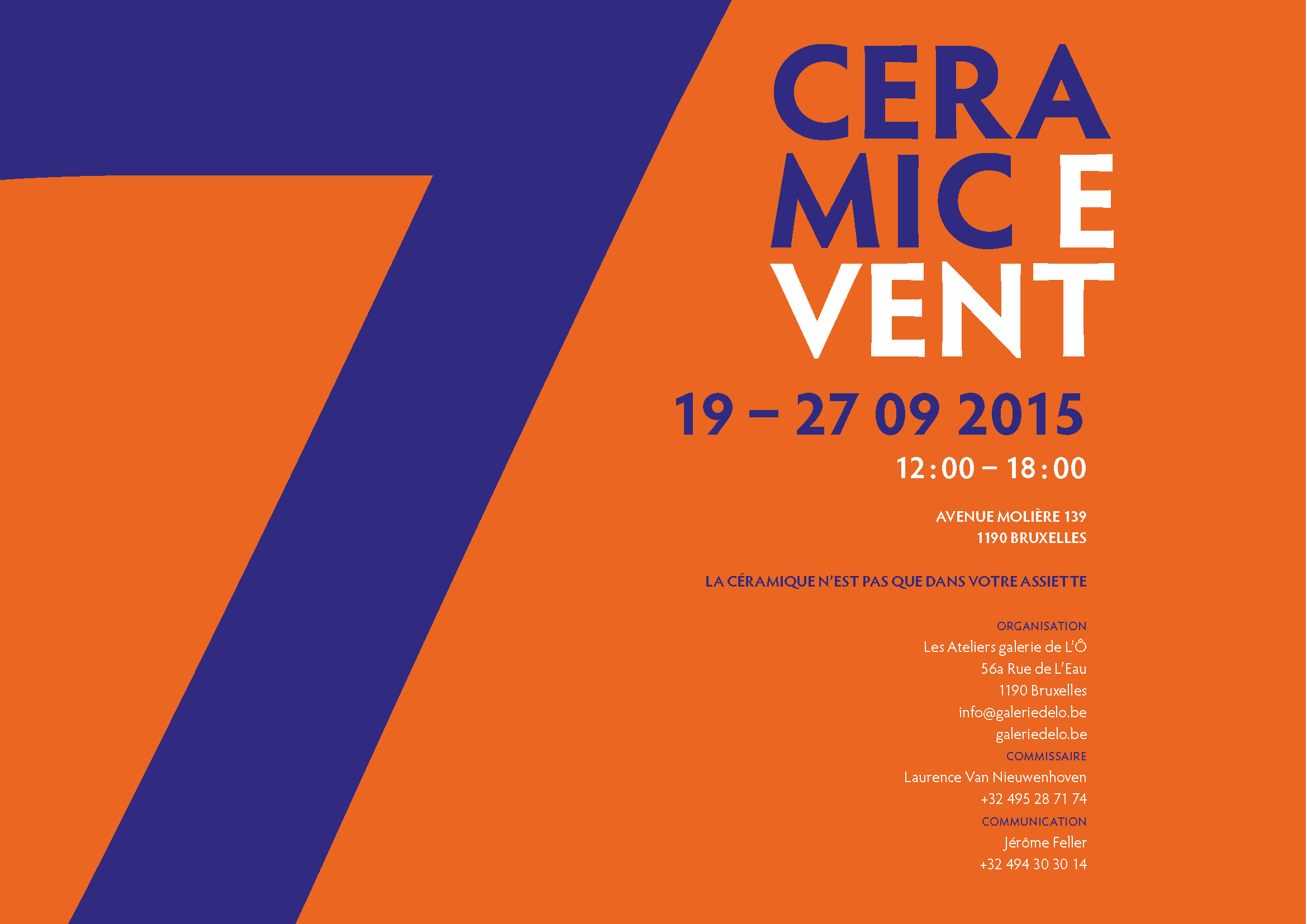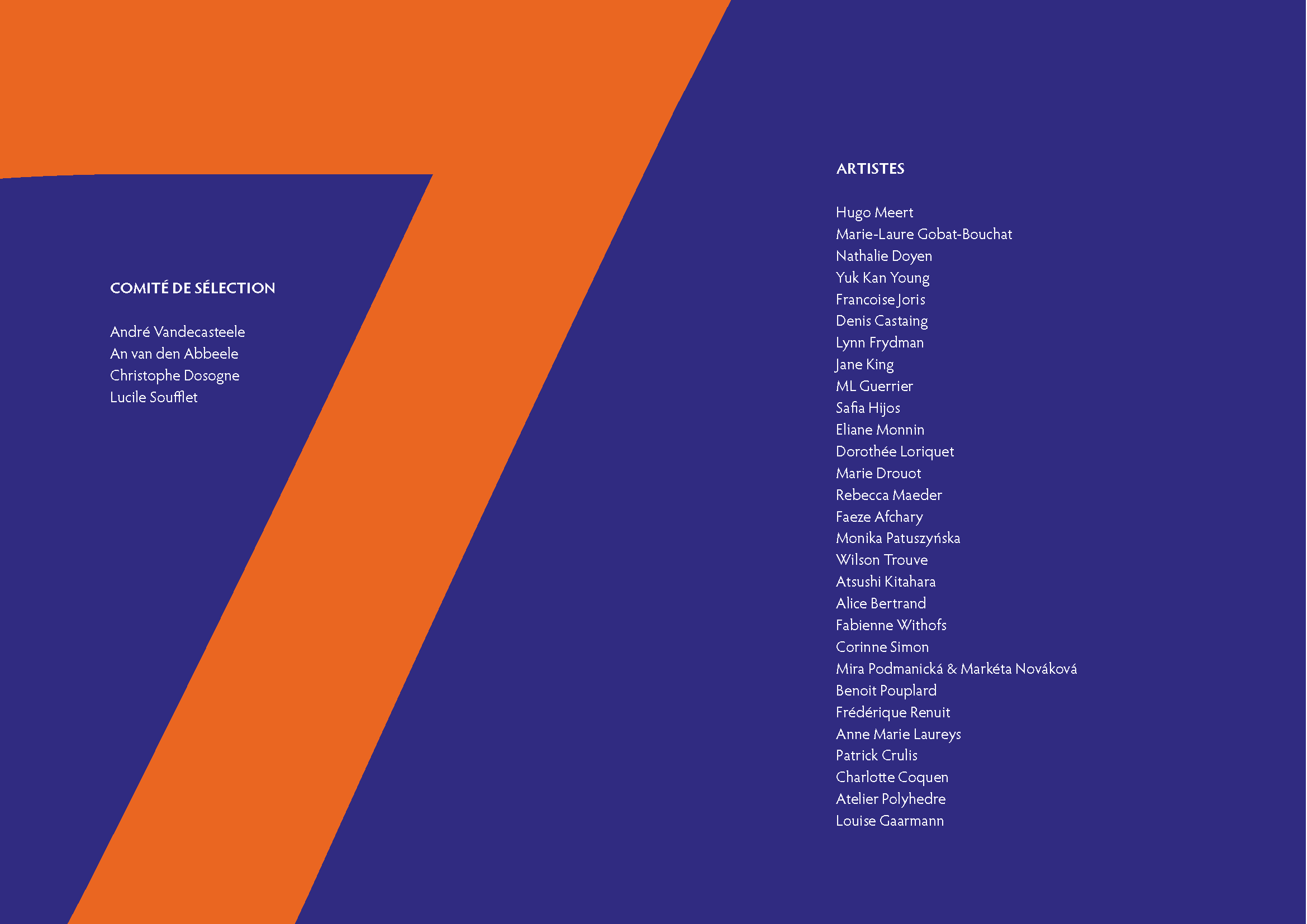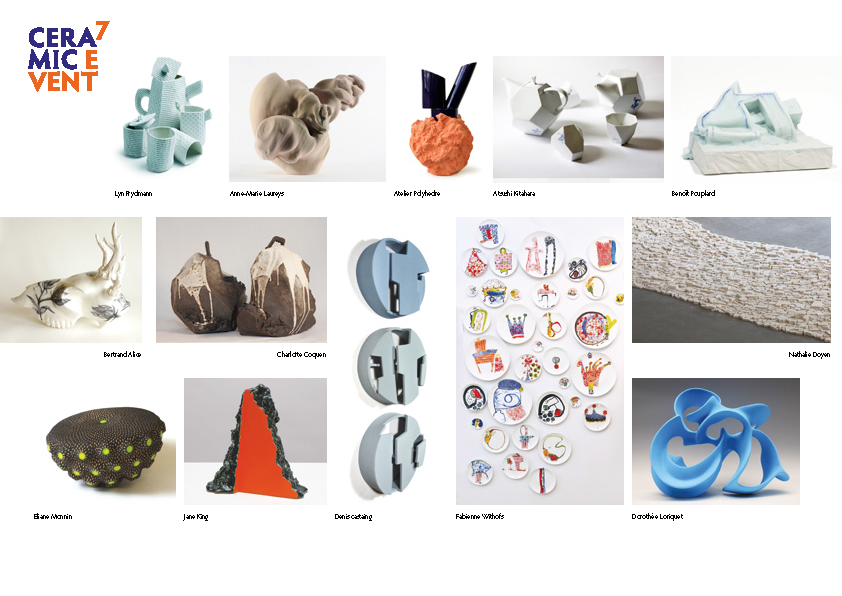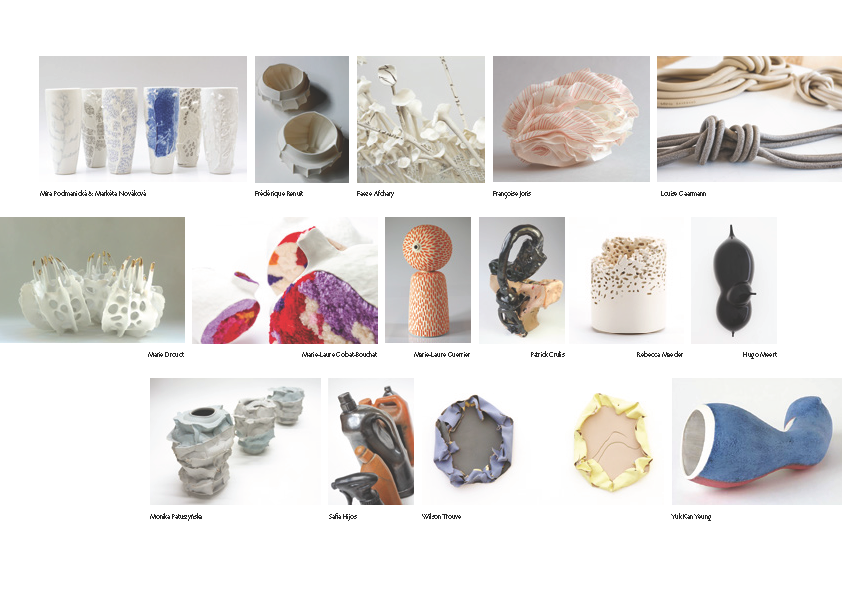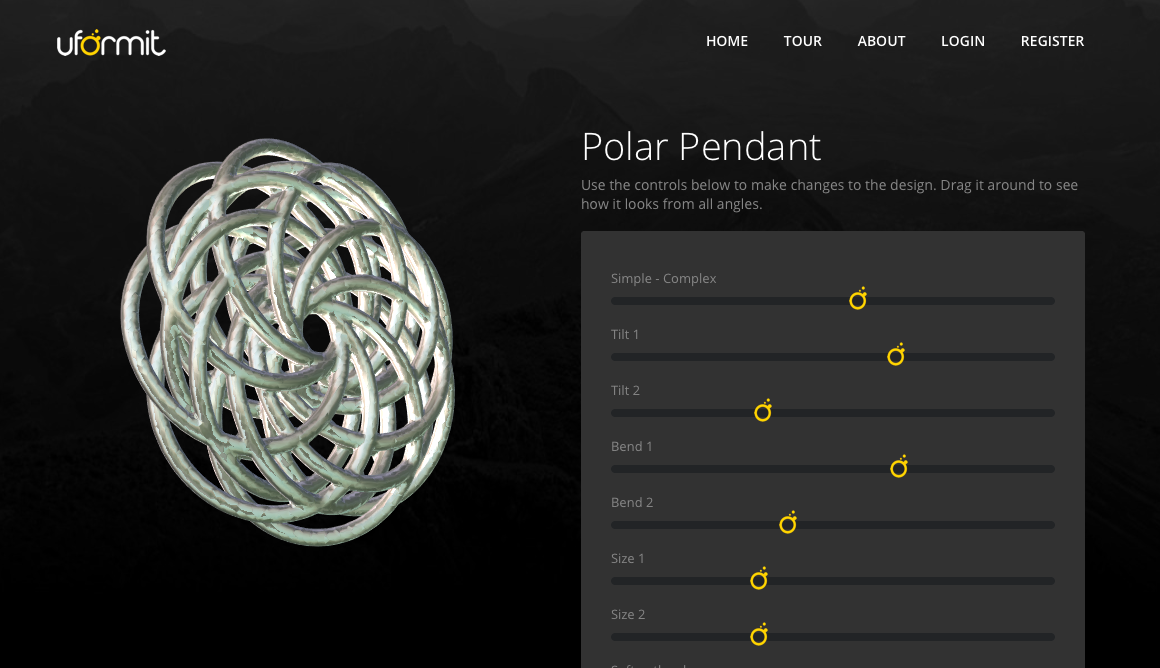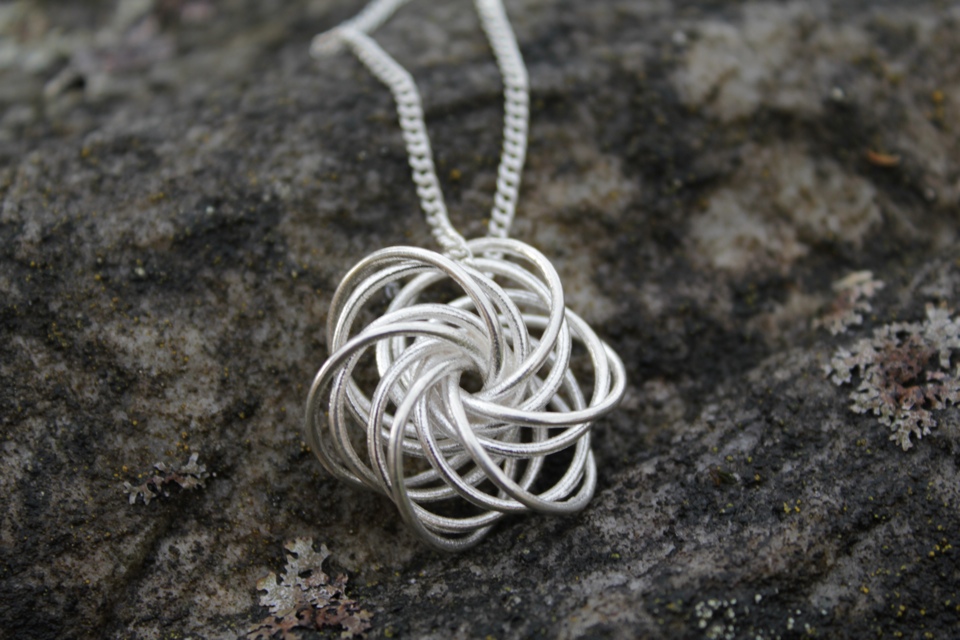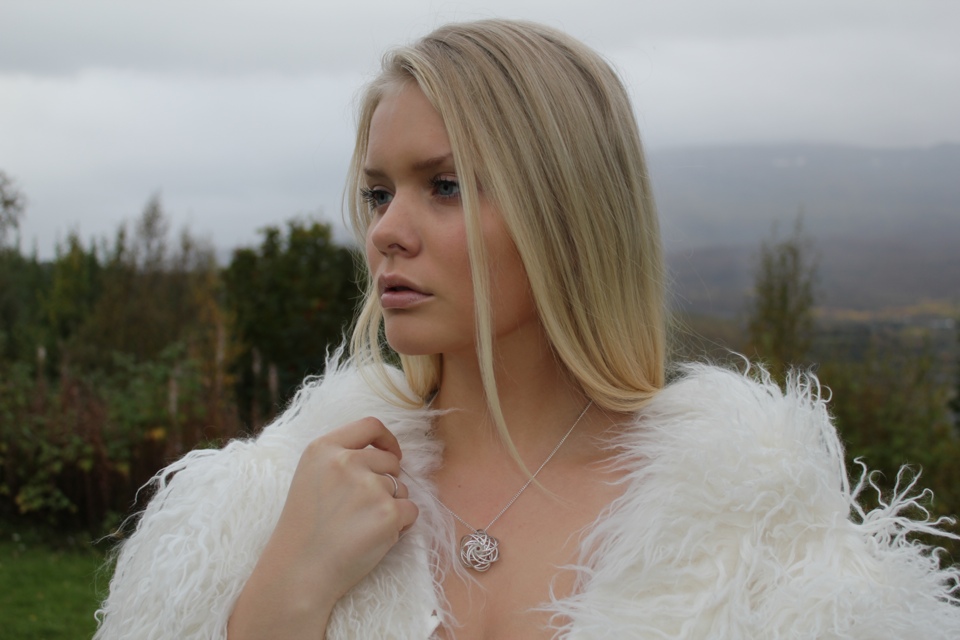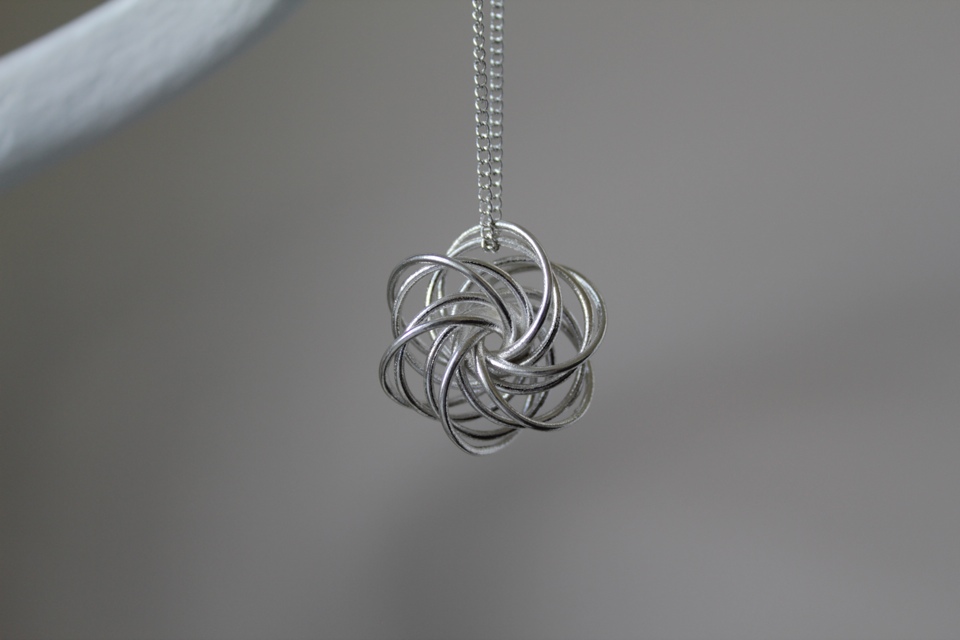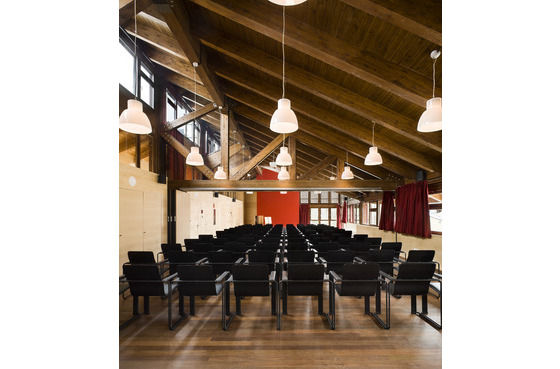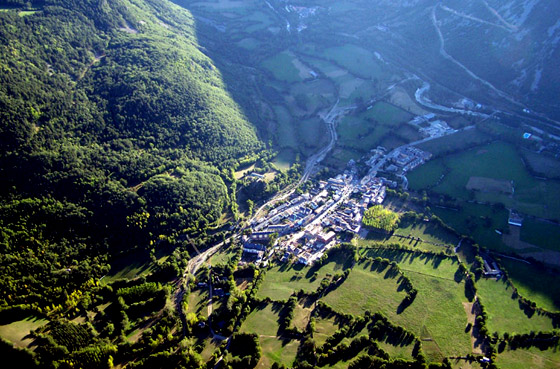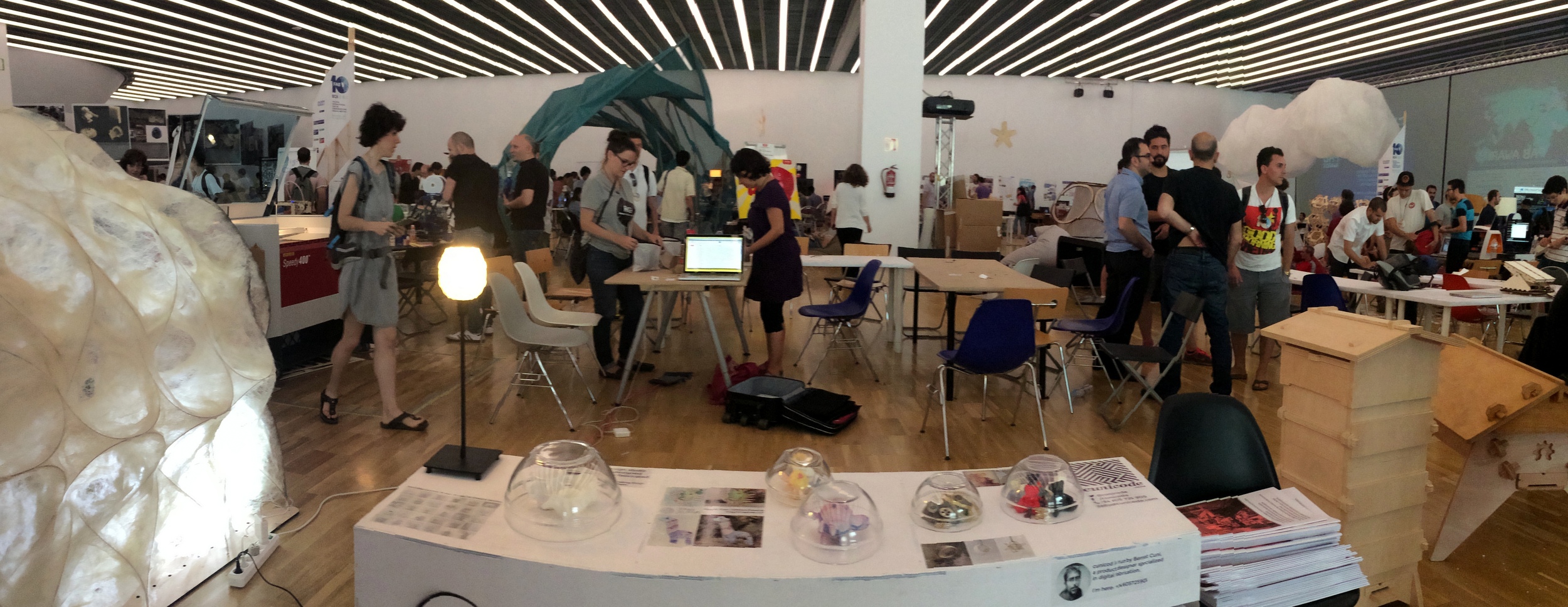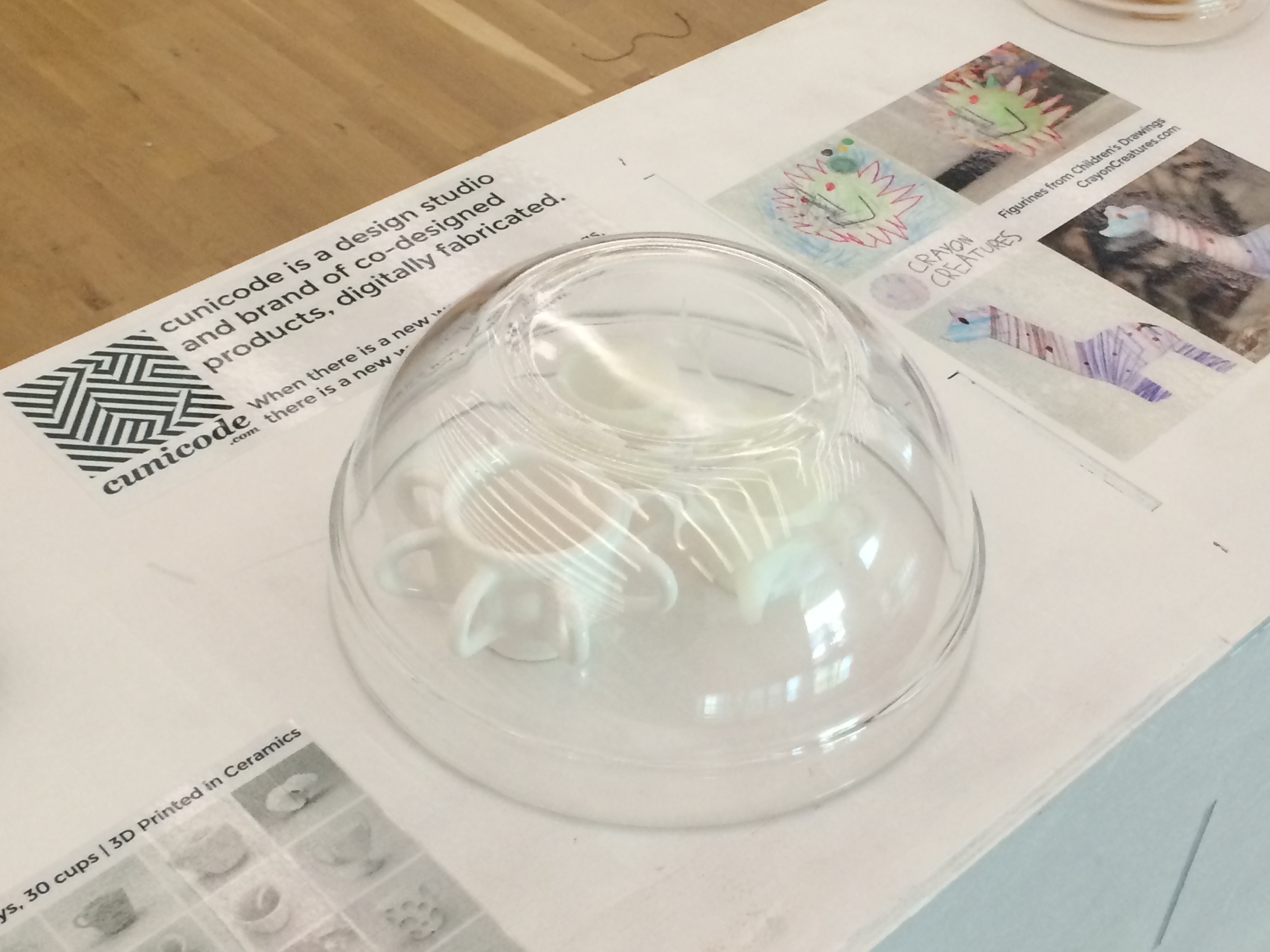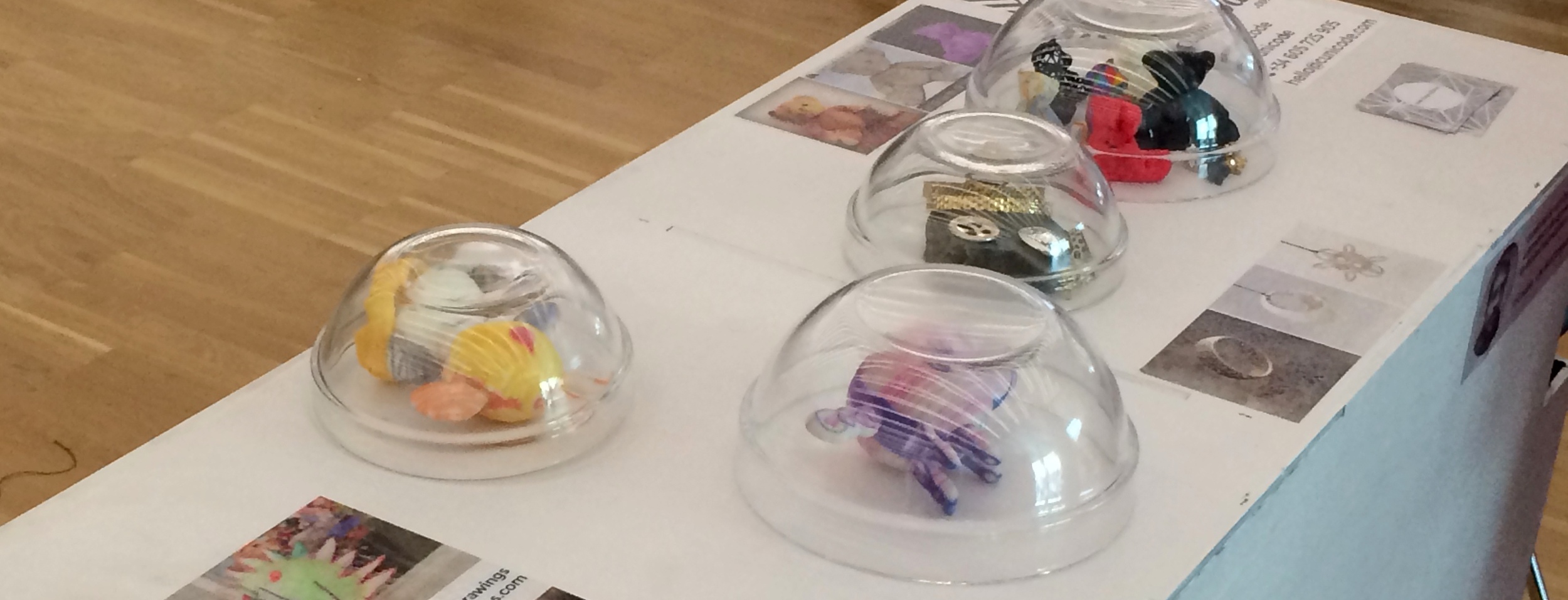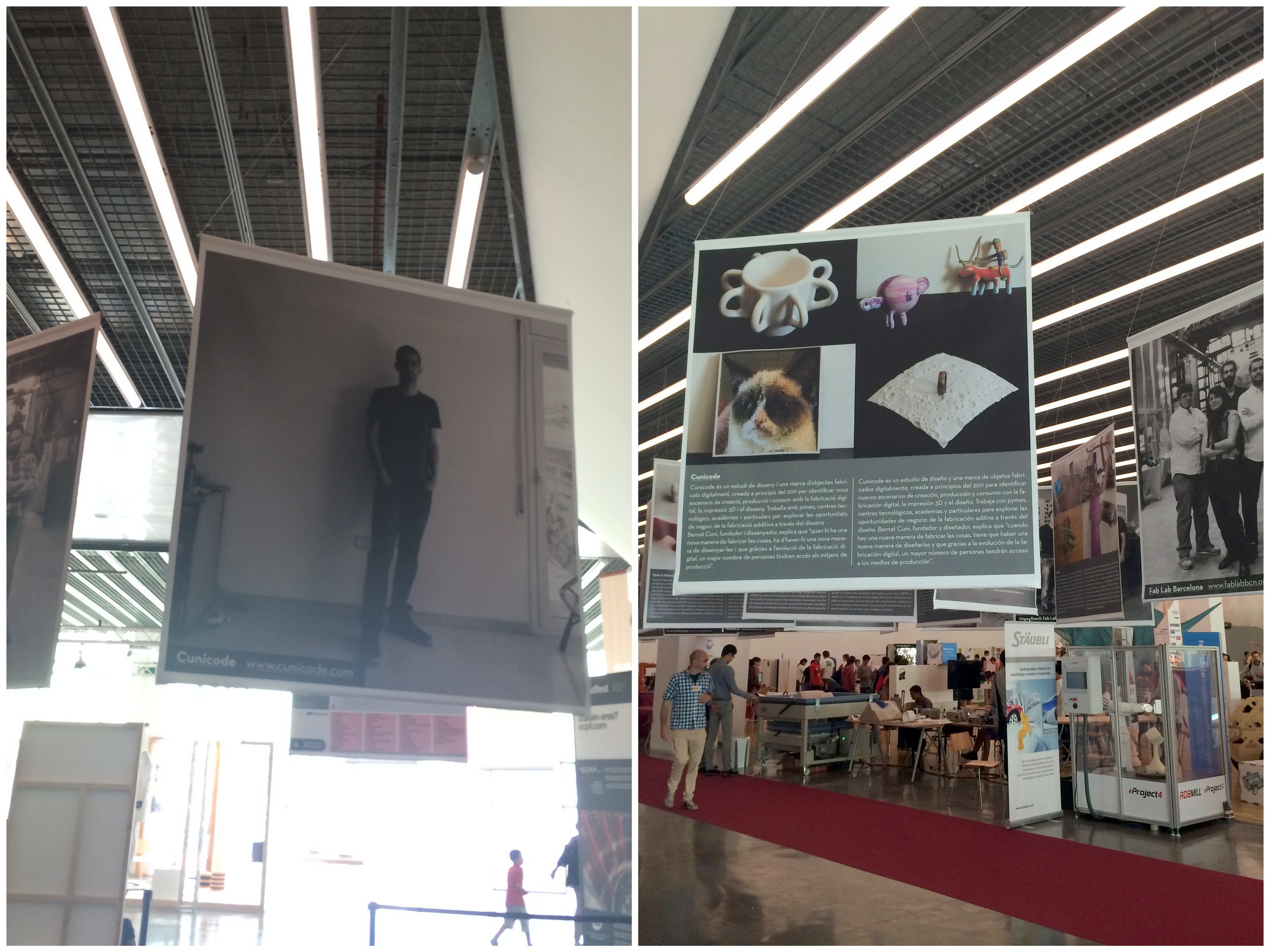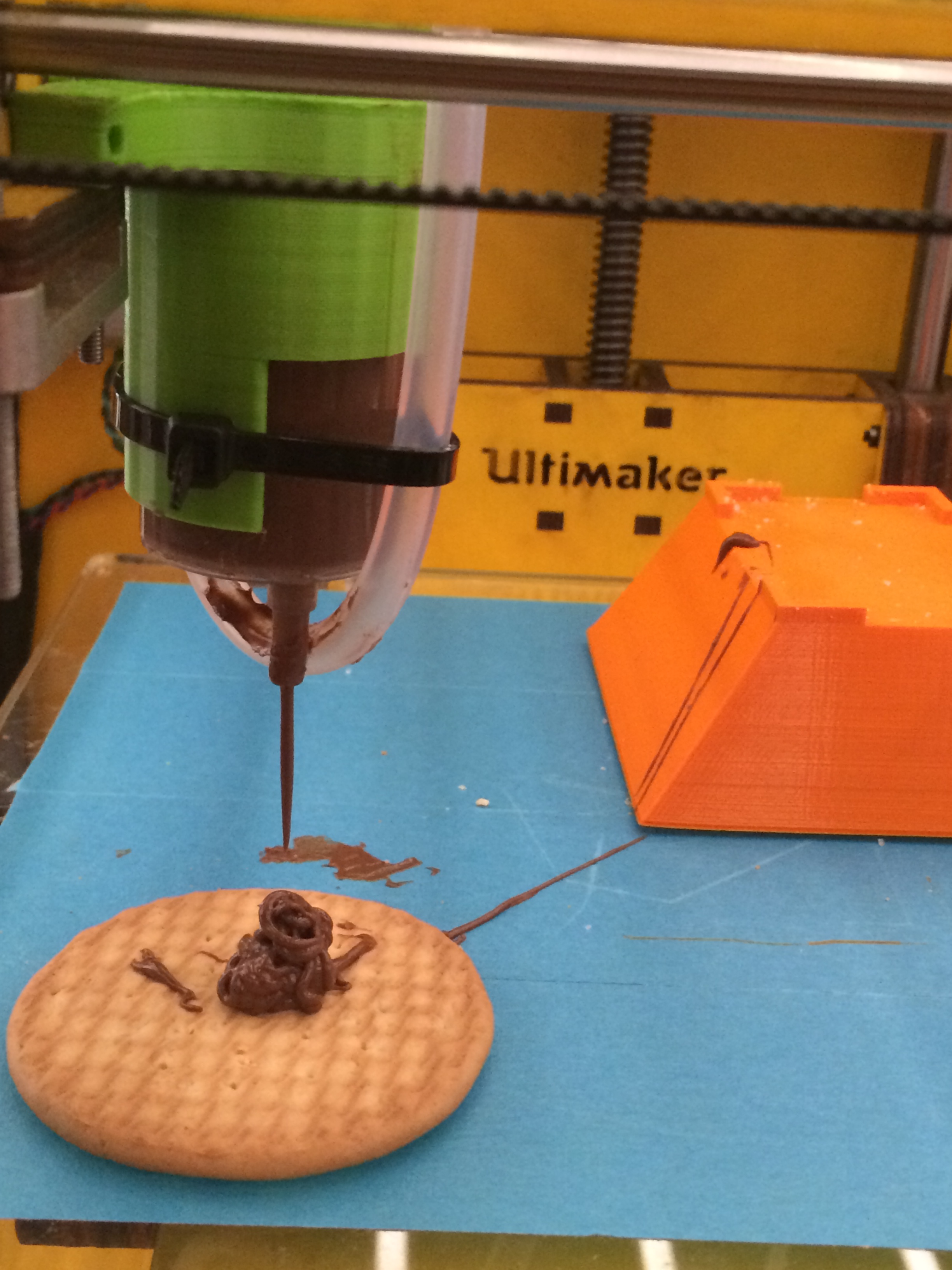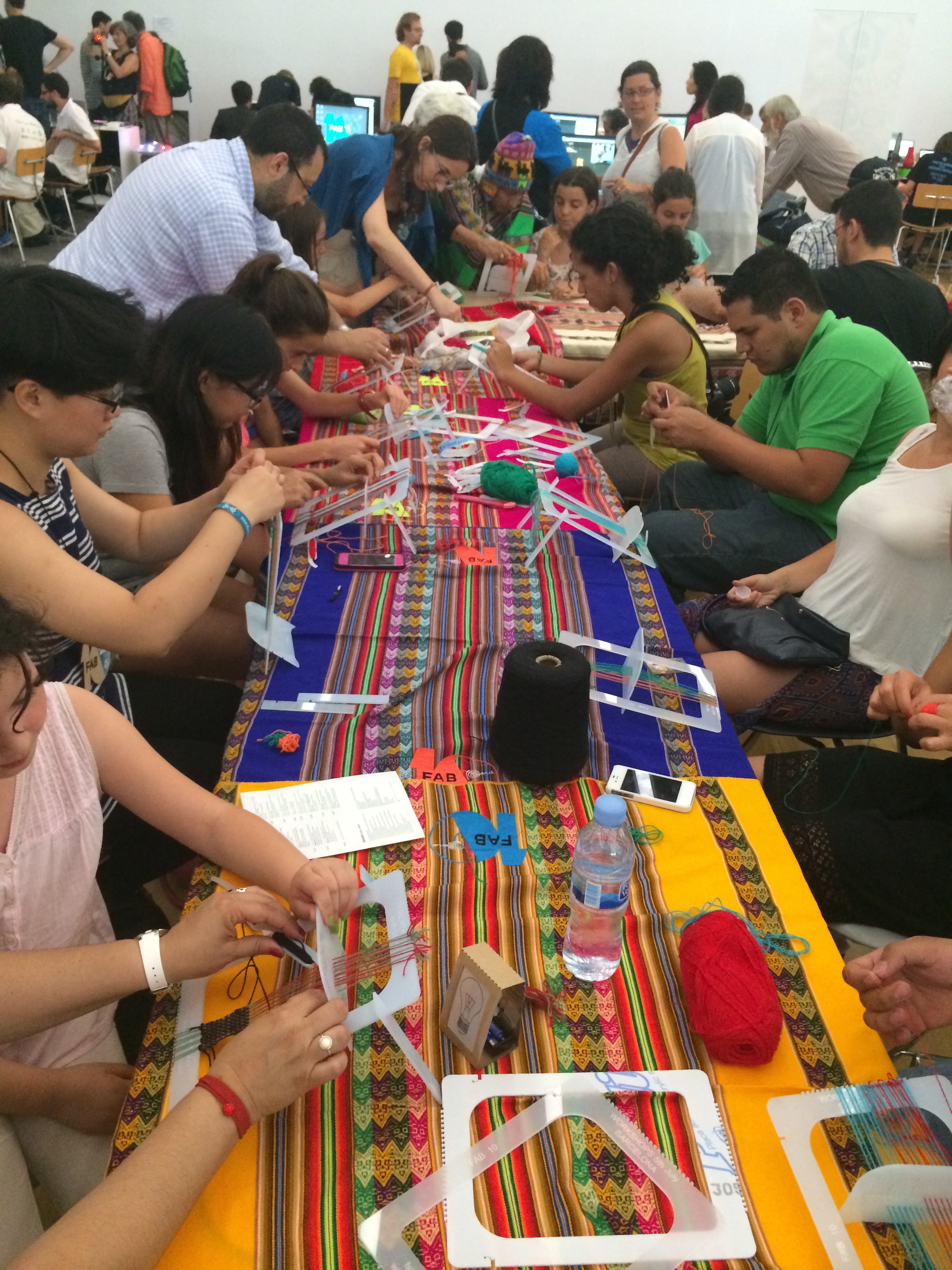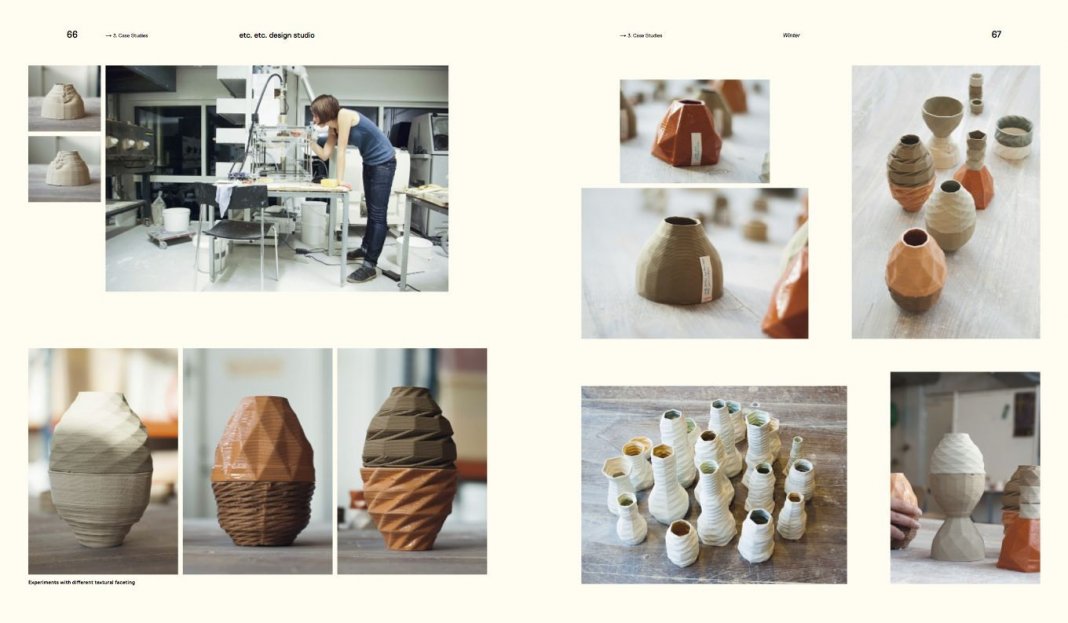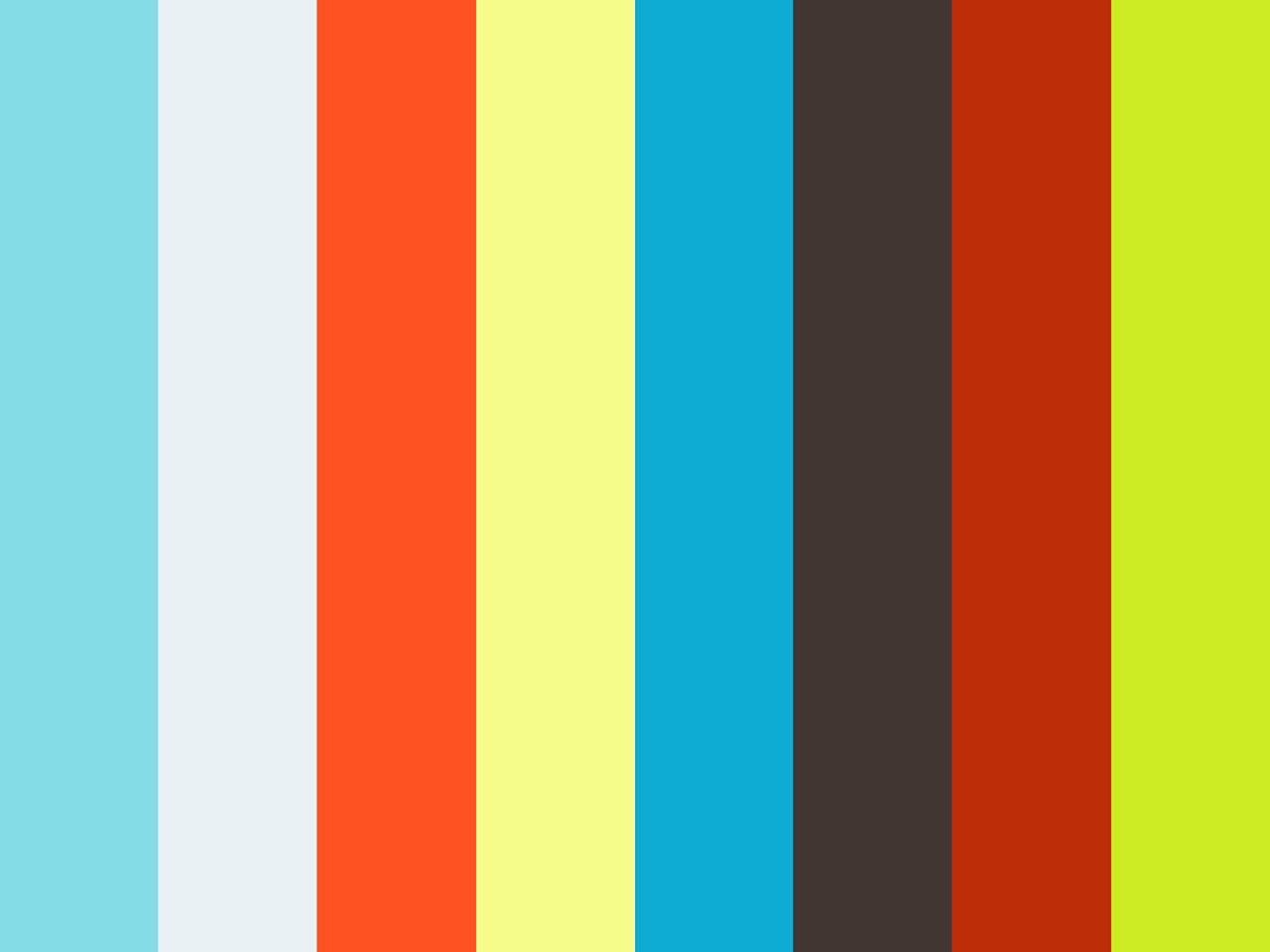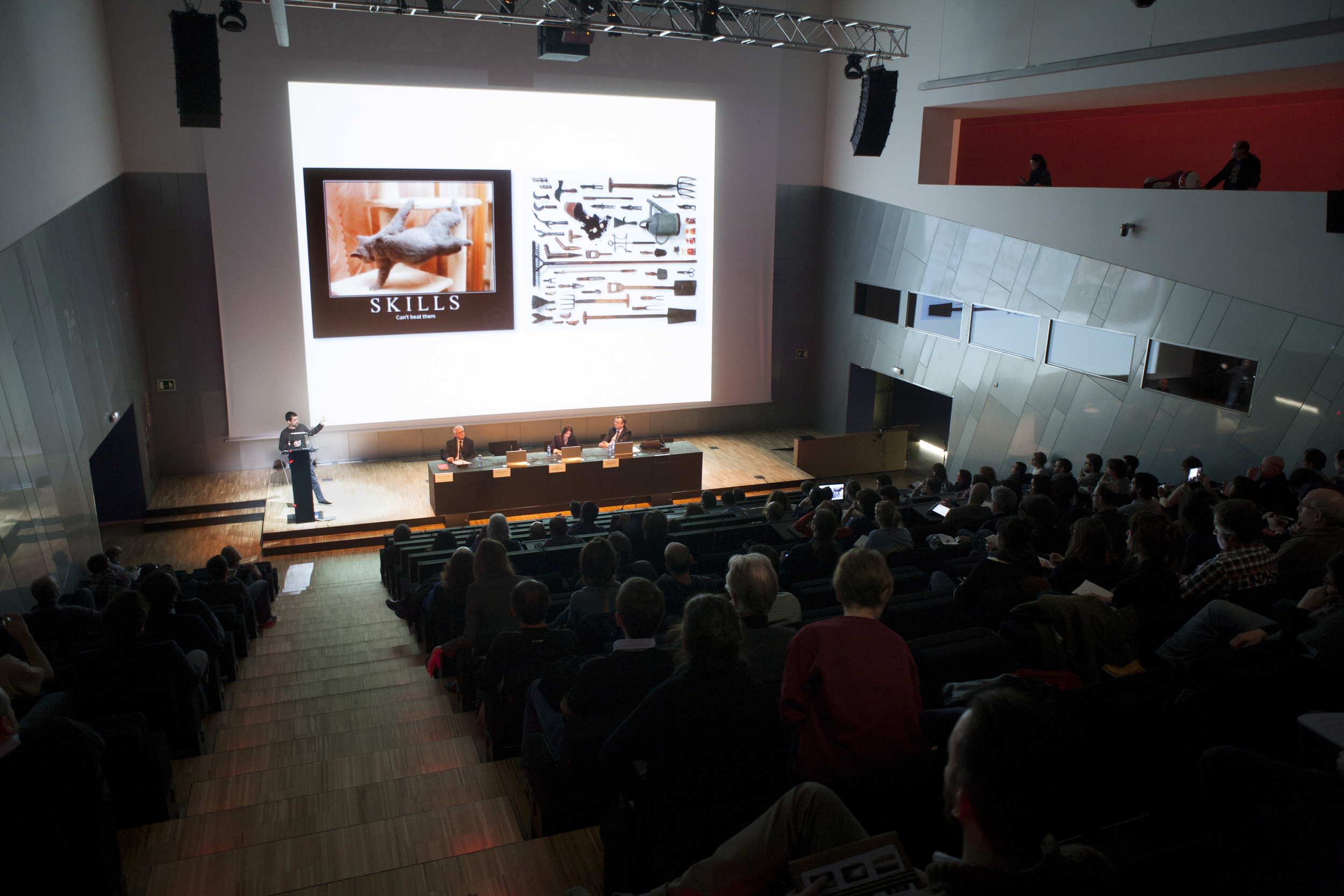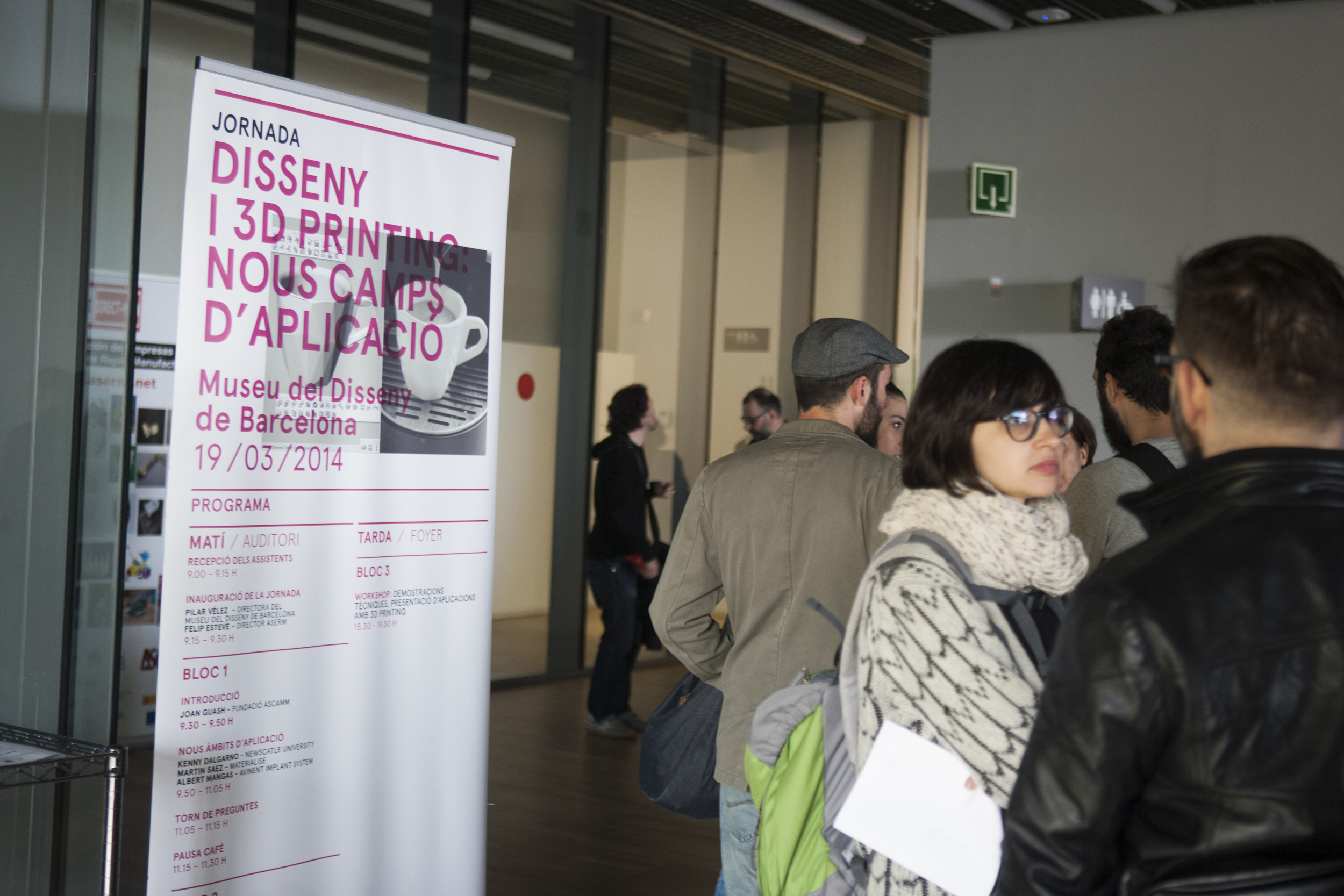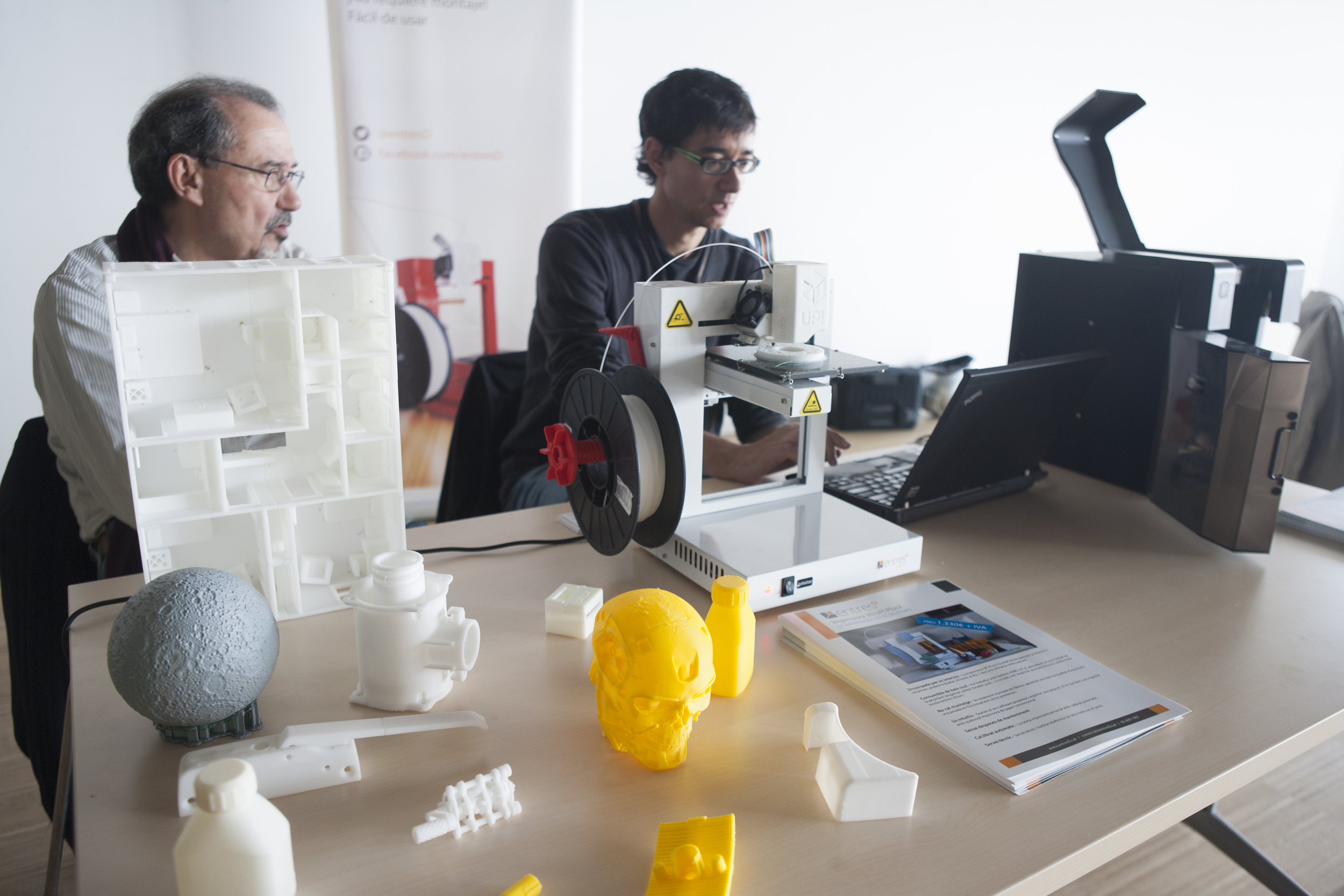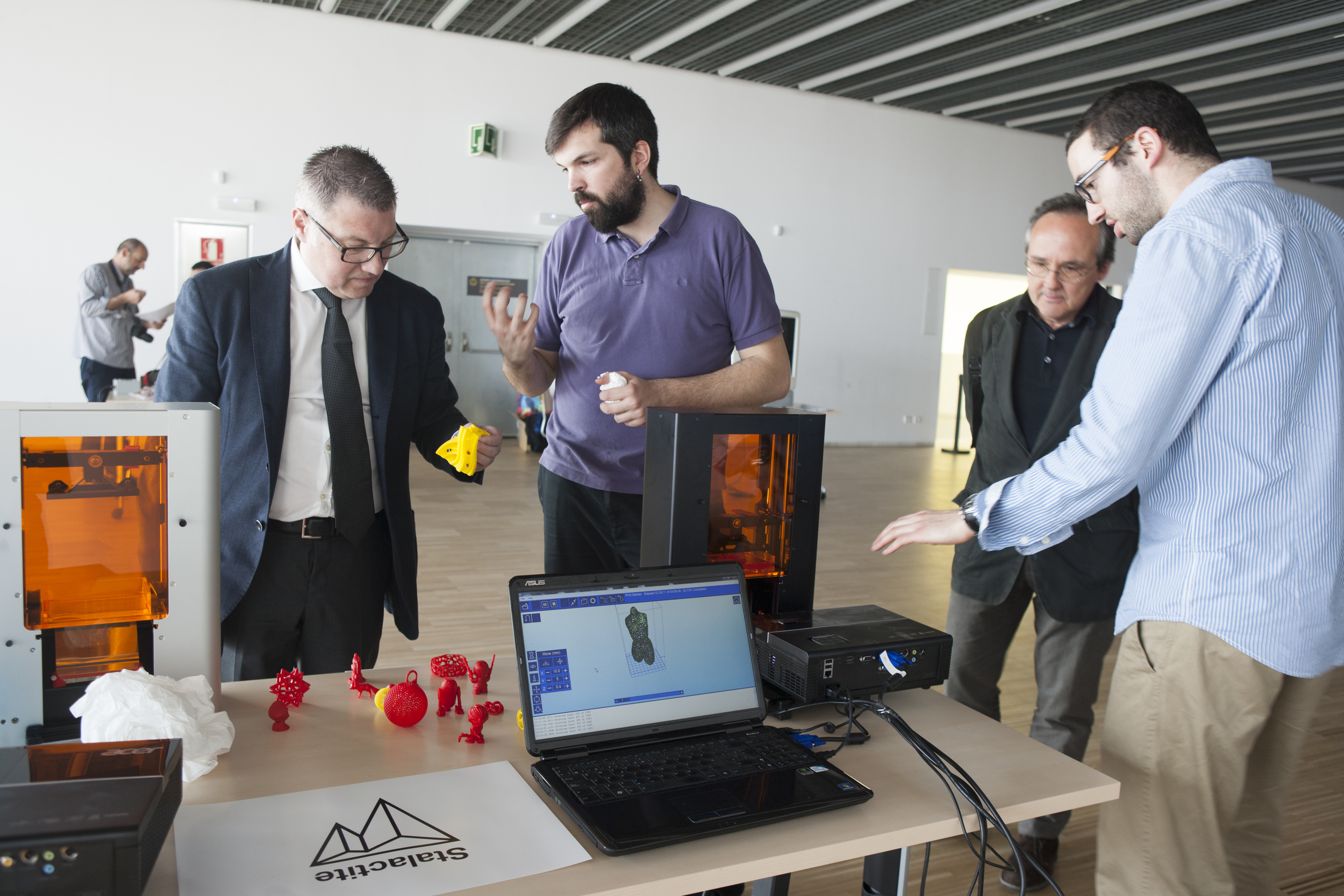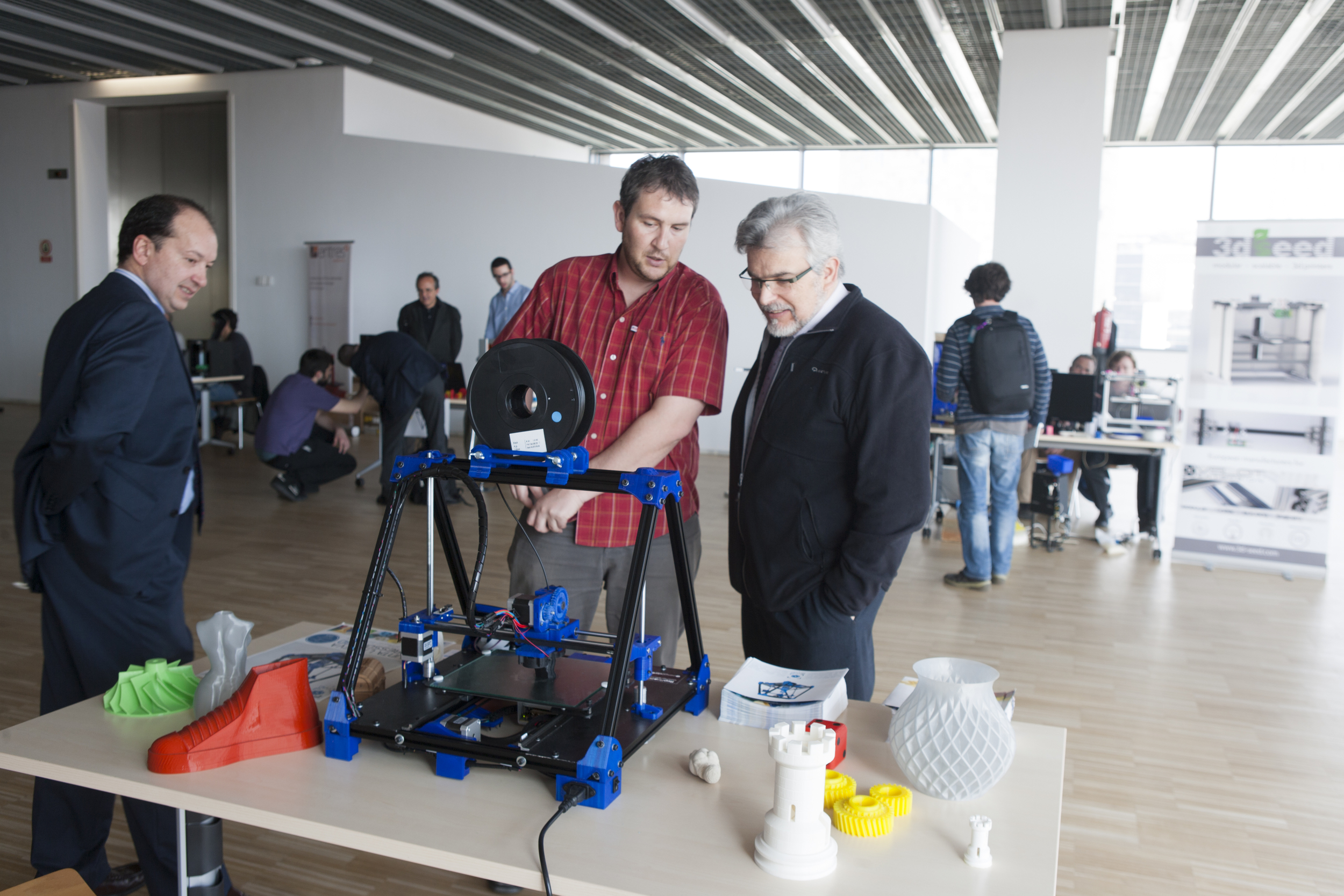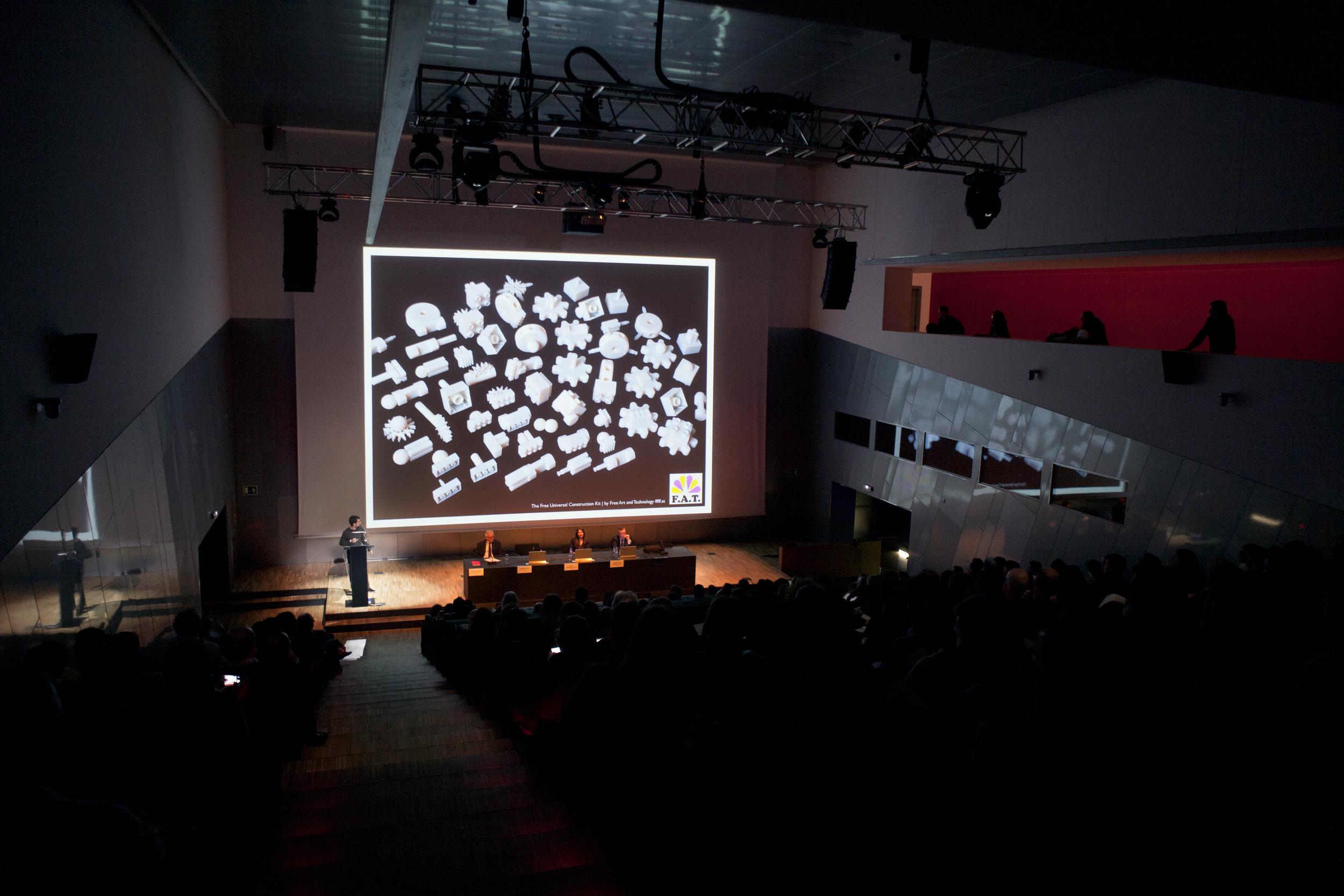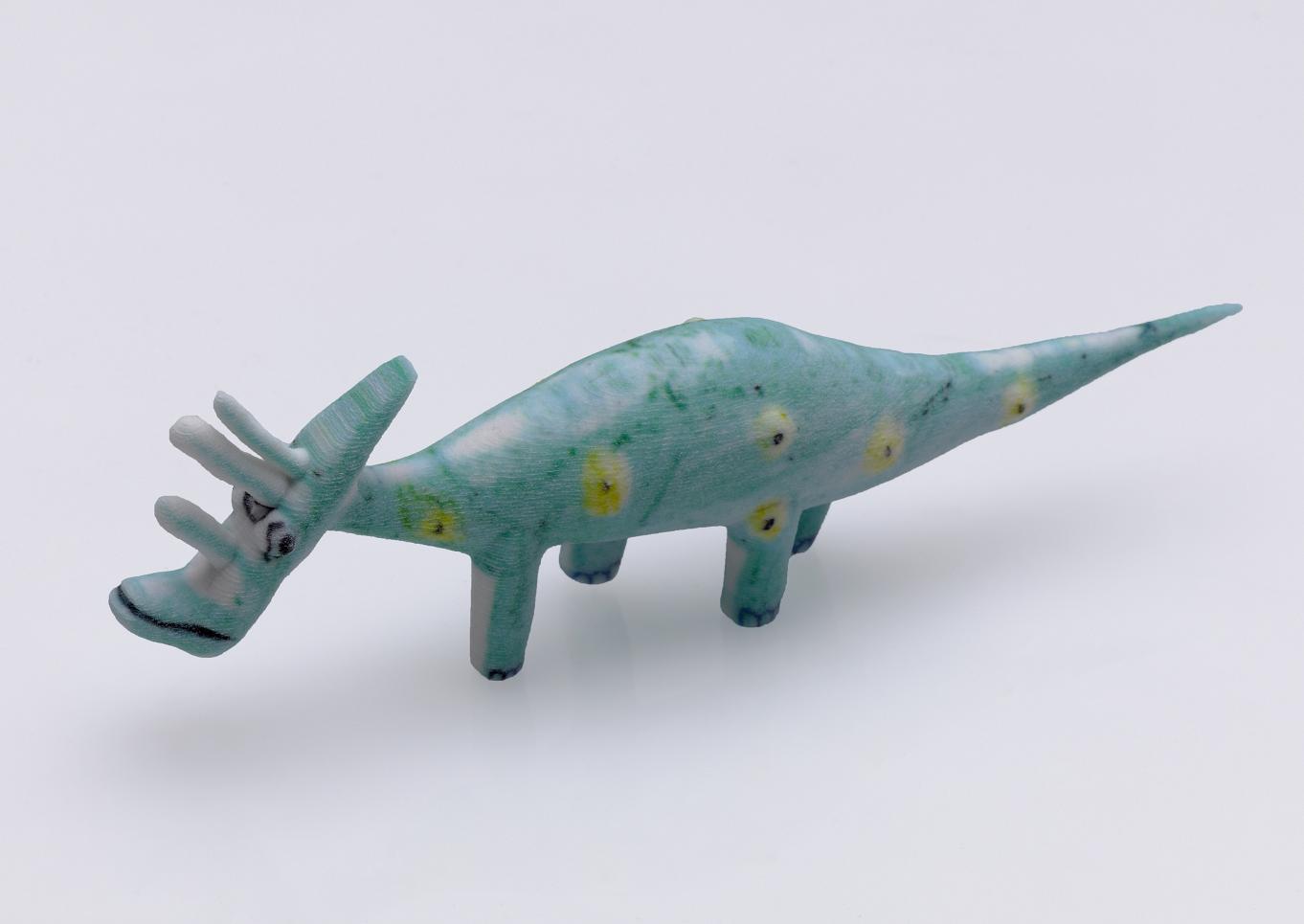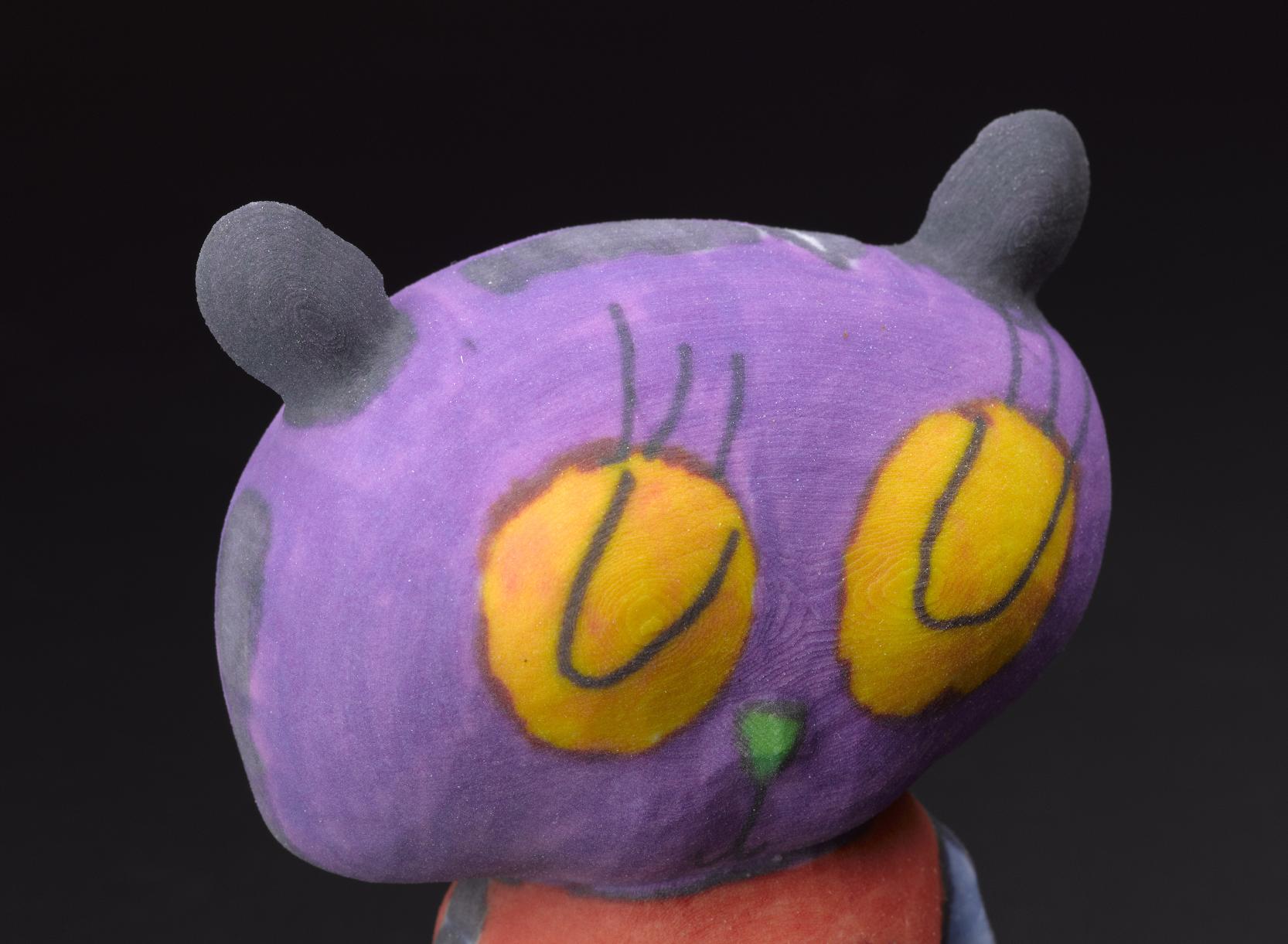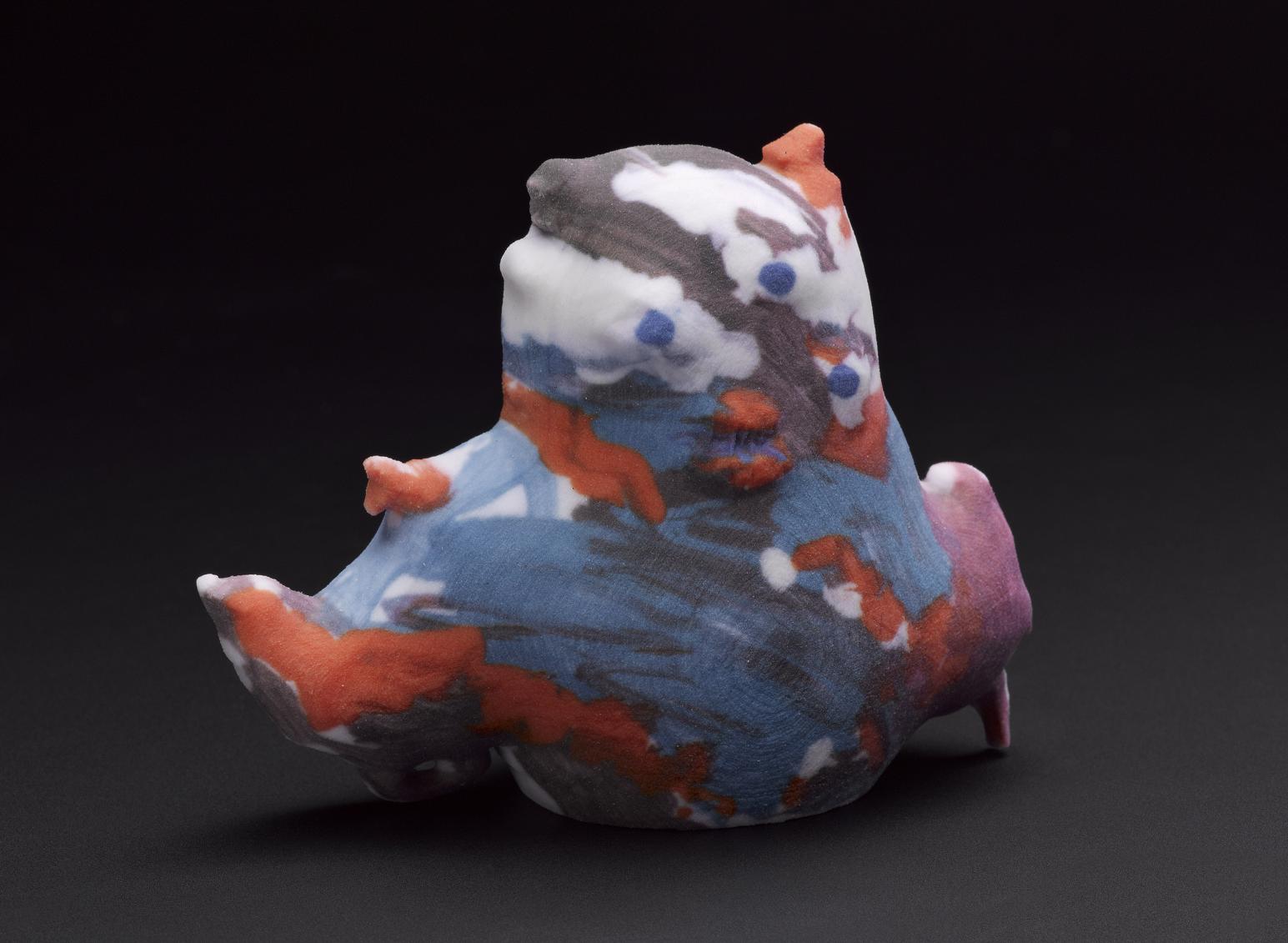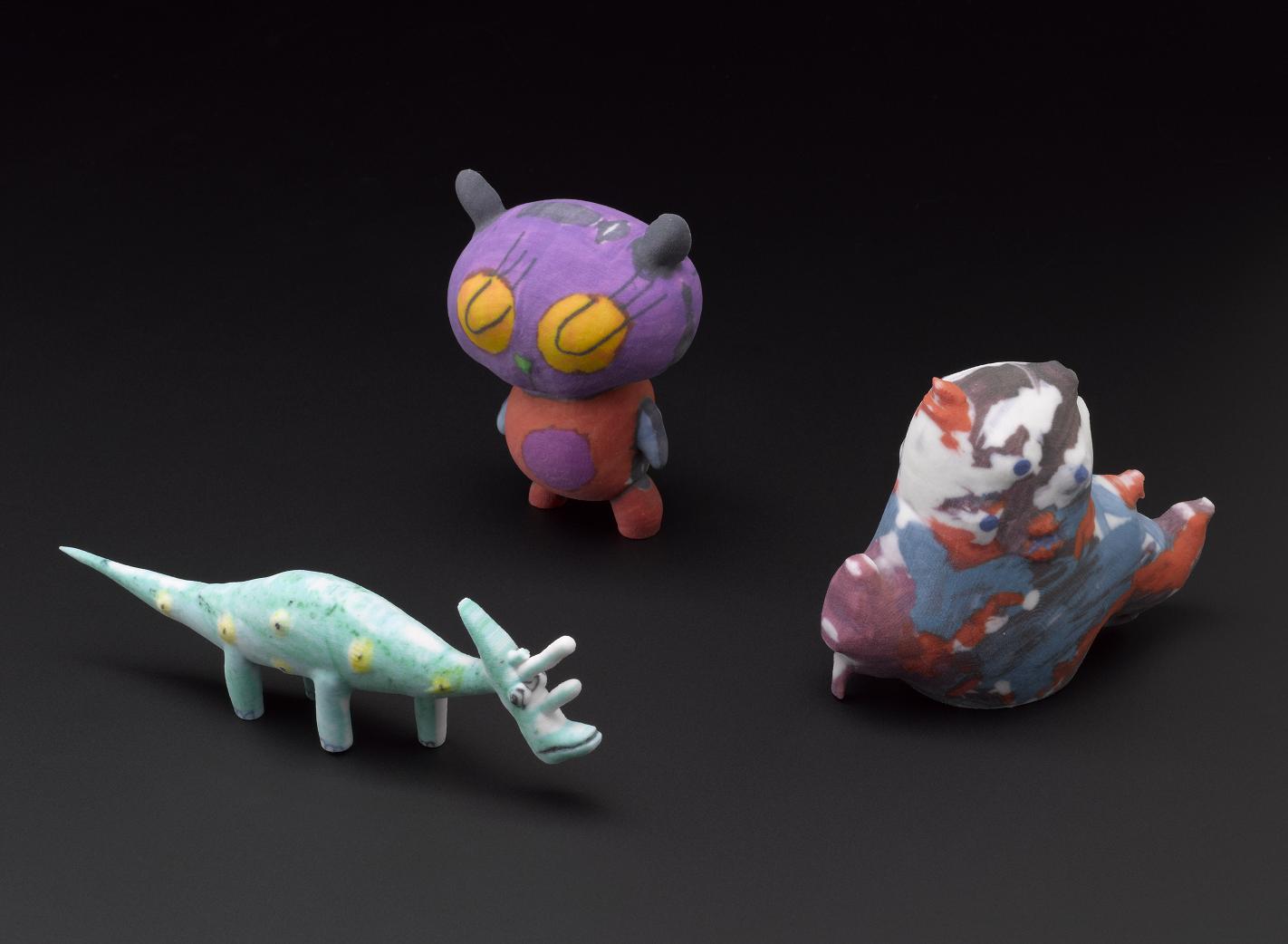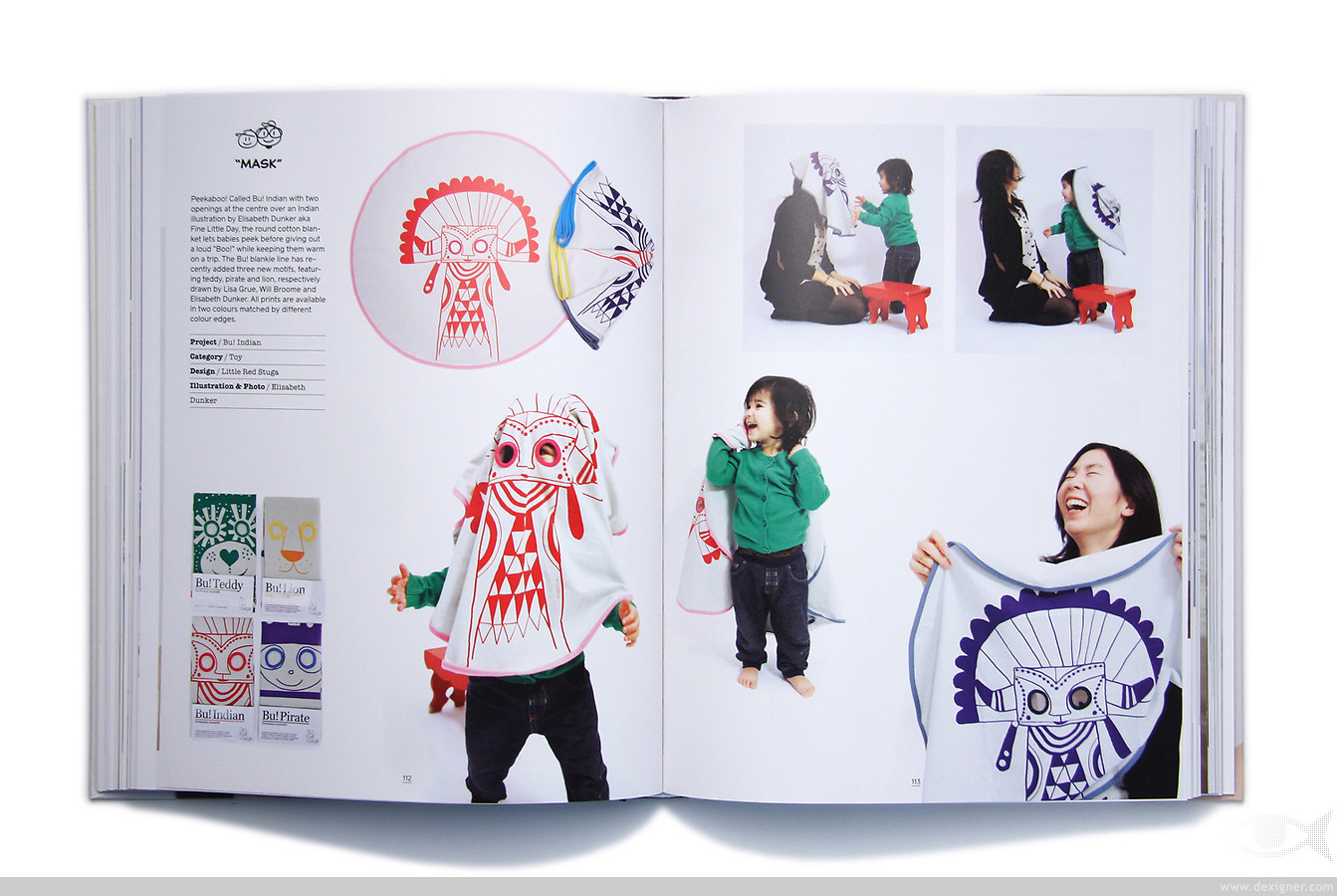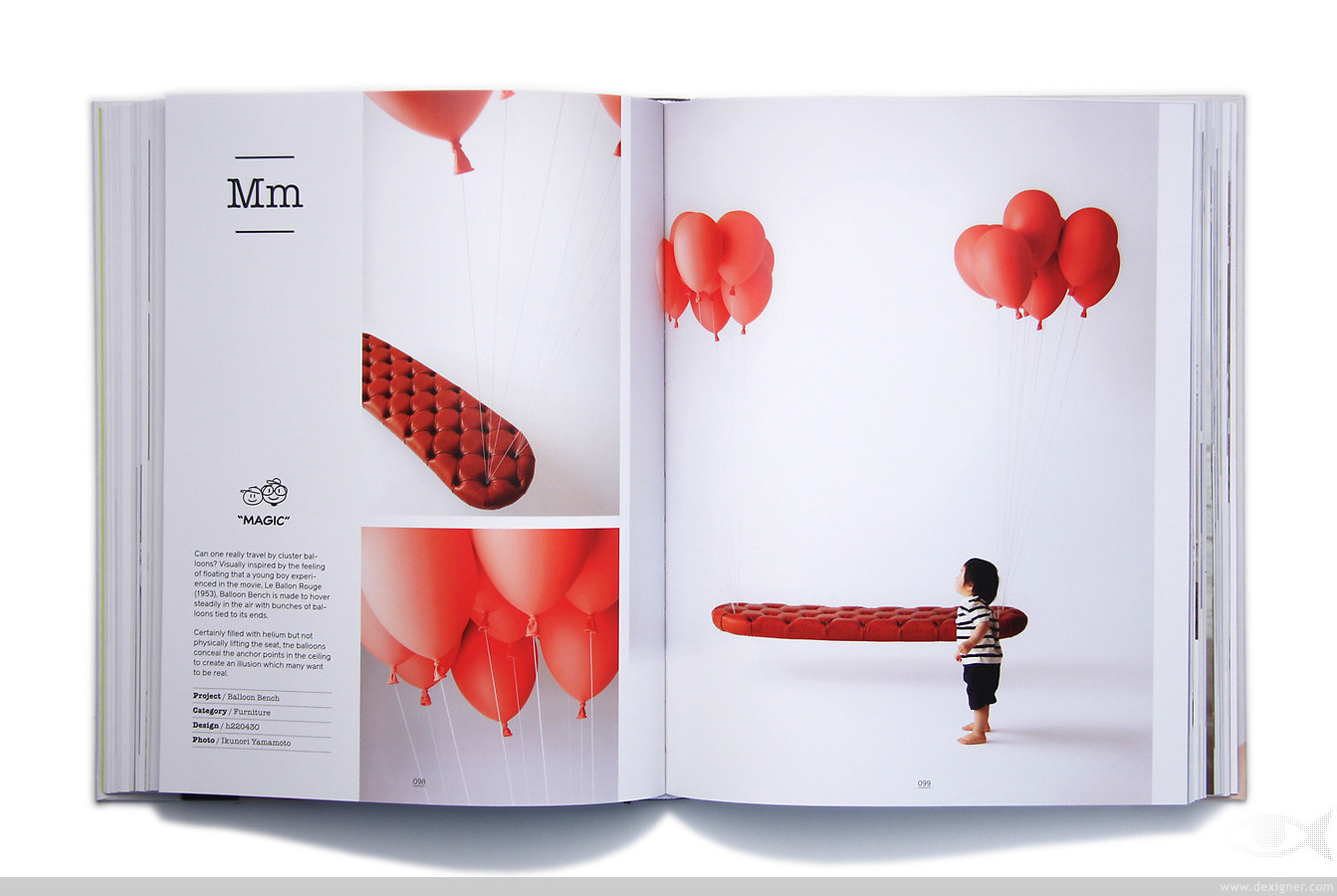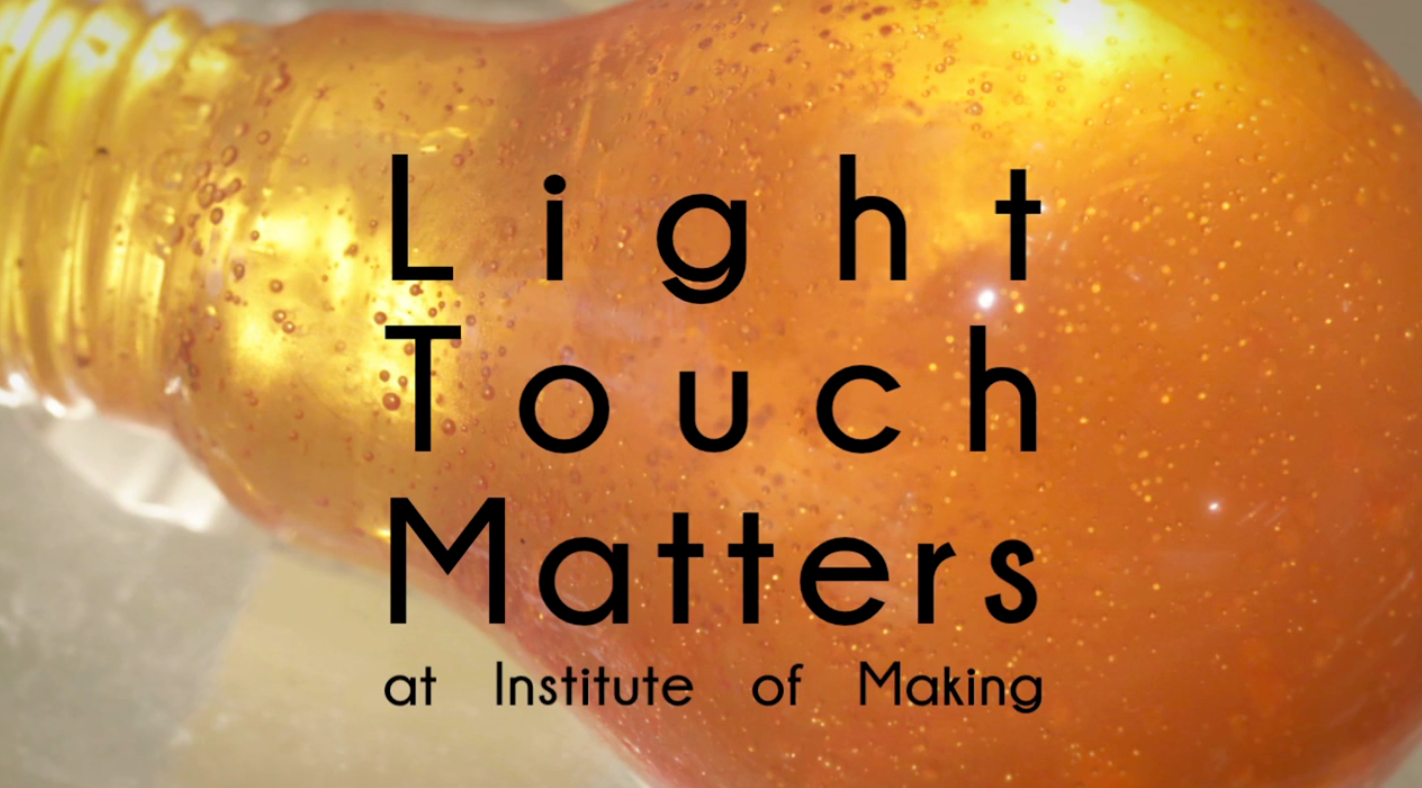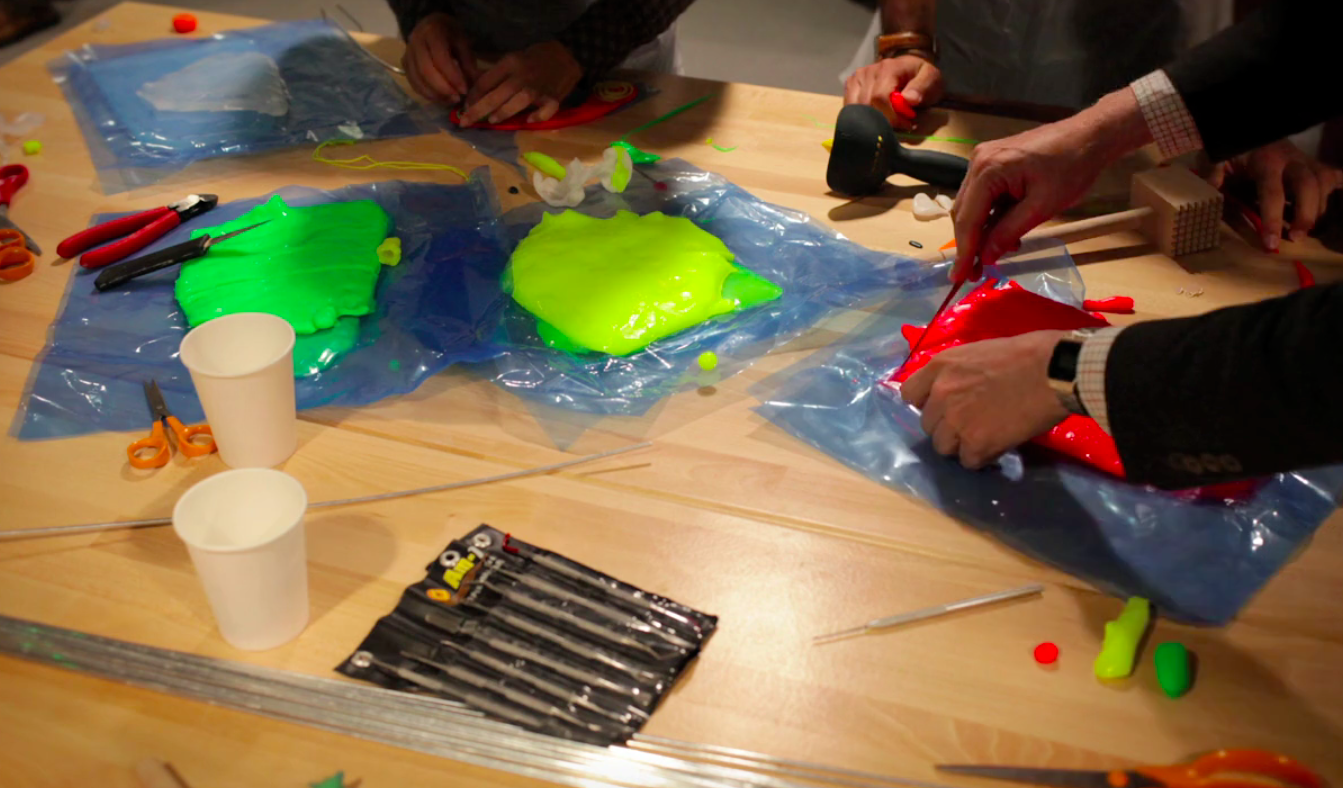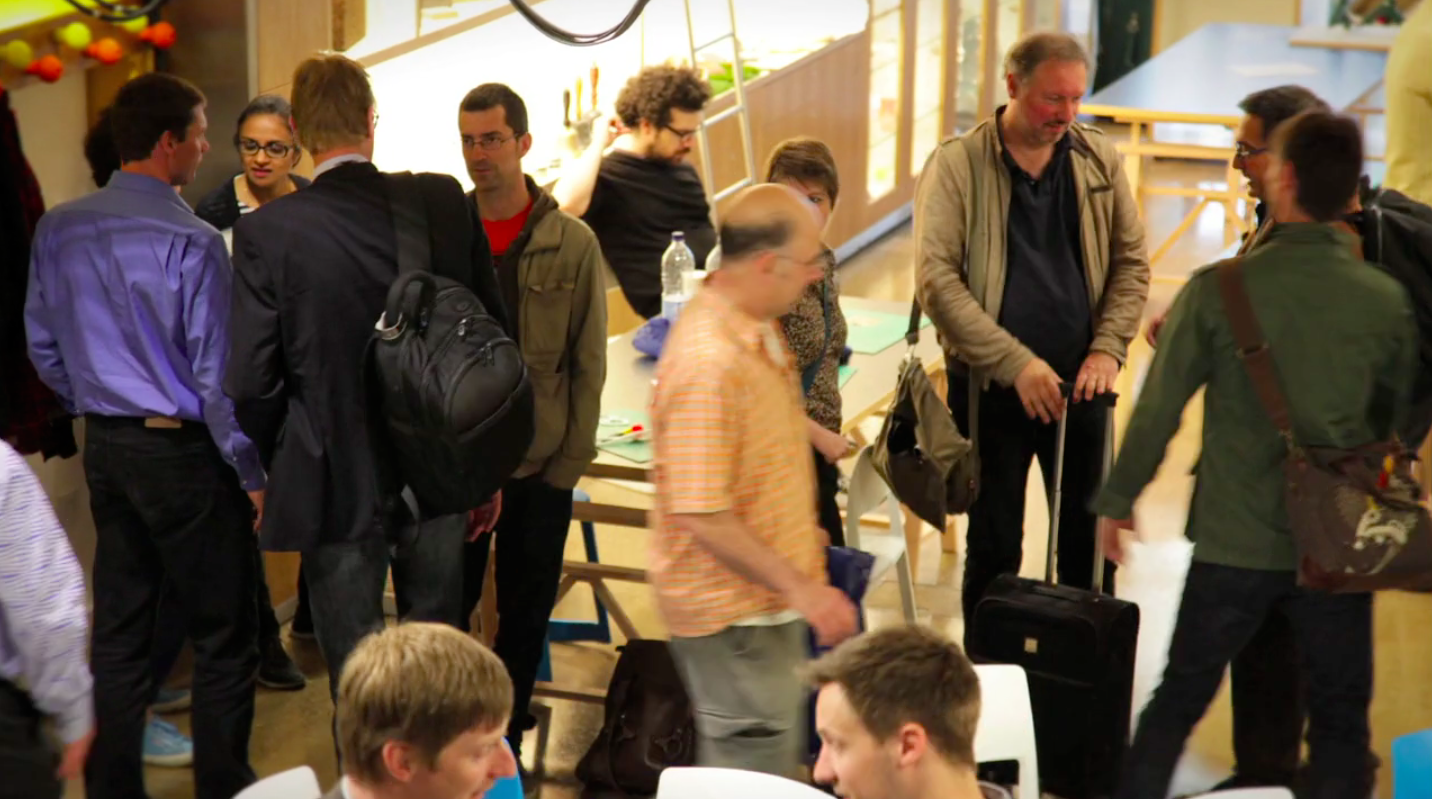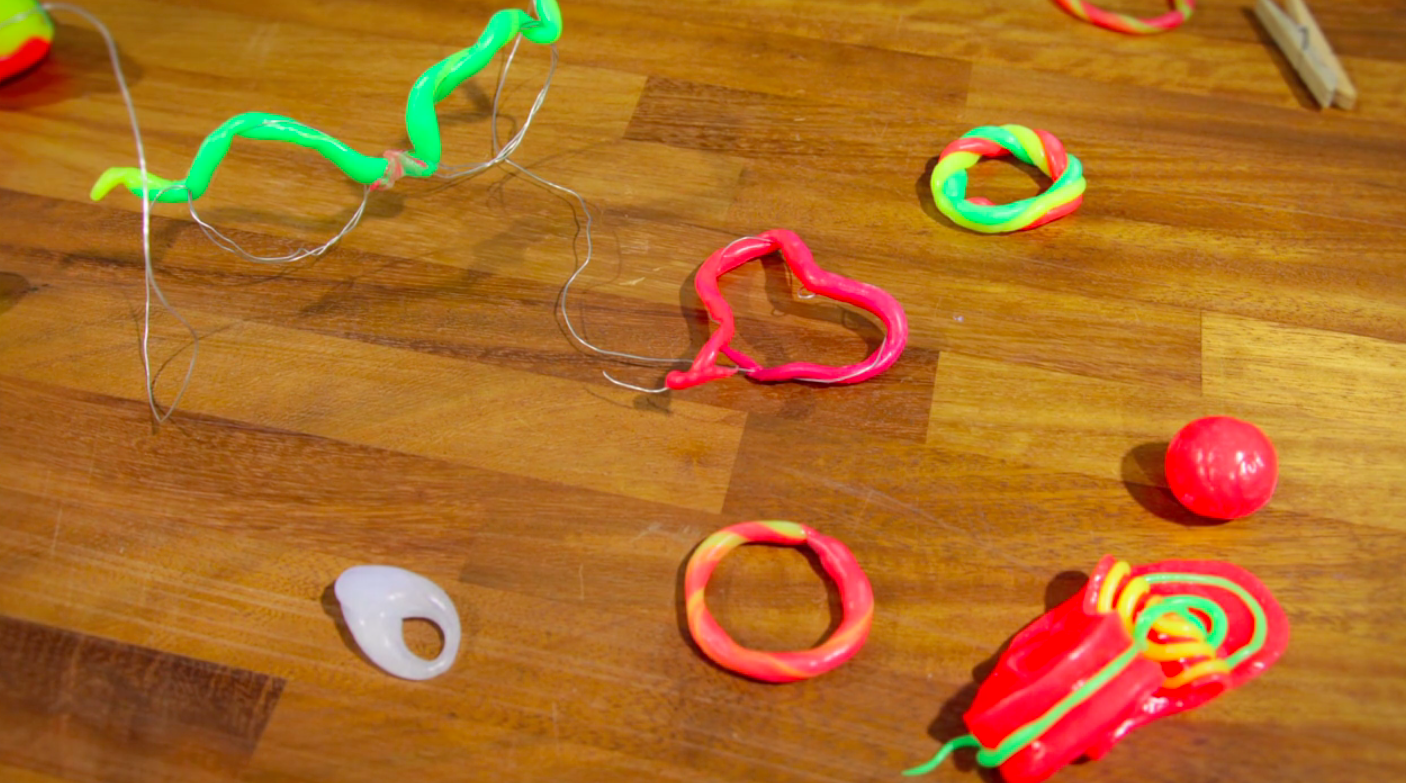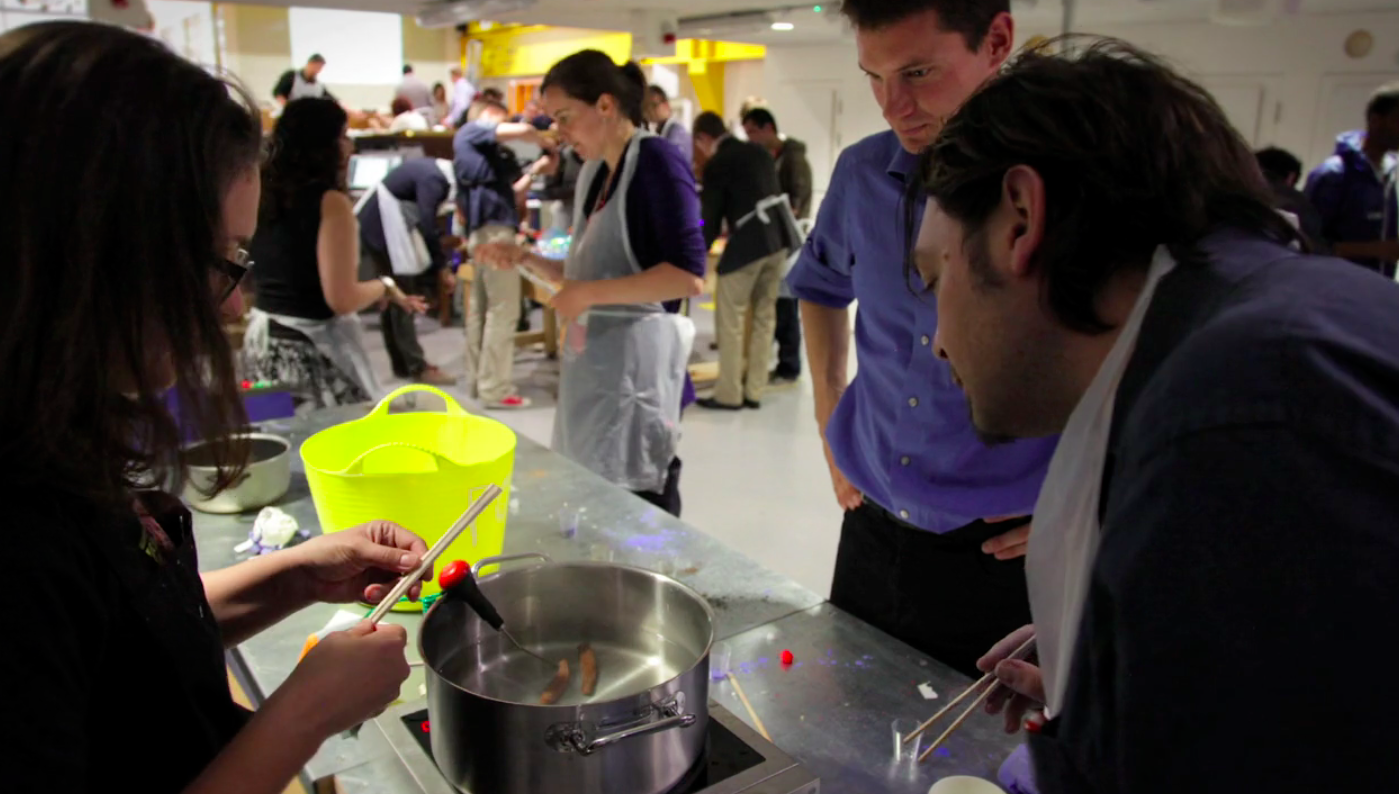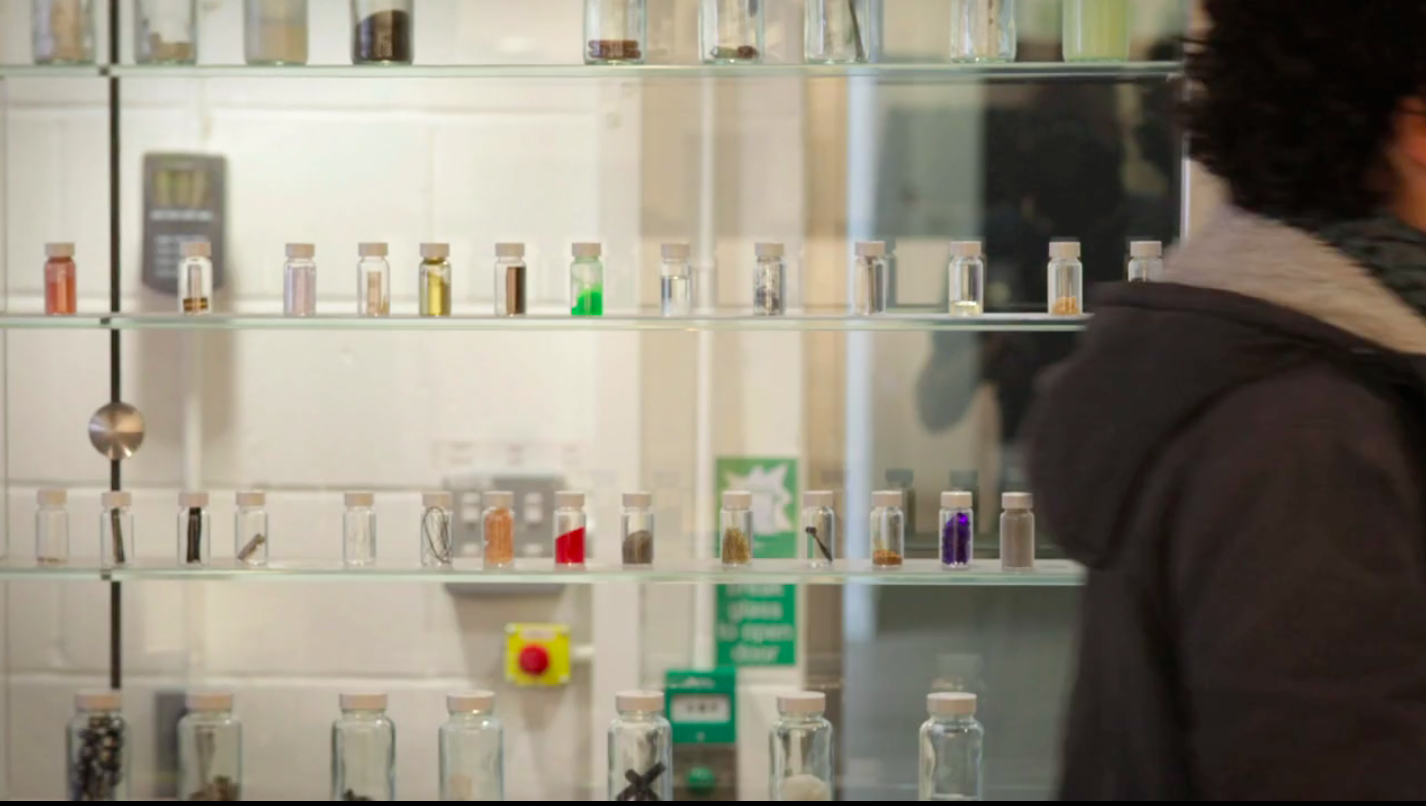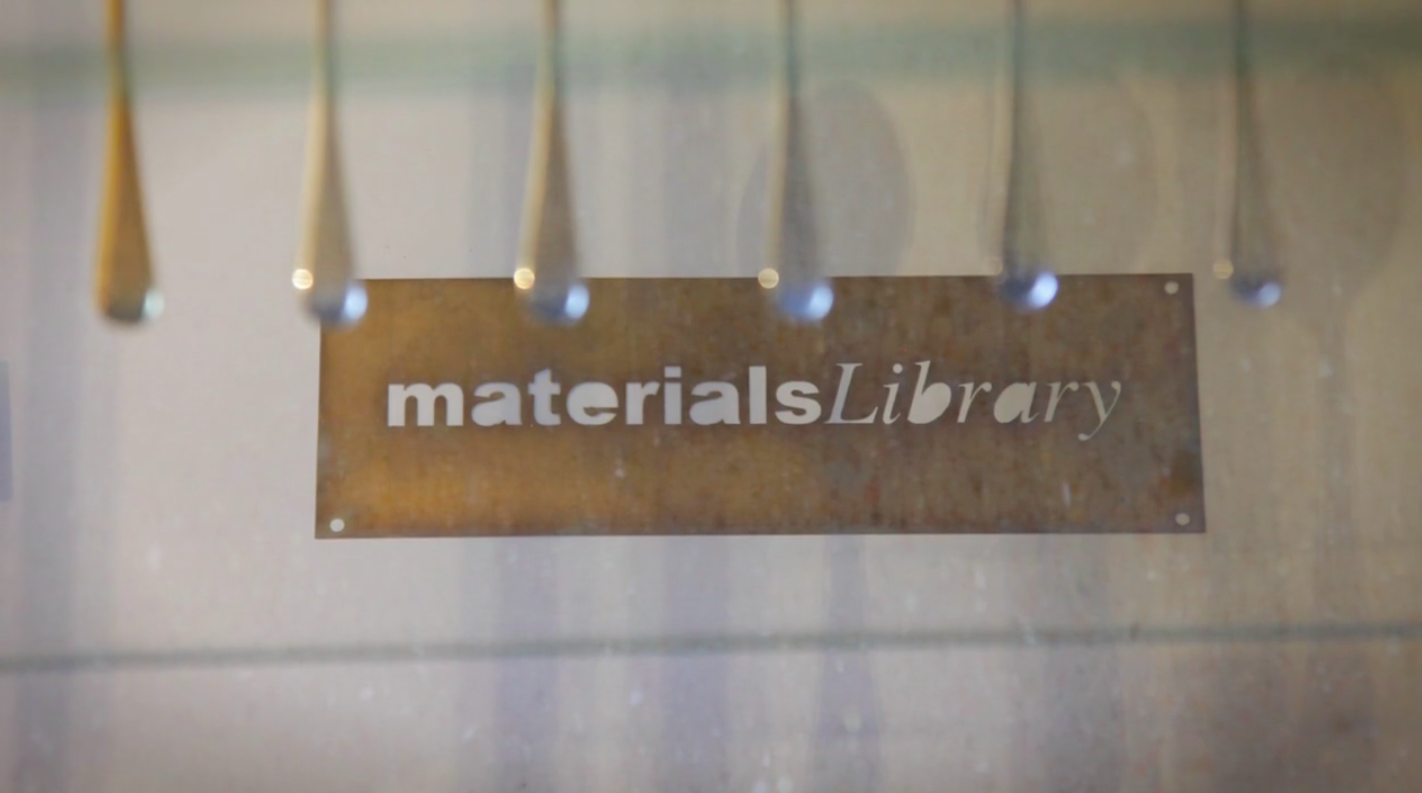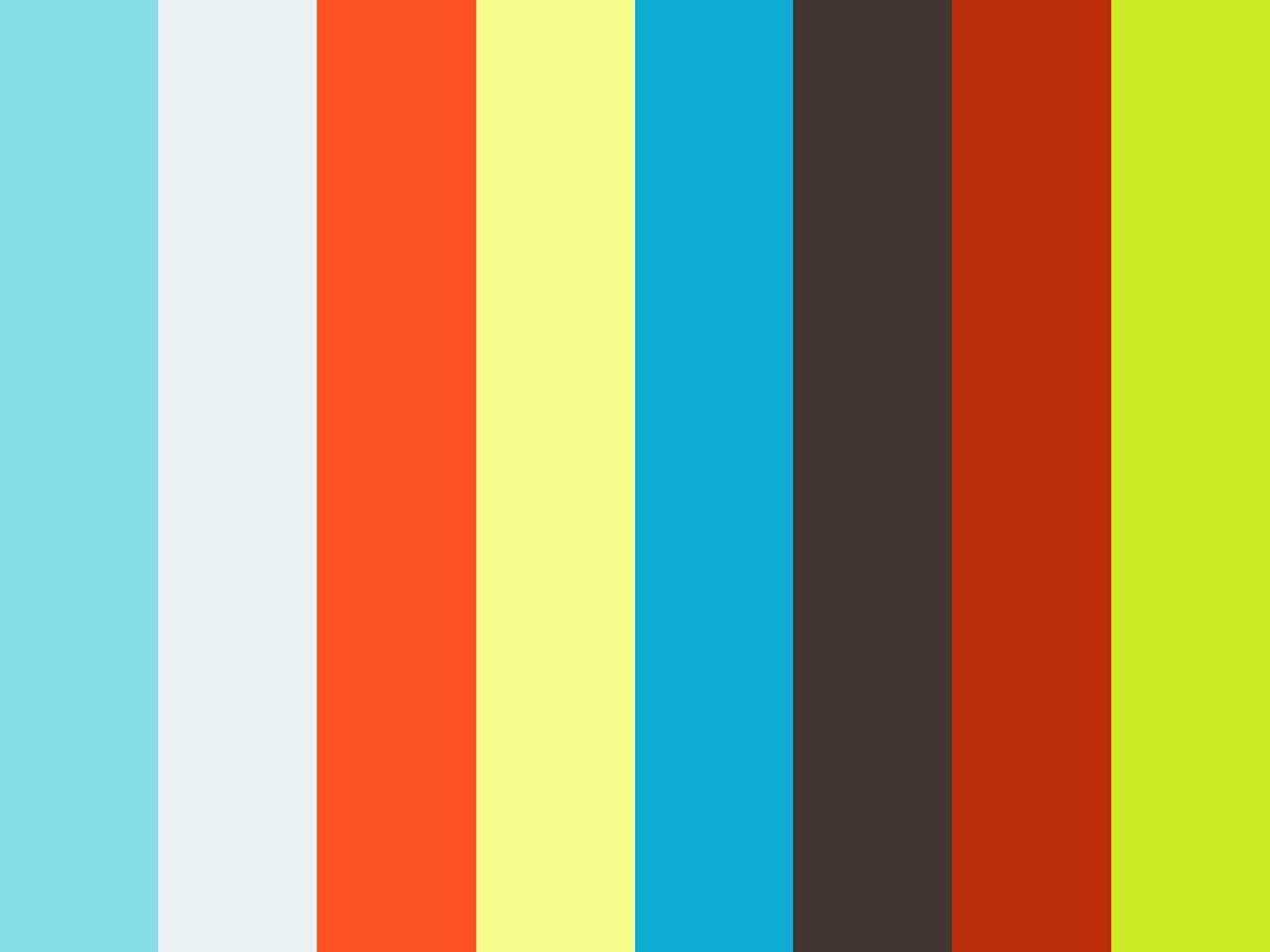My AI
This is a statement of my relationship with AI.
A statement of my relationship with AI, as at April 2024 (I might change my mind at anytime)
extractivism is theftmisrepresentation is violencebias is laziness
There is a difference between Artificial Intelligence technology and Artificial Intelligence companies.
Companies who operate capitalist abusive and exploitive practices are responsible for most of the damages associated with AI.
Datasets can be fair, but costs moreModels can be curated, but might be less profitableAI's output can be monitored, but it is expensive
It is not a technological problem, it is an economical one.
Job replacement is not a problem, service degradation is.
I use Artificial Intelligence tools in my practice, and I use them to understand it, explore and create narratives of resistance. This is not hypocrite, it is a way to use the medium and make it better, in the same way I live in the current economic system while being anticapitalist or I use synthetic clothes while being against fossil fuel abuse.
Currently there are many initiatives to position oneself, globally and professionally.
Some of them are:
I'm currently involved in collaboratively drafting a Creative manifesto for a critical AI future with some other artists in Barcelona
Computer Vision Art Gallery
Some cats in the wild from the C is for CAT 🐈 project are roaming the exhibition for the Computer Vision Art Gallery accompanying the CVPR 2021 Workshop “Ethical Considerations in Creative applications of Computer Vision”
A real pleasure to be next to the great artists in the gallery.
With the growing omnipresence of sensing and acting machines in the world, and the explosion of Artificial Intelligence as an area of research and cultural concern, bringing transdisciplinary perspectives towards Computer Vision is as urgent as ever.
Artistic communities, scientists, and their overlaps, are asking questions about power, surveillance, transhumanism, digital culture and identity. Computer Vision, and its relationship with Image, and Human Vision, makes it a powerful place to inquire into these questions.
This year, the Computer Vision Art Gallery is the largest yet, with 63 pieces from around the world, selected on the basis of technical novelty, aesthetic merit, or conceptual strength. We hope you enjoy the works, and that this archive serves as a snapshot of the culture's grappling with the shifts that machine perception precipitates.
The 2021 CVPR Computer Vision Art Gallery was organized by Luba Elliott and Xavier Snelgrove.
The workshop had some fantastic talks and paper presentations:
THE UNFUNDED
A growing list of deceptions 🤷♂️Projects, Grants and Residencies that I did not get.
A growing list of deceptions 🤷♂️
I will not design a lamp system with AI generated texturesI will not build an VR experience about COVID data literacy and misinformationI will not set up screens around town to display digital artI will not 3D scan dragonsI will not confront yourself with the ephemerality of contemporary visual media.I will not distill the Lowest Common [visual] Denominator of beasts and fire figures.I will not try to visualise the search space of the LHCI will not explore the creation of visual poems in AR for an exhibition spaceI will not build a microbe-friendly spaces in the cityI will not use augmented viewfinders to showcase how stupid mass-tourism isI will not use live-coding to explore the generation and manipulation of moiré patters in the 3D space.I will not explore the territory that is intentionally underserved by ISP's and create hyper-localised large scale AR sculpturesI will not produce thousands of cut-out magnets extracted from common AI datasetsI will not build a camera capable of photographing misleading alternate versions of realityI will not make a calm mesmerising contemplative interactive piece about scales, domains, hosts, guests, symbiosis and parasitism
... but, I will never stop learning and doing what I like. TXTR·LAB / AI generated textures for a unique customizable lighting product / An automated inhouse pattern designer: endless, updatable, trend-teachable.
HELLOPALEO / About the ephemerality of contemporary visual media. / An installation to mirror reality as cave paintings.
more·moire / live coding + sculptural projection
AAD / Bringing digital art creations to the daily urban environment: markets, bus stops, libraries…
An open hardware display that features local digital artists.
RIDE19 / A tangible experience of COVID data literacy and misinformation
A rideable 1:1 scale rollercoaster that follows the path of the covid cases to date.
Built as an interactive digital artwork in a 3D environment.
BÈST#IA / “Visions hipotètiques del bestiari festiu popular.”
Distilling the Lowest Common [visual] Denominator of beasts and fire figures used in popular culture festivities in BCN.
TANGIBLE SEARCH / Making tangible the beauty and vastness of the Large Hadron Collider search-space
FOCd’APROP / capturing 3D data and releasing it as digital public commons for its use as assets for the creative industries.
RAU / Exploring private public spaces.
Creating volumetric visual poems around the city to be experienced as augmented photography tours.
micro-illa / A prototype to invite microbiota back into urban design by building artefacts for the citizens to interact and get to know the fellow non-human inhabitants of our built environment.
[00] / An interactive artefact shaped as a classic viewfinders that showcases the best side of sustainable tourism in the worst pain-points of the “sun and sea” experience journey.
more-moiré / A volumetric installation of live-generated patterns projected to a structure to create moiré effects.
Using live-coding to explore the generation and manipulation of moiré patters in the 3D space. (real or virtual).
Synthetic Vocabulary / An interactive installation made with extracted imagery from common AI datasets. A huge collection of cut-out magnets placed in a metallic wall for visitors to rearrange con construct meaning. A staging of the simplification and homogenisation of visual culture spit by algorithms.
DeepCam / A physical Photo Camera hyper-powered with AI vision and generative algorithms capable of photographing misleading alternate versions of reality. The project is a commentary on Computational Photography, Synthetic Media and Media Forensics, and how much AI intervention and manipulation is currently happening without the user's knowledge in the process of taking a photo.
MODEL / A calm mesmerising contemplative artwork about scales, domains, hosts, guests, symbiosis and parasitism.
medium: interactive 3D renderweb-app prototype mouse wheel/pinch= zoomclick/tap + drag / arrow keys = rotate
machine learning for designers
A list of resources and projects that should be helpful and inspiring to any creator, designer or artist getting started playing with Machine Learning tools.
Hi, this is an open invitation to design schools, art centres and creative education institutions to create a workshop, event, sessions or courses on Machine Learning tools for creatives. Contact, and start a conversation.
You should play with AI, and get familiar with its role in today's way of making and consuming media, shaping our environment and behaviour.
Machine learning tools are essential and powerful for any creative field; from fashion to cinema, from graphic design to sculpture.
let's build something; either a one day intro session, a week-long workshop or a full course.
To have a practical hands-on experience with MachineLearning tools in the creative practice, or to explore conceptual applications of MachineLearning in the creative field.
key concepts to learn/discuss/play: AI literacy / Dataset Bias / AI ethics
AI changes how we create, redefines the role and the tools of the artist and designers.
Synthetic media with machine learning advances at high speed:
from 128x128 pixels images in 2014, -> to full HD detailed images in 2018
From lab to laptop: The time from a research paper is published until it is available as a production tool is shortening.
from Neural StyleTransfer research paper, -> to photoshop effects.
Automating specialized tasks: Background removal
Sessions
Here is a list of resources and projects that should be helpful and inspiring to any creator, designer or artist getting started playing with Machine Learning tools.
Initially compiled for a workshop given at MASSANA Art and Design Center, now this page serves as a repository of concepts, tools and future courses ideas.
Why does it matter?
A preface exercise: With the tools you know and master (photoshop, illustrator, drawing, photography, creative coding…), how would you achieve the following?
Think about the exact steps that you’d take to do this 4 assignments:
With Machine Learning tools, those 4 tasks can be performed automatically.
Tasks like segmentation, object detection, style transfer or image generation are not expensive anymore, allowing the creatives to explore wider..
Now, try this
Key concepts, tools and lectures
ml4a a collection of free educational resources devoted to machine learning for artists. / by Gene Kogan
AI/Machine Learning moments
What is a cat?
What neural networks see
ConvNet Playground An Interactive Visualization Tool for Exploring Convolutional Neural Networks / intro
Empathy with the machine
Name one thing in this photo
Tools & Models
Equipment needed too run ML tools
1) Have your own machine (preferably a linux) with a decent NVIDIA GPU
2) Rent a remote machine by the hours.
3) Run models at Google Colab
Here a list of some Colab Notebooks to experiment with Machine Learning models.
DeepDream by Alexander Mordvintsev
StyleGAN2 by Mikael Christensen
Neural Style Transfer by Titu1994
Ken Burns Effect by Manuel Romero
BigGan by Tensorflow
First Order Motion by Aliaksandr Siarohin
Explore other repositories of Colab Notebooks here and here.
4) use some of the existing tools on the web that are powered by machine learning
5) Use a all-in-one software, like Runway.
Projects & examples
Feeding the bots
Machines learn from datasets, those datasets are key to define the model’s output.
If you want to train a model, you need a dataset. you can either use an existing one, or build your own.
Polular image datasets:
like COCO Common Objects in Context.
FFHQ a high-quality image dataset of human faces.
ImageNET, an image database organized according to the WordNet hierarchy
Here is a list of interesting image datasets.
Wikipedia and public domain repositories like natural history illustrations are a good source of content.
For custom image datasets, the easiest approach is to use a browser’s extension to download images.
There are some tools that will help you download images from Google, Bing or Instagram.
Once you gathered the data, it needs to be curated for the model that you want to use it with.
First remove errors (images that do not belong to the concept you are trying to transfer to the machine),
Remove duplicates (dupeGuru is a good desktop tool),
Crop to the requested size by the model
If your dataset is smaller than what you need, you can try to augment it by re-cropping and rotating the images to have larger dataset.
Ethics & Bias
Awful AI is a curated list to track current scary usages of AI - hoping to raise awareness to its misuses in society.
Discrimination
Racist Chat Bots - Microsoft chatbot called Tay spent a day learning from Twitter and began spouting antisemitic messages.
Sexist Recruiting - AI-based recruiting tools such as HireVue or an Amazon internal software, scans various features such as video or voice data of job applicants and their CVs in order to tell whether they're worth hiring. In the case of Amazon, the algorithm quickly taught itself to prefer male candidates over female ones, penalizing CVs that included the word "women's," such as "women's chess club captain." It also reportedly downgraded graduates of two all-women's colleges. [summary][Post article about HireVue]
Influencing, disinformation, and fakes
Deep Fakes - Deep Fakes is an artificial intelligence-based human image synthesis technique. It is used to combine and superimpose existing images and videos onto source images or videos. Deepfakes may be used to create fake celebrity pornographic videos and revenge porn or scam businesses [CNN Interactive Report][Deep Nudes]
Fake News Bots - Automated accounts are being programmed to spread fake news. In recent times, fake news has been used to manipulate stock markets, make people choose dangerous health-care options, and manipulate elections, including the 2016 US presidential election. [summary][NYT Article]
Attention Engineering - From Facebook notifications to Snapstreaks to YouTube auto plays, they're all competing for one thing: your attention. Companies prey on our psychology for their own profit.
Surveillance
Predicting Mass Protests - The US Pentagon funds and uses technologies such as social media surveillance and satellite imagery to forecast civil disobedience and infer location of protesters via their social networks around the world. There are indications that this technology is increasingly used to target Anti-Trump protests, leftwing groups and activists of color.
Palantir - A billion-dollar startup that focuses on predictive policies, intelligence and ai-powered military defense systems. [summary]
Censorship - WeChat, a messaging app used by millions of people in China, uses automatic analysis to censor text and images within private messaging in real-time. Using optical character recognition, the images are examined for harmful content — including anything about international or domestic politics deemed undesirable by the Chinese Communist Party. It’s a self-reinforcing system that’s growing with every image sent. [research summary]
Social credit systems
Social Credit System - Using a secret algorithm, Sesame credit constantly scores people from 350 to 950, and its ratings are based on factors including considerations of “interpersonal relationships” and consumer habits. [summary][Foreign Correspondent (video)][travel ban]
Health Insurance Credit System - Health insurance companies such as Vitality offer deals based on access to data from fitness trackers. However, they also can charge more and even remove access to important medical devices if patients are determined to be non compliant to unfair pricing. [ProPublica]
Contestational research
Research to create a less awful and more privacy-preserving AI
Differential Privacy - A formal definition of privacy that allows us to make theoretical guarantees on data breaches. AI algorithms can be trained to be differentially private. [original paper]
Fair Machine Learning & Algorithm Bias - A subfield in AI that investigates different fairness criteria and algorithm bias. A recent best paper (in ICLR18), e.g. shows that implementing specific criteria can have a delayed impact on fairness.
Contestational tech projects
These open source projects try to spur discourse, offer protection or awareness to awful AI
AdNauseam - AdNauseam is a lightweight browser extension to fight back against tracking by advertising networks. It works like an ad-blocker (it is built atop uBlock-Origin) to silently simulate clicks on each blocked ad, confusing trackers as to one's real interests. [code]
TrackMeNot - TrackMeNot is a browser extension (Chrome, Firefox) that helps protect your online searches by creating fake search queries. This creates noise in data that makes it harder to track and profile user behaviour. [code]
Visit Awful AI for the extended list.
Datasets & Face Recognition
MegaPixels is an art and research publication investigating the ethics, origins, and individual privacy implications of face recognition datasets created "in the wild.
One of the 11,917 images in the Brainwash dataset captured from the Brainwash Cafe in San Francisco
AI Fails
What happens when AI fails on the systems powering healthcare, finances or predpol?
Tutorial - Photogrammetry for 3D Printing
In this intermediate to advanced tutorial, we’ll show you how to use any phone with a camera to scan real-world objects.
Guest tutorial @ Shapeways
What is photogrammetry?
Photogrammetry is the science of making measurements from photographs, especially for recovering the exact positions of surface points.
There are plenty of software solutions to achieve this, each of them targeted to specific industries who use this technology to scan objects, places and environments.
*A good place to start is:
wikipedia: https://en.wikipedia.org/wiki/Photogrammetry
Tutorials: https://medium.com/realities-io/getting-started-with-photogrammetry-d0a6ee40cb72
Models: check some models made with photogrammetry here: https://sketchfab.com/search?q=photogrammetry
What is the equipment you will need?
To start with photogrammetry you’ll first need a set of photos that describe the object form as many angles as possible, and a powerful software to process them into a valid 3D model.
Digital Camera
You can use your phone, no need to go out and purchase an expensive camera.
Photogrammetry software
Free: 3DF Zephir: Windows
Paid: Autodesk ReCap Photo: Windows
Paid: Agisoft Photoscan: Windows, Mac, Linux
RealityCapture: Windows
Open Source:Regard 3D: Windows, Mac
Mesh Editing software
3D Modeling Software
Tinkercad is great for beginners.
I personally used a cellphone to take the photos, and Autodesk’s Recap to build the 3D model.
The mesh editing (scan clean-up) was done with MeshLab and Meshmixer.
The design was made in Rhinoceros 3D.
Steps & Tips
Step 1: Select Your Texture or Object
In order to begin, select the object, texture, or pattern you would like replicate and use to create your ring. I choose a tree within the French Pyrenees.
It is best to avoid shiny or transparent objects as they are difficult to capture.
Step 2: Take Images of Your Texture or Object
To begin you will need a set of photos of the object to process them into a valid 3D model.
Using a digital camera (your phone will work), take images of the object. Make sure to get all angles of the object from the same or close to the same distance. Bernat went around the object 3 times (one at eye-level, one looking up, and one looking down) in order to ensure that every angle was captured. In total, Bernat took 56 photos at 2049 × 1537 pixels. You do not need this exact amount but it is helpful to understand that the more photos you have, the more data you have to work with.
Note: It is important to have consistent lighting conditions while you are shooting your object. If you are outside, it is best to shoot the images on a cloudy day to avoid shadows. If you are inside, bright lighting is necessary to receive the clearest photos with the most data. Do not edit the photos, as they should contain the EXIF data for better processing (lens used, shutter speed, etc).
Step 3: Upload and Process Photos
Upload your photos to the photogrammetry software you selected above. Bernat used Autodesk’s RecapPhoto and processed the 56 tree images he took. For the photogrammetry software you selected, follow its instructions on processing and stitching your photos. This can take anywhere from a few minutes to a few hours depending on the settings and photos you have chosen.
Step 4: Clean Up & Cut Mesh
The mesh that was then revealed was larger than necessary and contained more data than for the object he was looking to create, including nearby trees and buildings. Bernat went ahead and cleaned the mesh using MeshLab. He selected the bark and tree he wanted to keep for his design and deleted the rest of the scan data.
The bark was now isolated and could be cut and brought to scale. You can then download the file from MeshLab and import the design into MeshMixer. From there use the PlaneCut tool to trim the mesh to the desired thickness.
Step 5: Create a Mesh Solid
This can be done with another modeling software of your choice. Bernat used Rhino to turn the surface into a solid, using the Mesh command. Once the design has been turned into a solid, you can then edit the design to create a ring. Cut a hole from the center of the solid and fillet the interior edges.
HP Multi Jet Fusion - #HPVoxel
I'm happy to see the mediterranea lampshade printed in HP's MultiJetFusion 👍
I'm happy to see the mediterranea lampshade 3D-printed in HP's MultiJetFusion 👍
On May 17, 2016 HP Inc. unveiled the world's first production-ready commercial 3D printing system, sparking a reinvention in design, prototyping and manufacturing. The first commercial 3D printing solution based on an open platform, the HP Jet Fusion 3D Printing Solution will create the highest quality physical parts, produce parts up to 10 times faster, and at half the cost of current 3D print systems.
Ceramic Event VII - Brussels
The One Coffee Cup a Day project exhibited at the Ceramic Event VII in Brussels alongside with a fantastic collection of contemporary ceramic artworks by worldwide artists.
The One Coffee Cup a Day project exhibited at the Ceramic Event VII in Brussels alongside with a fantastic collection of contemporary ceramic artworks by worldwide artists.
An event organised by Les Ateliers Galerie de l'Ô.
Cunicode was invited by the Musée de la Céramique Andenne, and the pieces were manufactured by i.Materialise
CrayonCreatures at Museu del Disseny | Barcelona
The CrayonCreatures project is part of the "Design for life. 99 projects for the real world" exhibition at the Museu del Disseny de Barcelona.
The CrayonCreatures project is part of the "Design for life. 99 projects for the real world" exhibition at the Museu del Disseny de Barcelona.
And I had the chance to present the project to the audience as part of the Talks organized within the exhibition activities.
"Design is an activity that has become fully part of our lives. We live in a world that is shaped largely by human effort and in which design is so present that it often becomes invisible until it ceases to work. However, design enables us to constantly, consistently, solve problems that generate great social impact. In this show, we focus on design that is expressly aimed at improving the lives of the users it is intended for, the environment in which it operates and the society to which it belongs. To demonstrate the key role that design can play in providing solutions to everyday problems of different types, improving the welfare of citizens, both in our immediate context and in more distant geographical regions. CURATOR Oscar Guayabero"
Museu del Disseny | Barcelona
cunicode & Uformit - personalized design
cunicode collaborates with Uformit to design unique pieces for their platform.
Uformit is an online marketplace and platform for personalized design.
cunicode collaborates with Uformit to design unique pieces for their platform.
Uformit is an online marketplace and platform for personalized design.
Uformit is powered by Uformia's geometric kernel, developed specifically focusing on 3D printing and additive manufacturing technologies.
For a designer, the power behind Uformit is that you can easily turn your pieces into fully dynamic, interactive and personalized online design apps in a few clicks.
The designs are made in Rhino3D, using Uformia's Symvol plugin.
The first product cunicode launched on Uformit is the Polar Pendant, a geometrically beautiful and unique piece created by two toruses twirling in the void.
Here some interesting iterations of the same design: Simple / Complex
Uformit welcomes designers to join their platform,
please contact me if interested.
3D Printing Map | Spain
A collaborative map to track the 3D Printing resources in Spain.
A collaborative map to keep track of all the places, projects and people doing interesting things with 3D Printing in Spain.
+ Add a listing here: http://bit.ly/3DPrint_map_es_add
Already included the main players in Barcelona/Catalunya from the Fab@BCN publication ("Qui és qui en la Fabricació Digital a Barcelona? 1 | 2 | 3"); and the Directori-3DP list build by Pere Losantos.
Built with: Google Maps / Forms / Spreadsheets / FusionTables
Trophy Design | Premis Butaca
3D Printed trophy for 20th edition of Premis Butaca Awards
To celebrate the 20th edition of "Premis Butaca" (an annual theater award in Barcelona), cunicode partnered with TallerEstudi to revisit their iconic armchair-shaped trophy.
During the last seven years, contemporary ceramist Martií Baltà has produced the trophy in ceramics.
For the 2014 edition we 3D scanned the original piece and then digitally edited into a wireframe to be 3D printed in nylon with SLS.
The scan was done initially with a Kinect RGBDepth sensor using the ReconstructMe software (but it didn't' work), then we tried using Autodesk's 123D.Catch (which also failed), and finally we successfully used the Structure sensor. [borrowed by FabCafeBCN].
Clay model | captured with photogrammetry
The scan was done in two pieces that were then joined using MeshLab's fantastic "Scan Alignment" feature. The wireframe thickening was done with MeshMixer.
The pieces were then dyed in bright red, and mounted into a black lacquer wood base.
A total of 27 pieces were produced and awarded.
SLS / Red
Designed by Bernat Cuni and Martí Baltà.
3D Printed by Fundacio CIM | using their online platform OBDEA
Talk | Inside 3D Printing Conference | Hong Kong
Cunicode was invited at the first 3D Printing Conference in Hong Kong, where I shared some thoughts on how 3D Printing is changing the design industry.
Cunicode was invited at the first 3D Printing Conference in Hong Kong, where I shared some thoughts on how 3D Printing is changing the design industry.
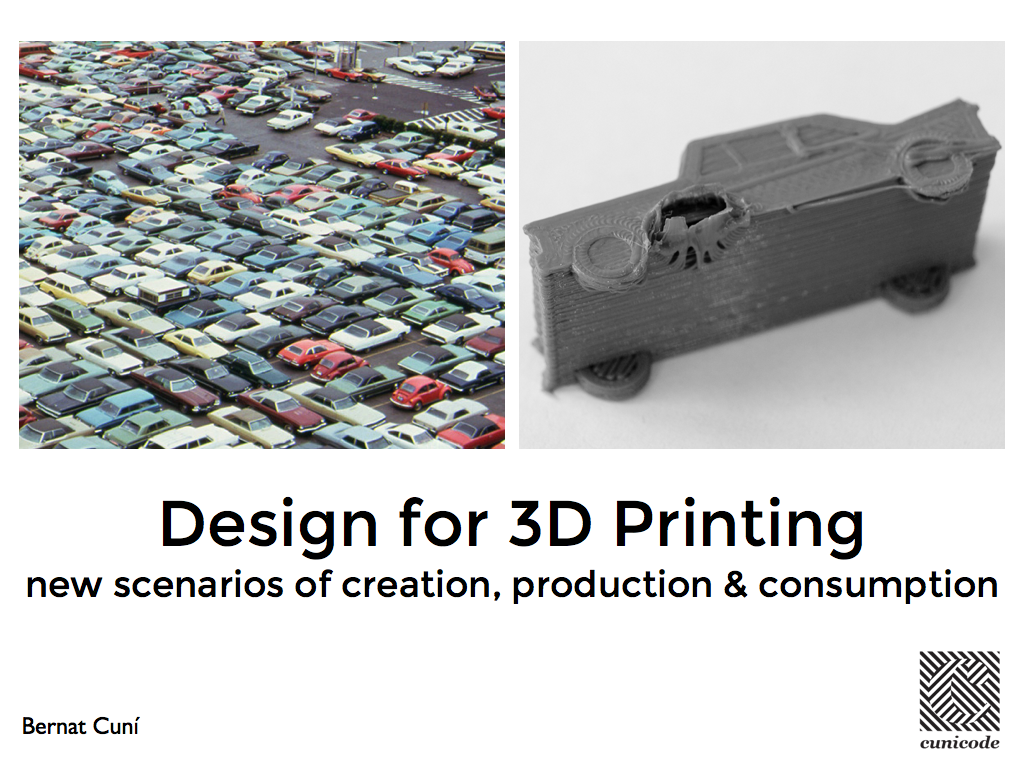
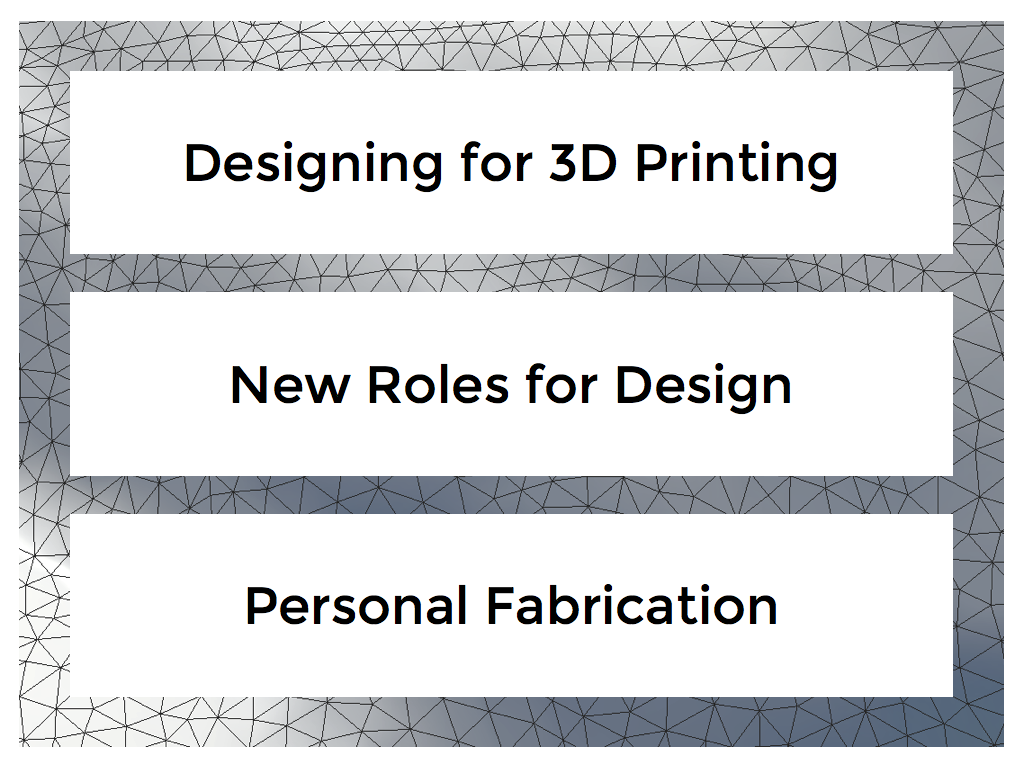
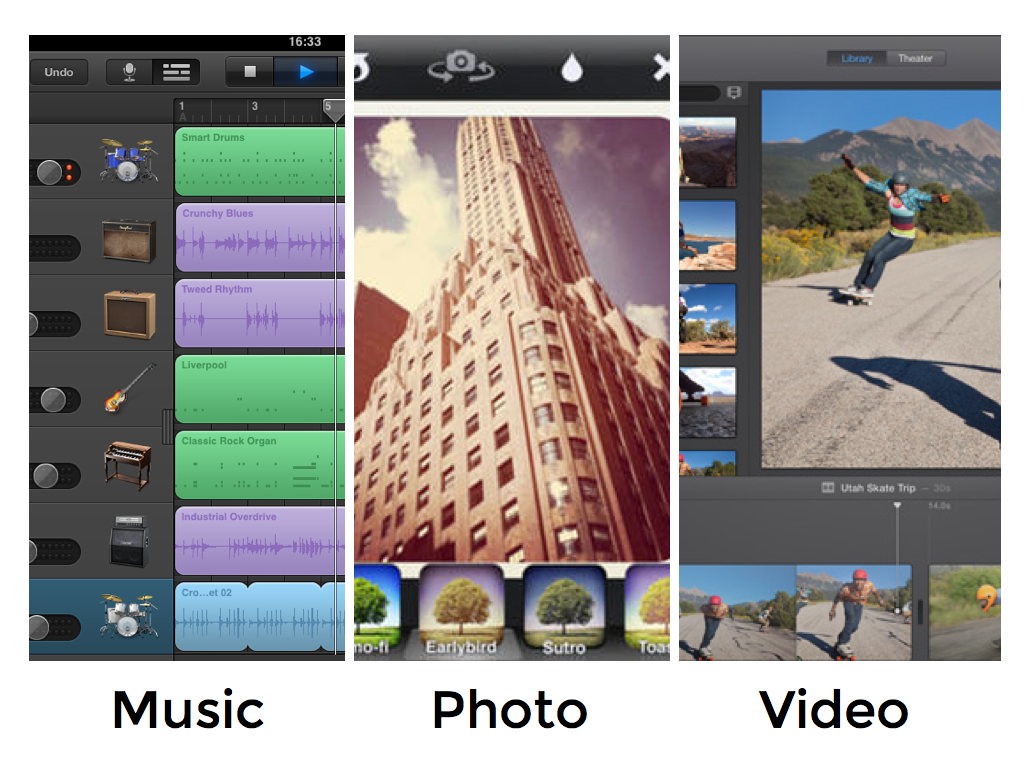
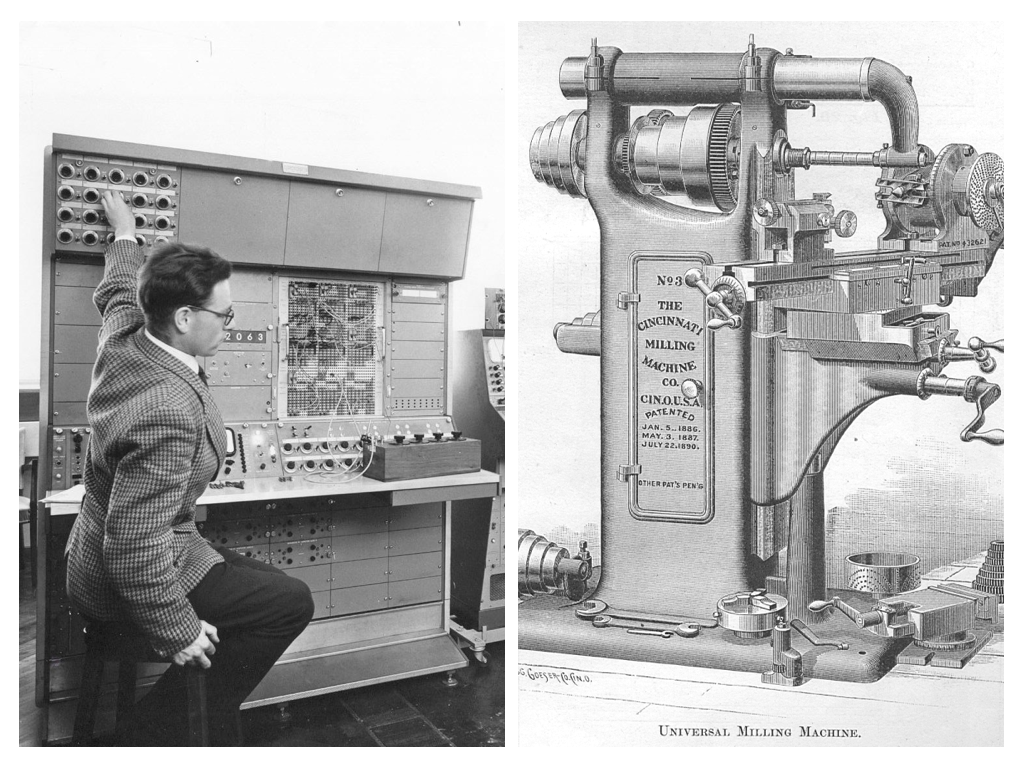


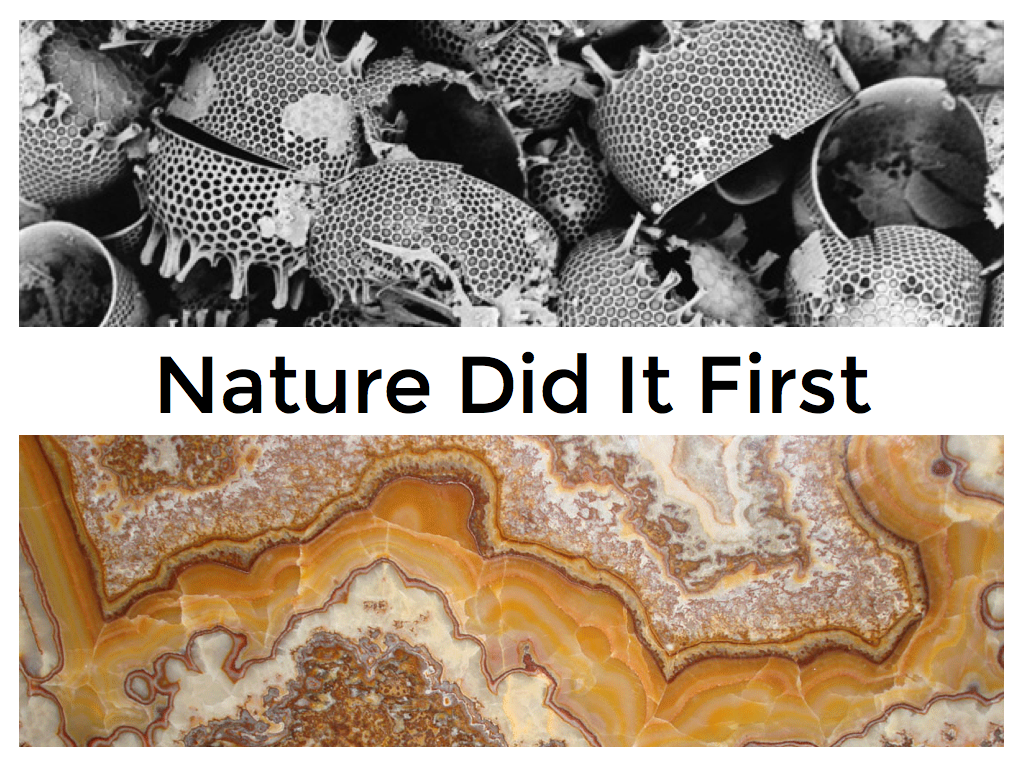
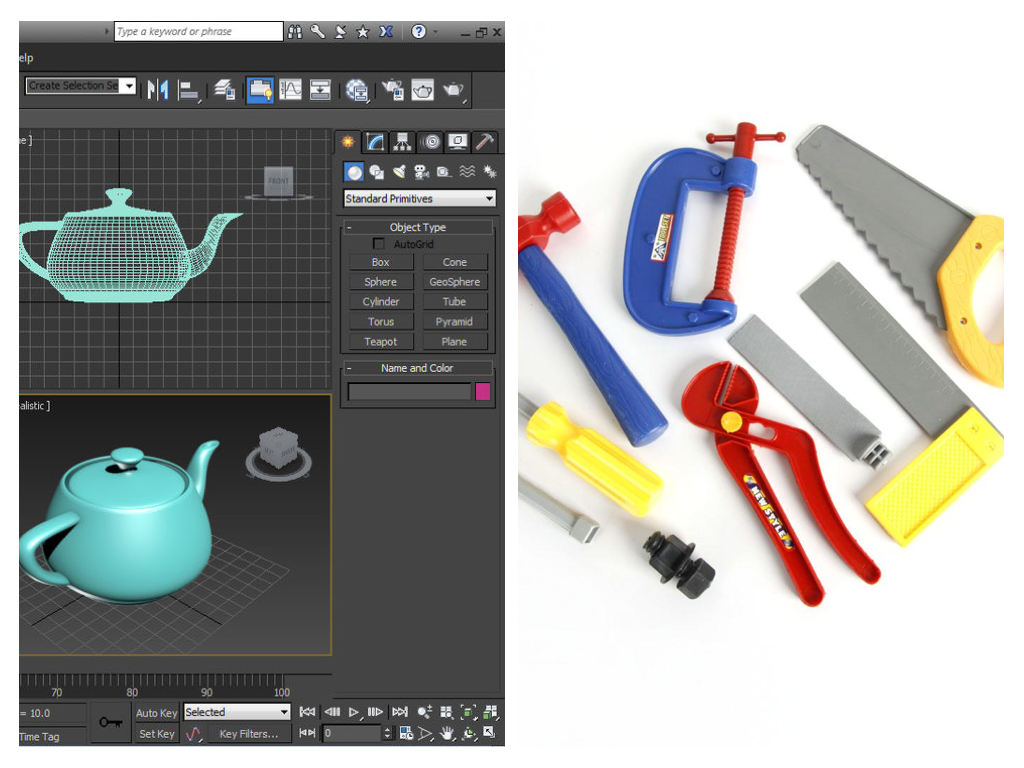


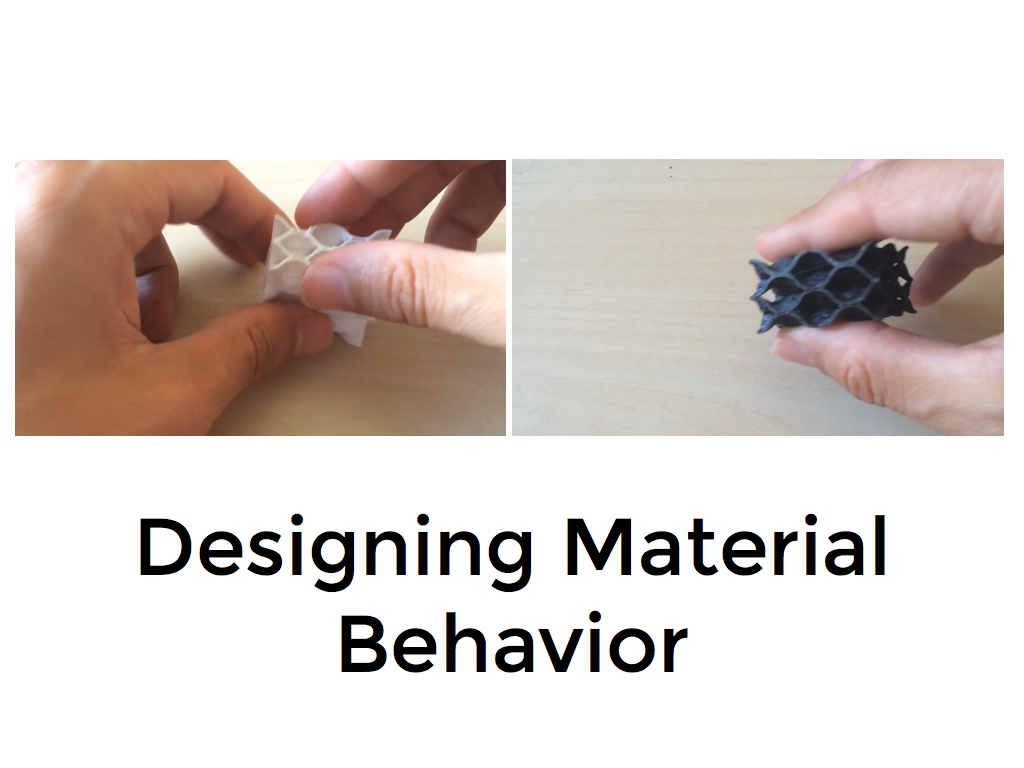
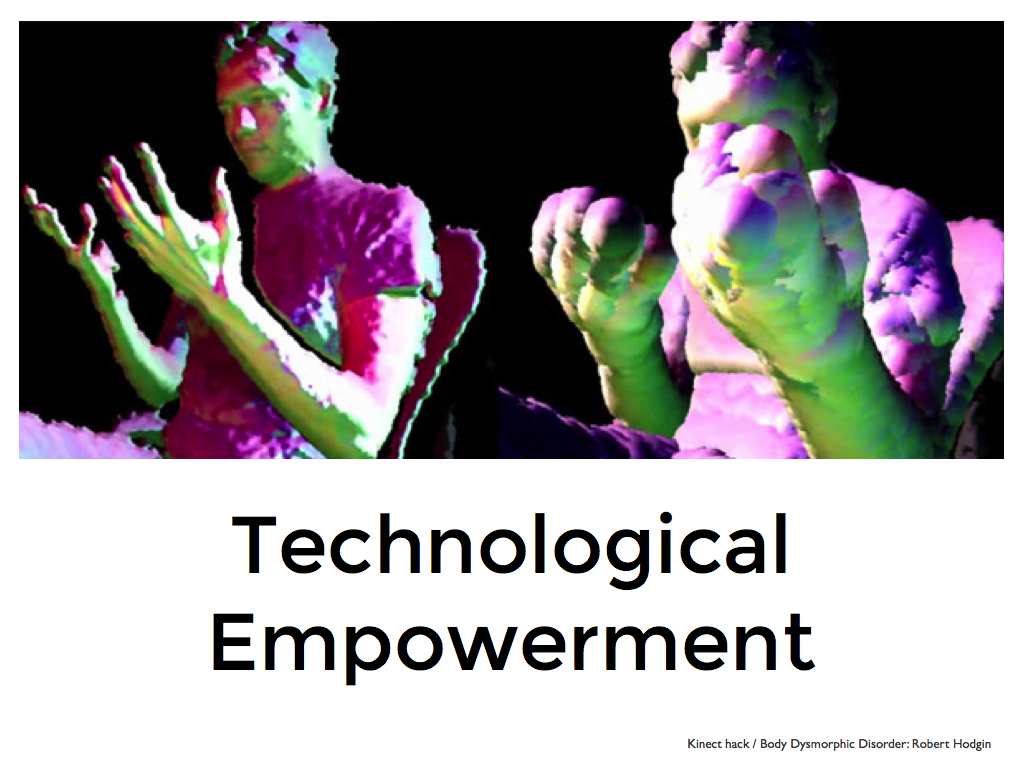


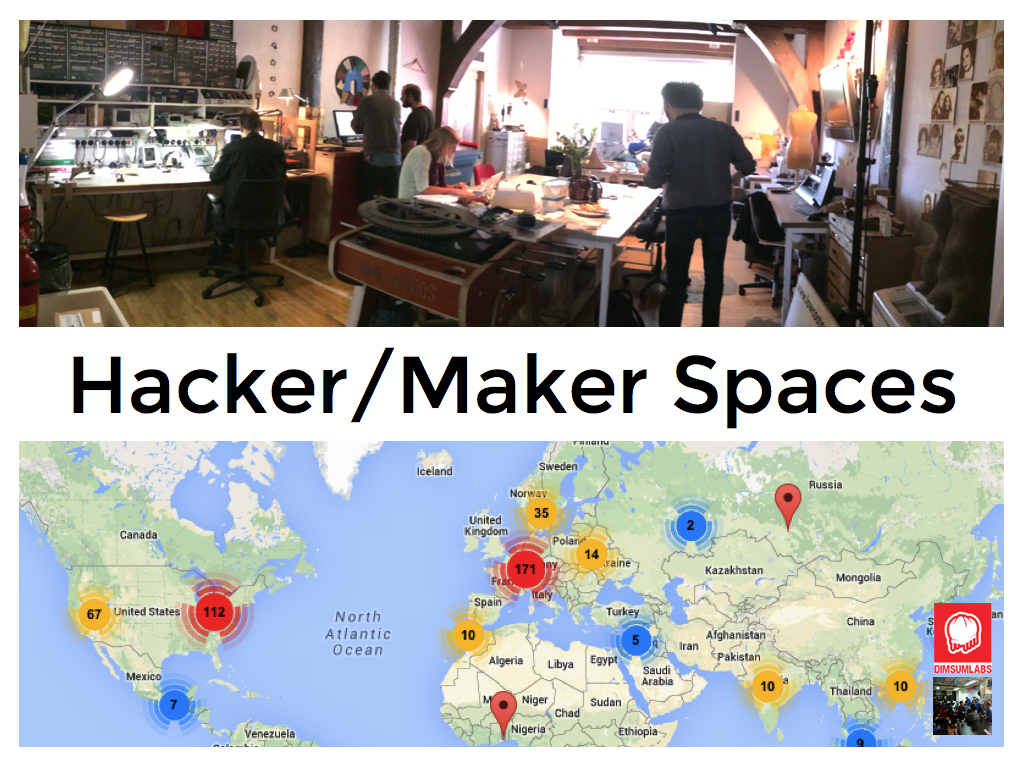
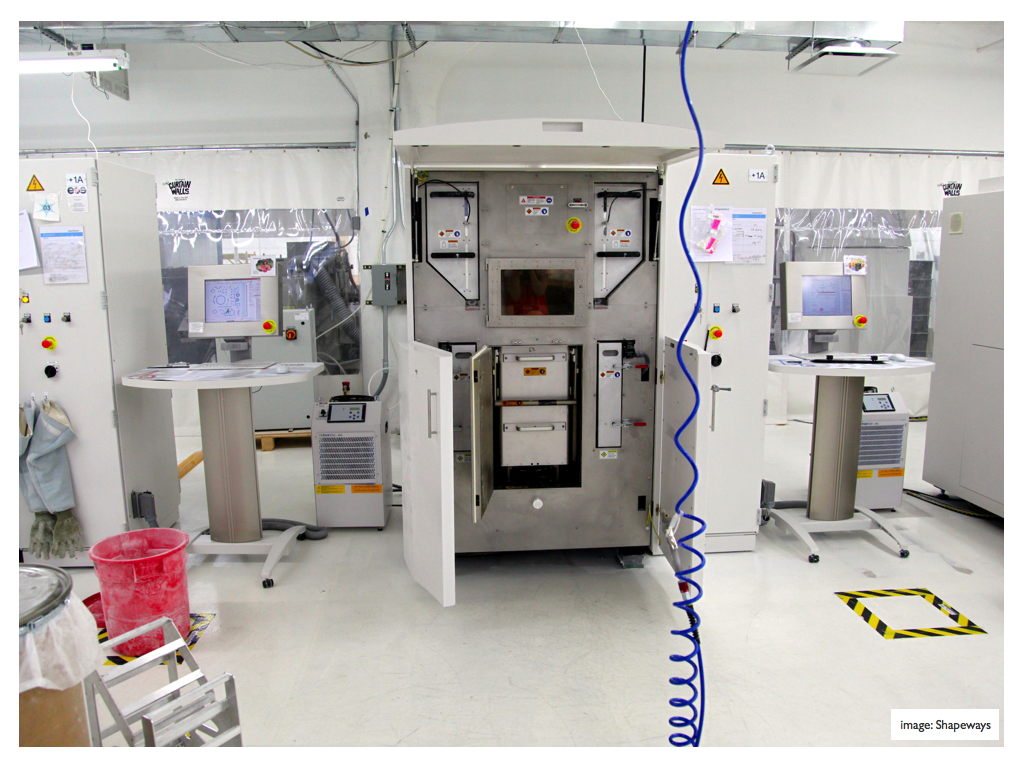

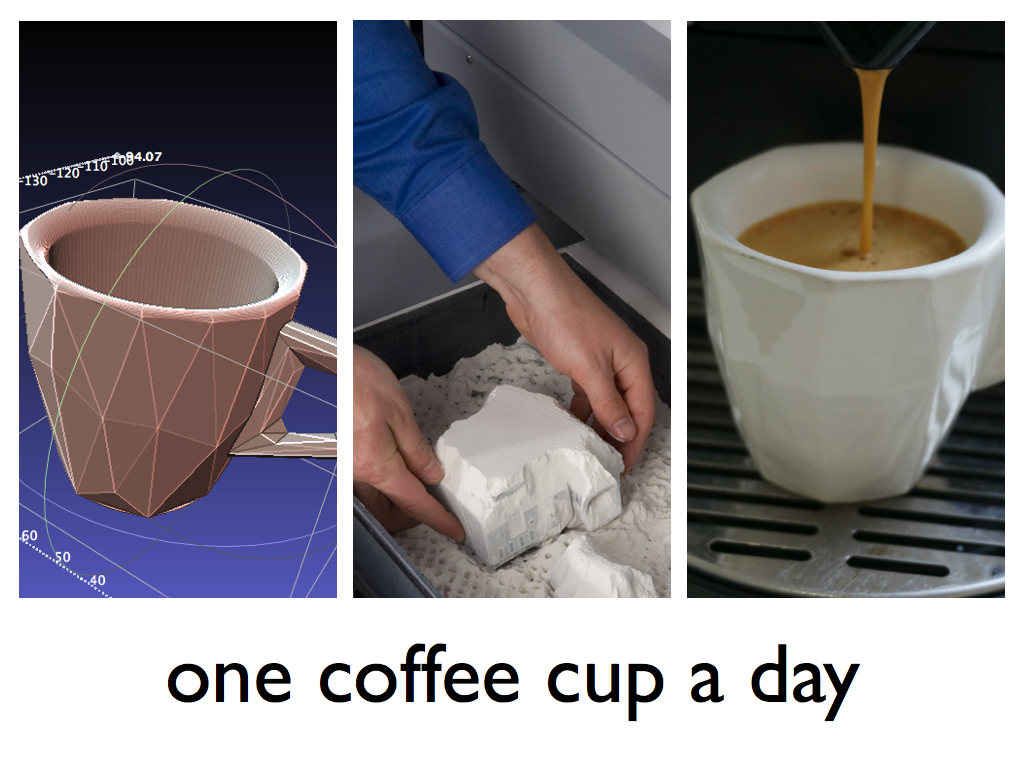
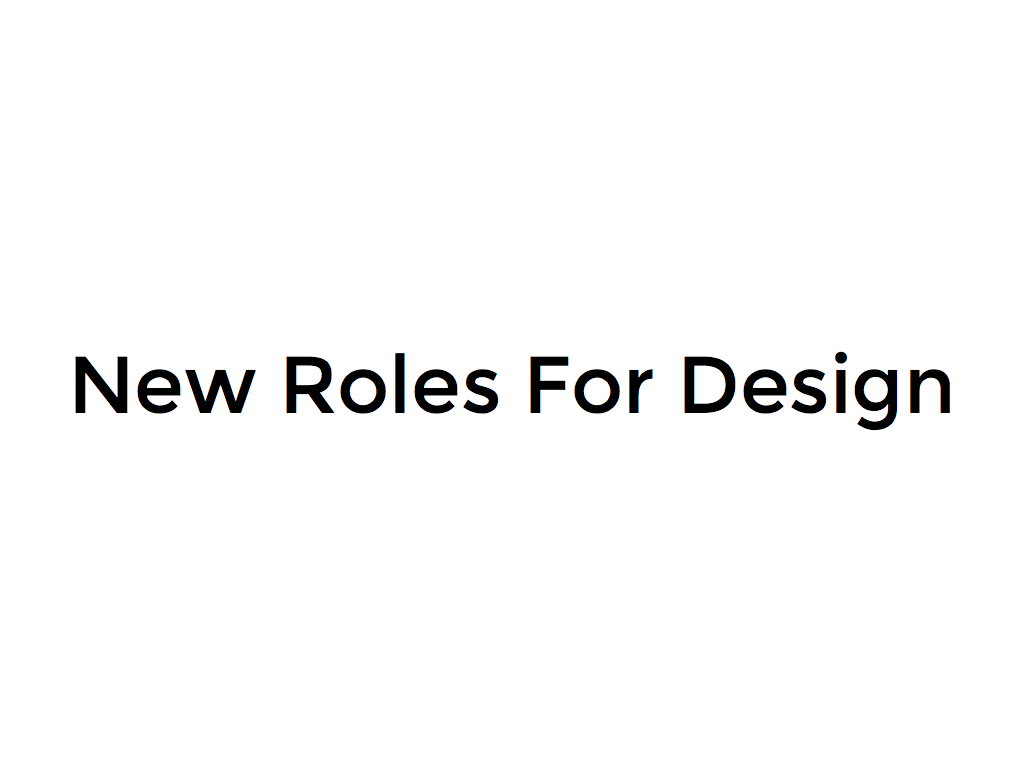
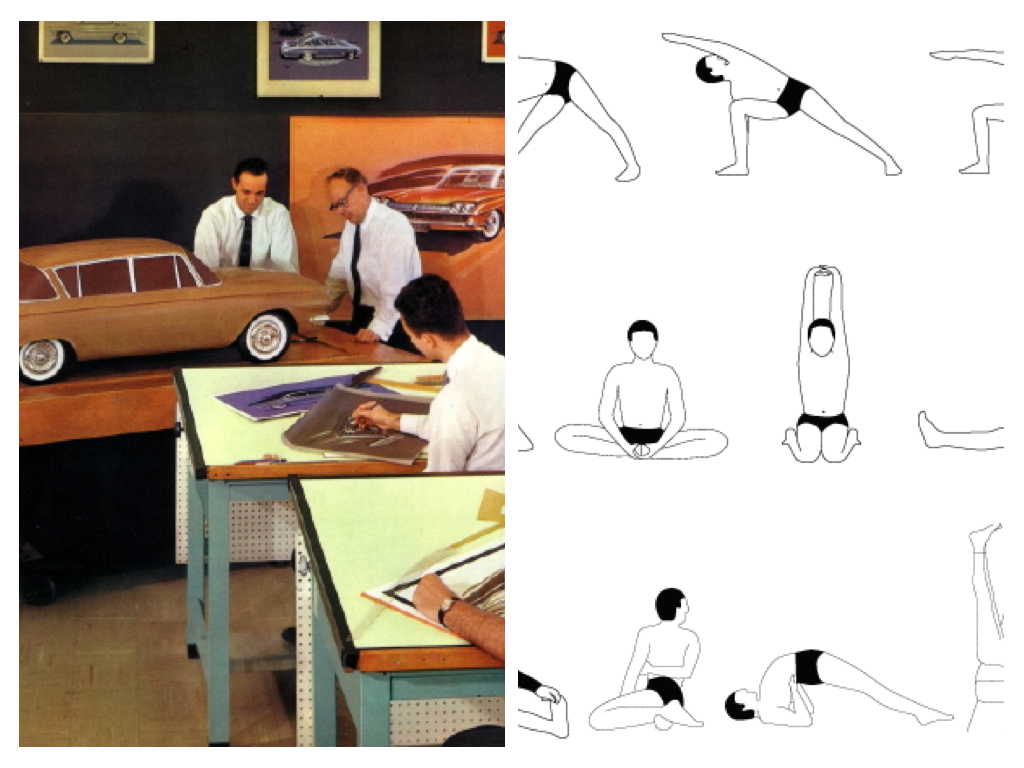


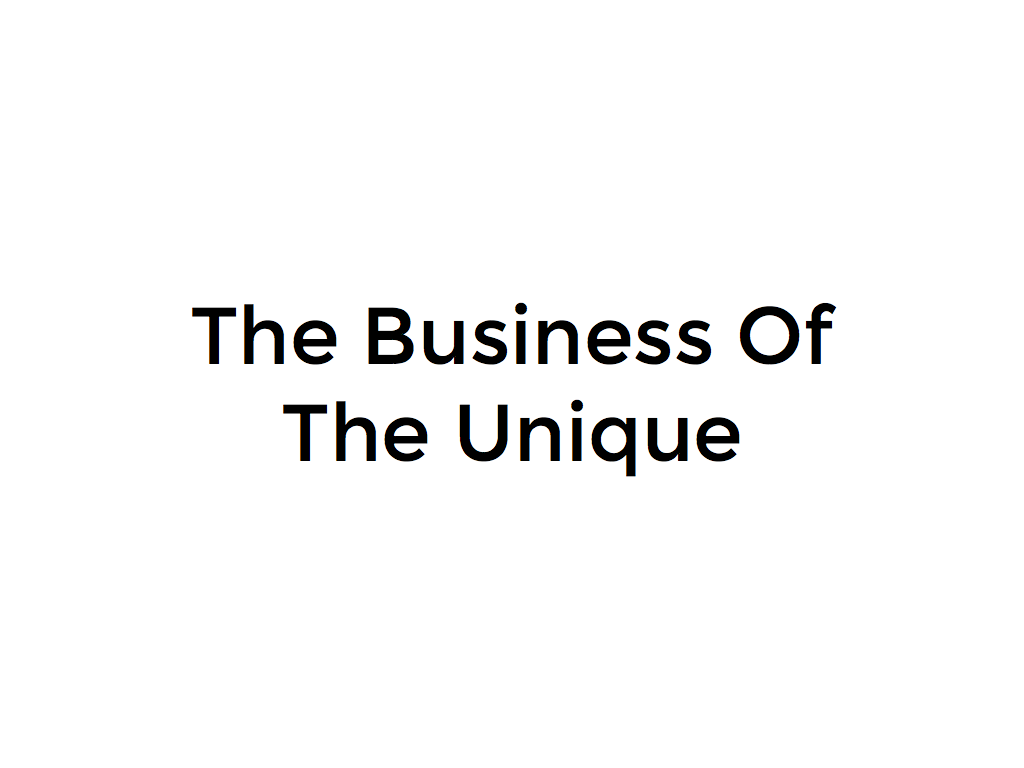
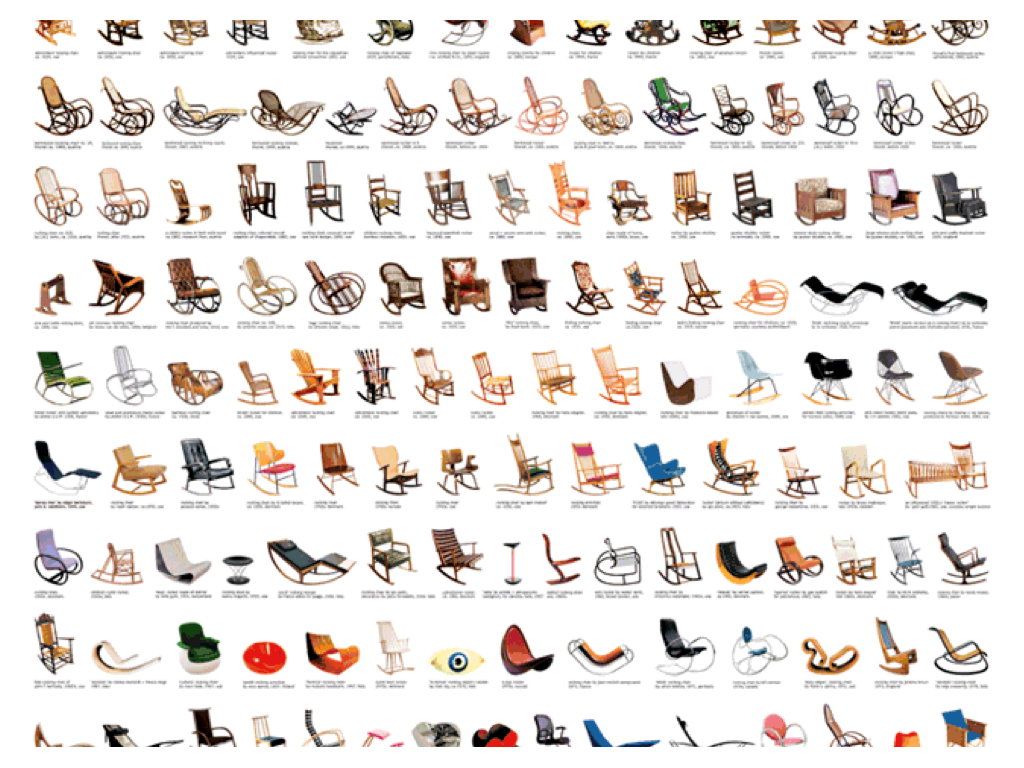

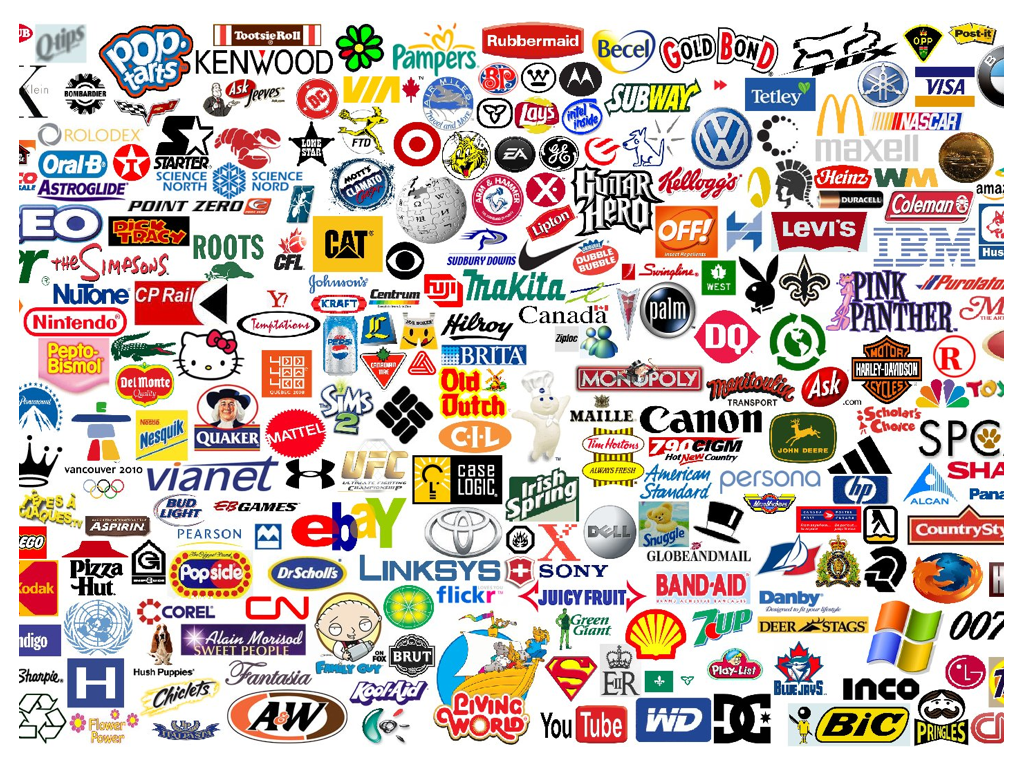
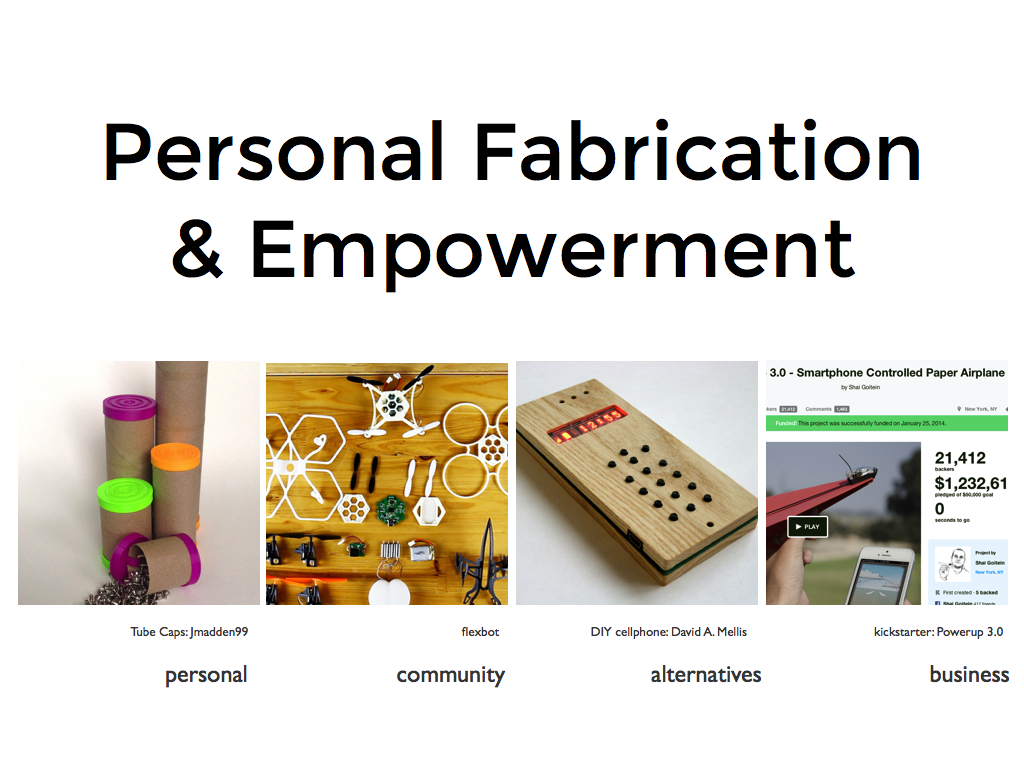

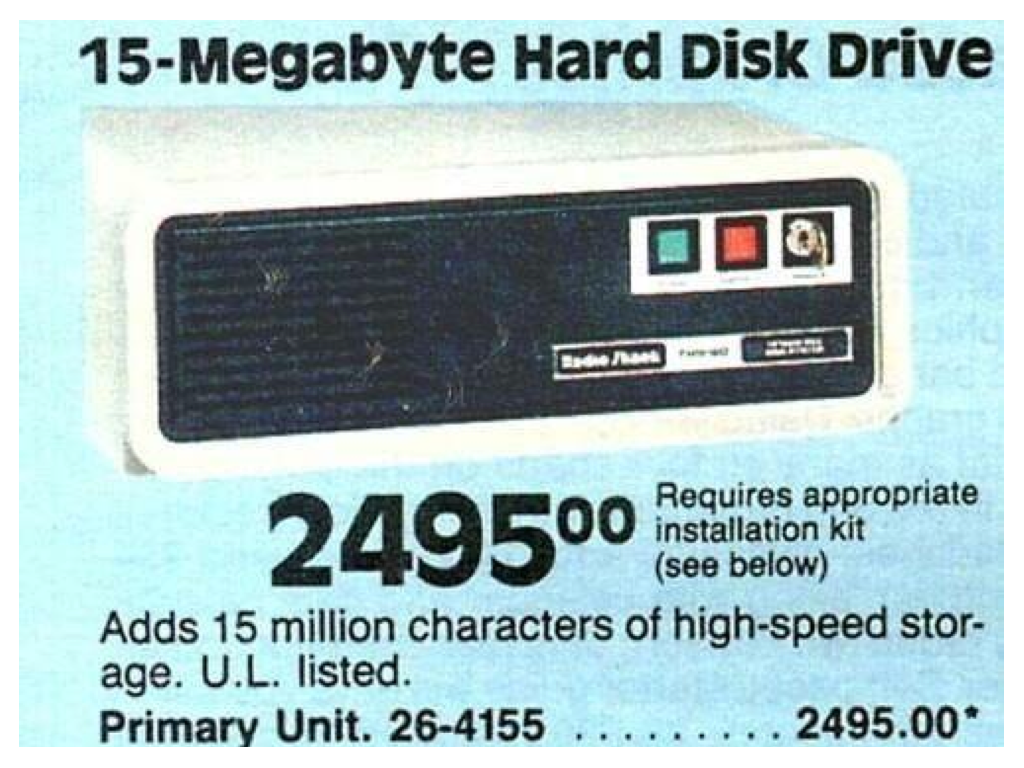
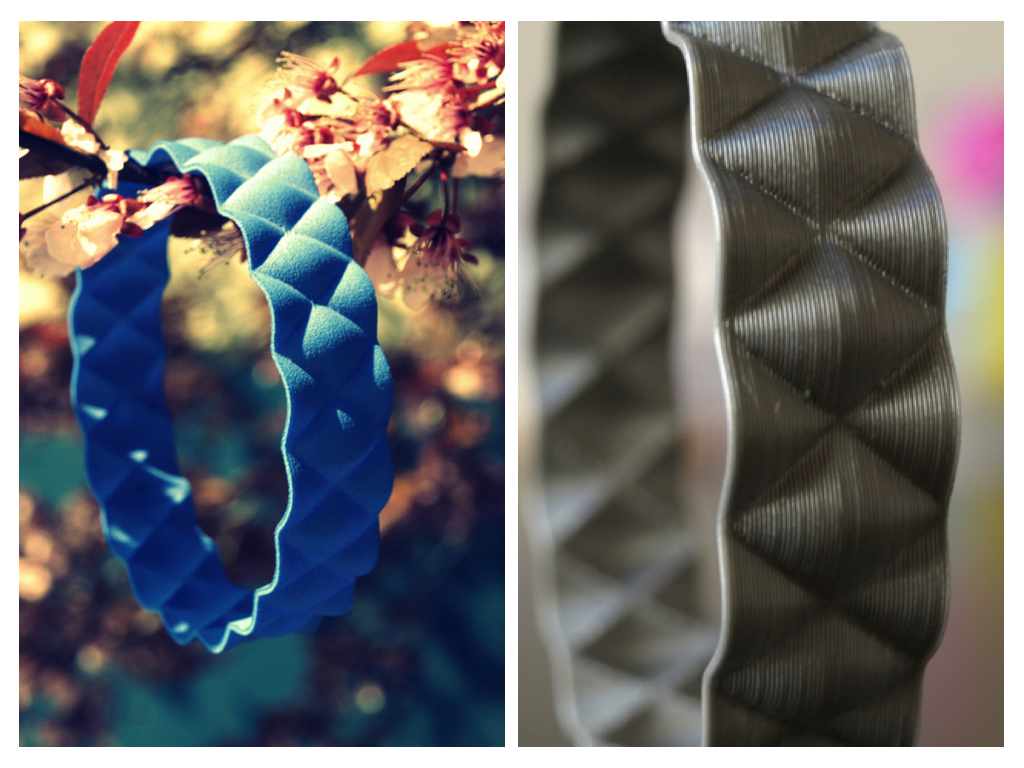
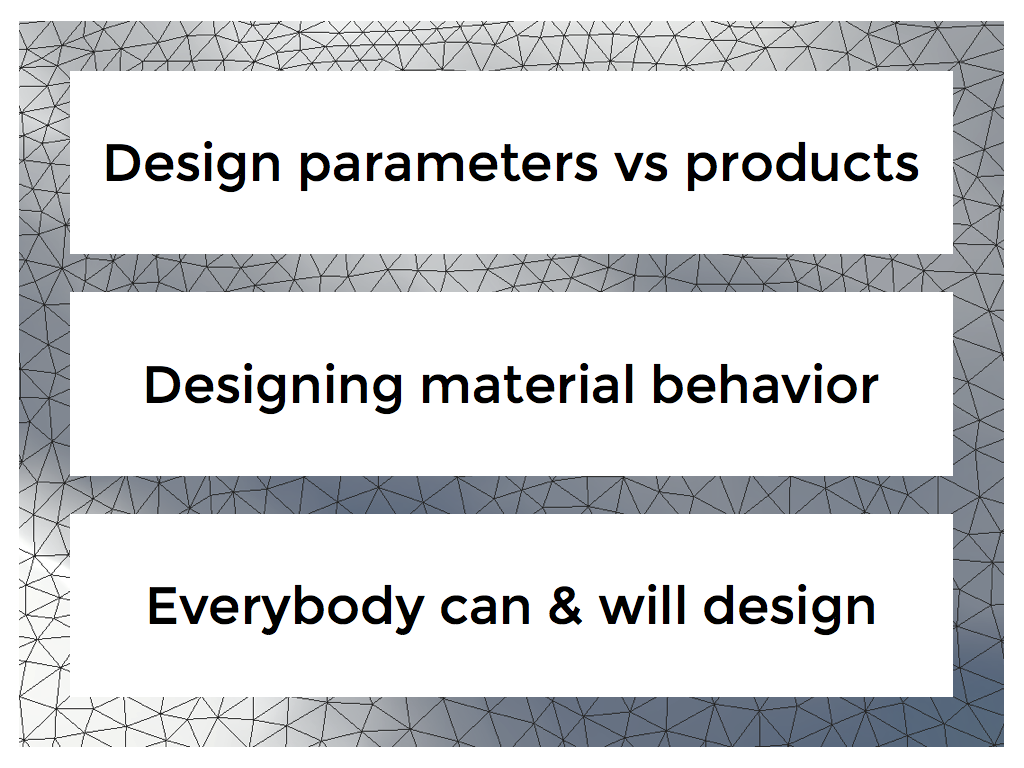
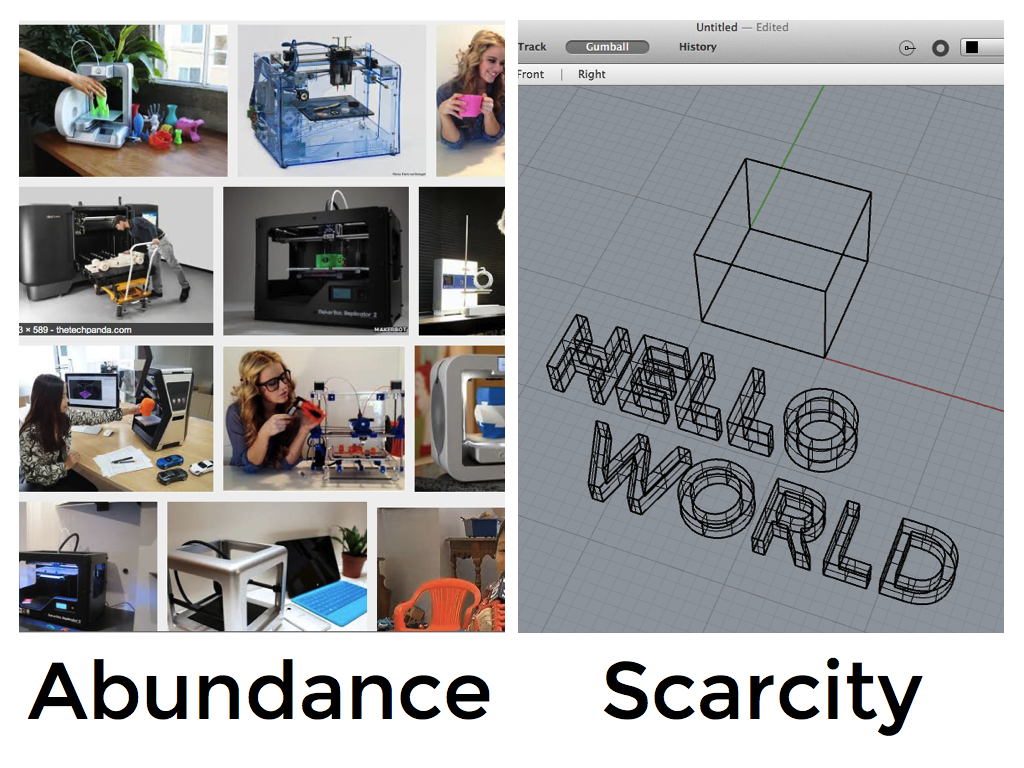

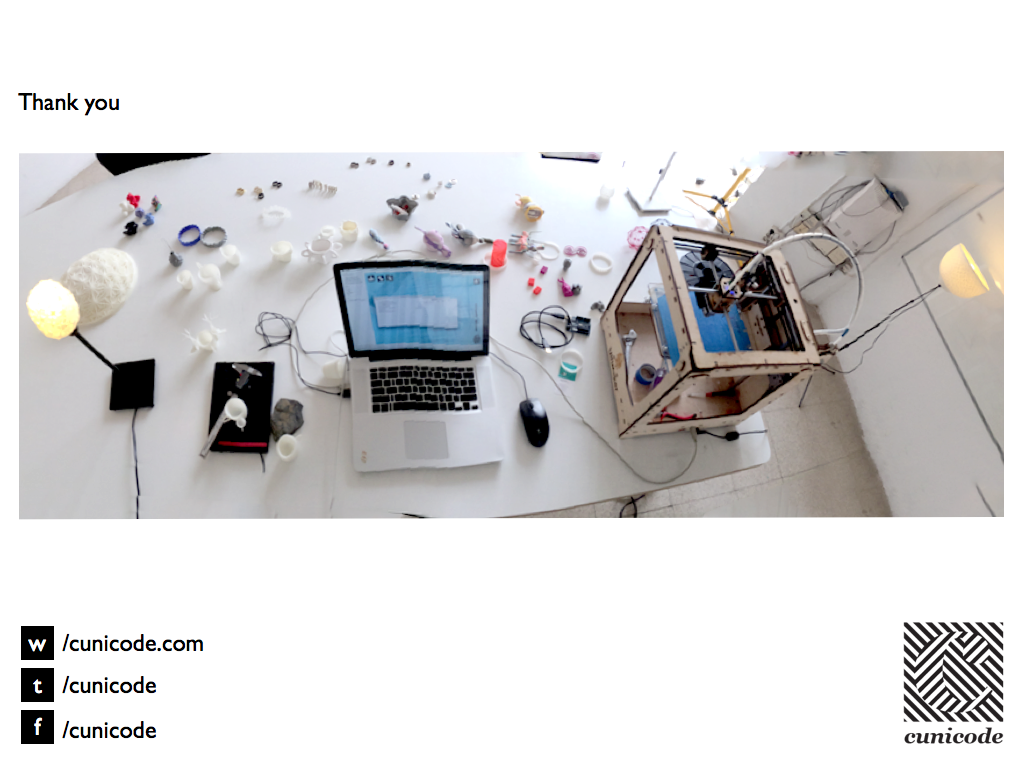
Traditionally, production has been a privilege of a selected elite who had access to production means, knowledge and distribution channels. Nowadays, digital fabrication and 3D Printing lower the entry barriers to the world of making things, enabling individuals and small collectives to design and make their goods. If before we were making hundreds of thousands of products in a single factory, now we can make unique products in hundreds of thousand of locations. When there is a new way of making things, there is a new way to design and consume them. Designed globally, made locally. The talk explored the opportunities and challenges that additive manufacturing brings to the creative industries and how product design can benefit from the growing ecosystem of distributed manufacturing, creating new products and business models powered by 3D Printing.
A two days event with a packed agenda, where I had the pleasure to share stage with great people:
Virginia Cha, Chief Research Practice National University of Singapore | Roger Ball and his SizeChina project, an anthropometric database and analysis of Chinese population | K O Chia, Director, Grace Financial Ltd. and President, Hong Kong Venture Capital & Private Equity Association (HKVCA) | Daniel Cowen Co-Founder, WobbleWorks. | Shawn Frayne, from Looking Glass. | John Hornick Partner, Finnegan, Henderson, Farabow, Garrett & Dunner. | Jeng Ywan Jeng, Full Professor of Mechanical Engineering and Dean of the College of Engineering, National Taiwan University of Science and Technology- Taiwan Tech | Graham Leach, Visiting Lecturer, School of Design, The Polytechnic University of Hong Kong | Dr. Conor MacCormack, Co-Founder & CEO, Mcor Technologies Ltd | Michele Marchesan, Chief Opportunity Officer, 3D Systems | Trevor Morris, Co-Founder and Chief Editor, 3DTupo Media Limited | Peng T. Ong, Managing Director, Monk’s Hill Ventures | Nave Rachman, Pre Sales & Application Manager, Stratasys Asia Pacific & Japan | Joseph Scott, Vice President, Scott & Associates | Ajay Sharma, Founder & CEO, Kloneworld | Ir. Bryan So, Senior Consultant Biomedical, Optics and Precision Engineering Automation Service Division, Hong Kong Productivity Council (HKPC) | Louis Sze, Assistant Engineer, Technology Application in BioMed Unit, Industrial Centre, The Hong Kong Polytechnic University | Daniel Tsang, Chief Editor and Founder, The Gestalt Limited and Committee Member, Hong Kong Maker Faire 2014 | Collin Wilkerson, Managing Director, Western Tool & Mold Ltd. | Terry Wohlers, Founder, Principal Consultant, and President, Wohlers Associates, Inc. | Yang Yihu, President and CEO, ESUN | James Yu, CEO and Chairman, WestingCut Group (China) and Founder, Xery 3D Printing Science & Technology Inc. | Brandon Zatt, General Manager of International Business Department, ZGKJ & All-Around China Hand.
Event organized by MecklerMedia
Talk | Radical Benasque
Talk about 3D Printing & Design at the Radical Benasque program, a Two day event at the Centro de Ciencias de Benasque Pedro Pascual.
Talk about 3D Printing & Design at the Radical Benasque program, a Two day event at the Centro de Ciencias de Benasque Pedro Pascual.
Happy to share stage with scientists, artists and doctors:
Jordi Boza / itglas: wearables
Jordi Blasco (ARS Coorporate): Lawas & investments
Carlos Sicilia: Robots / OpenCuriosity [video] Mars rover replica
Alberto Enciso / ICMAT: Maths
Pere Gascón (Hospital clínic de Barcelona - UB) Oncology Oncología
Ferran Sala / Coots Origens Barcelona : Style Craftsmanship
Alexandra Maratchi from Homuork: MOOC
Bernat Cuní / Cunicode : 3D Printing
Berta Vicente: Photography
Ivette Fuentes / Nottingham U. : Quantum Mechanics & Gravitation.
Oriol Jara / Minoria Absoluta - TV3: TV & Media
Event ogranized by Alfons Cornella / Infonomia & José Ignacio Latorre / Universitat de Barcelona and NUS Singapore.
The Centro de Ciencias de Benasque Pedro Pascual is a facility for the Spanish scientific system. This Centre offers the possibility to organize international meetings in Benasque, a beautiful village located in the heart of the Pyrenees.
10th International Fab Lab Conference & Fab Festival
During one week, Barcelona hosted hundreds of events that gathered a talented crowd around digital fabrication, 3D printing and open and accessible technologies.
Cunicode participated at the Fab Festival, showcasing some pieces and projects.
fab10.org
During one week, Barcelona hosted hundreds of events that gathered a talented crowd around digital fabrication, 3D printing and open and accessible technologies.
The event brought together the international Fab Lab community which has more than 350 laboratories based in more than 40 countries in the world to share and discuss about theory and practice of open fabrication. Also, there was a fabKids camp, and the International fab Awards. The weekend hosted the Fab Festival with a fantastic selection of workshop, talks and demos. The fab 10 ended with the fab city Symposium.
Cunicode participated at the Fab Festival, showcasing some pieces and projects.
The whole week was full of great projects and workshops:
Fab City Symposium
The Fab City Symposium took place at the Disseny Hub Barcelona, as a one-day event focused on the principles, applications and implications of digital fabrication. With special focus on rethinking the role of technology, policy and society in the development of Self-Sufficiency strategies for productive cities.
My favorite talk: Bruce Sterling, talking about the politics of smart cities, questioning the audience on how smart is to offshore the smartness of your city to Silicon Valley , and launching a call to the maker community to get political, now.
The real problem is that "Smart" has no loyal opposition; you can't say "I don't like the smart thing and I prefer to be dumb". That means that the actual political struggle is being obscured.
Find all Fab Sympossium videos here:
Start with Neil Gershenfeld's "State of Fab Labs"
fab10.org media coverage: Makezine (English) / Post Digital Node (English) / OSVehicle (English) / Forum For the Future (English) / Domus (English) / LeiPhone (Chinese) / Ultra-Lab (Spanish) / Goteo (Spanish) / Makery (French) / fab@bcn publication: a guide of makers, designers, collectives and startups from Barcelona working on the fields of digital fabrication.
Digital Fabrication in Barcelona | fab@bcn publication
Barcelona city council published fab@bcn a guide compiling makers, designers, collectives and startups working on the fields of digital fabrication, and cunicode is proud to be part of the publication :)
Barcelona city council published fab@bcn a guide compiling makers, designers, collectives and startups working on the fields of digital fabrication, and cunicode is proud to be part of the publication :)
Barcelona is becoming an interesting 3D Printing hub.
We've got communities, companies, open source projects and technological centers, all working on digital fabrication, 3D Printing and the future of making:
ARRK / ASCAMM / ASERM / BcnDynamics / Citilab Cornellà / Coda Office / Convent de Sant Agustí / Cunicode / Elisava ADDA / EntresD / Esclatec / EtseiB MotorSport / FabCafé BCN / Fab Lab Barcelona / Faboratori / Flone / Fundació CIM / Hangar / Hofmann Innovation Ibérica / Hewlett-Packard / INDO / Patchek / Labs3d / Las TV’s / MADE makerspace / Materfad / McNeel Europe / Medio Design / MID Media Interactive Design / MOBA / Natural Machines / OpenKnit / PANTUR / Printhatshit / ProtoRàpid / RepRap BCN / Sitges Beach Fab Lab / Spot-A materials / Stalactite 3D / Tarpuna / UIC–ESARQ / Vailets Hack Lab / Valldaura Self Sufficient Lab / Xarxa Municipal d’Ateneus de Fabricació de Barcelona / 3DigitalCooks / 3D Print Barcelona / 3dseed
How can Digital Fabrication enhance the innovation of urban economies and the re-industrialization of the cities? Barcelona is a dynamic and productive center in this field. Meet the people involved and learn about their projects.
Publicat per / Published by: Ajuntament de Barcelona
Fotografíes / Photographies: Pietro Milici (Estudi Jordi Bernadó)
Textos / Texts: Rosa Garriga
Disseny Gràfic / Graphic Design: Papersdoc
Traduccións al català / Catalan translations: Anna Tetas
Traduccions a l’anglés / English translations: Angela Kay Bunning
Printing Things | book by Gestalten
Works featured at:
Printing Things: Visions and Essentials for 3D Printing
New book from Gestalten
Works featured at:
Printing Things: Visions and Essentials for 3D Printing
New book from Gestalten
An inspirational and understandable exploration of the creative potential of 3D printing that introduces outstanding projects, key experts, and the newest technologies.
Editors: C. Warnier, D. Verbruggen/ Unfold, S. Ehmann, R. Klanten
Release Date: April 2014
Format: 24 × 28 cm
Features: 256 pages, full color, hardcover
Language: English, German edition here
ISBN: 978-3-89955-516-5
About the Book
Designers, trendscouts, scientists, and companies all agree—the golden age of 3D printing has now begun. In all likelihood, this development represents the largest technical upheaval in manufacturing since the invention of the lathe.
3D printing results in complex, three-dimensional objects that are built in layers out of liquids or powder. Given current advancements, 3D printers will soon be found in more and more workshops, offices, and homes. With them, we will be able to print out jewelry, small pieces of furniture, prototypes, replacement parts, or even food at any time. In the near future, if we forget our toothbrush on a trip, we can simply print out a new one in our hotel room.
As these production processes become reality, completely new visual languages and business models must develop along with them. Forms and constructions that were previously impossible to achieve with traditional methods can already be printed out.
Printing Things offers both professionals and interested laypersons an introduction into the paradigm-shifting topic of 3D printing. The book not only provides a useful overview of machines, tools, and processes, but also showcases trendsetting designers and their projects.
Sharing a love of technology and experimentation, a new generation of designers and creative outsiders can hardly wait to explore the potentials and boundaries of 3D printing. The race is on for anyone to come up with the services and products that will best appeal to a mass market with a growing sensibility for design. Against this background, Printing Things is an essential guidebook for today and tomorrow’s cutting-edge design professionals, tinkerers, and companies.
Design & 3D Printing: New fields of Application | talk
Talk at the "Design & 3D Printing: New fields of Application" conference, Museu del Disseny.
Organized by ASERM, DHUB and the Barcelona City Council.
Happy to be invited to share some views and thoughts on how Additive Manufacturing shapes the future of design.
Talk at the "Design & 3D Printing: New fields of Application" conference, Museu del Disseny.
Organized by ASERM, DHUB and the Barcelona City Council.
Photos © Museu del Disseny de Barcelona. Foto: Xavier Padrós
Crayon Creatures at the Science Museum London
Crayon Creatures howcased at the "3D: Printing the Future" exhibition at the Sience Musuem London.
Crayon Creatures project was showcased at the "3D: Printing the Future" exhibition at the Sience Musuem London.
We custom-designed and made figurines from the drawings of the Museum's team's children.
Update: The Science Museum London acquired some Crayon Creatures figurines for their permanent collection in order to keep a snapshot of contemporary 3D-Printing applications for future exhibitions.
The Science Museum is one of three major museums on Exhibition Road in South Kensington, London. It was founded in 1857 and today is one of the city's major tourist attractions, attracting 2.7 million visitors annually
Just Kidding | book
Featured at Just Kidding Book.
Published by Victionary
Featured at Just Kidding Book.
Published by Victionary
Collecting about 100 creations inspired by or aimed for children, Just Kidding! presents a broad spectrum of thoughtful and creative approaches that talk to a growing child, add precious moments to a child's growth and aspire to redefine a grown person's life.
Featured projects span from toys, home accessories, lighting, footwear, photography, artwork, playgrounds to architecture.
Institute of Making | Materials workshop
Playing with Glow-in-the-dark silly putty at the Institute of Making at the University College London.
Playing with Glow-in-the-dark silly putty at the Institute of Making at the University College London.
Workshop held within the activities of the Light-Touch-Matters Project where Bernat Cuni works with Fuelfor to identify future applications for flexible OLED and Piezo-Plastic material.
The project aims at developing a new generation of touch-sensitive, luminous and flexible smart materials for applications in care & well-being. Light.Touch.Matters is a project funded by European Union's Seventh Framework Programme.
The Institute of Making is a cross-disciplinary research club for those interested in the made world: from makers of molecules to makers of buildings, synthetic skin to spacecraft, soup to diamonds, socks to cities.
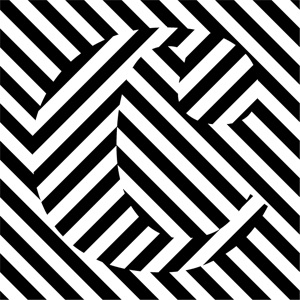
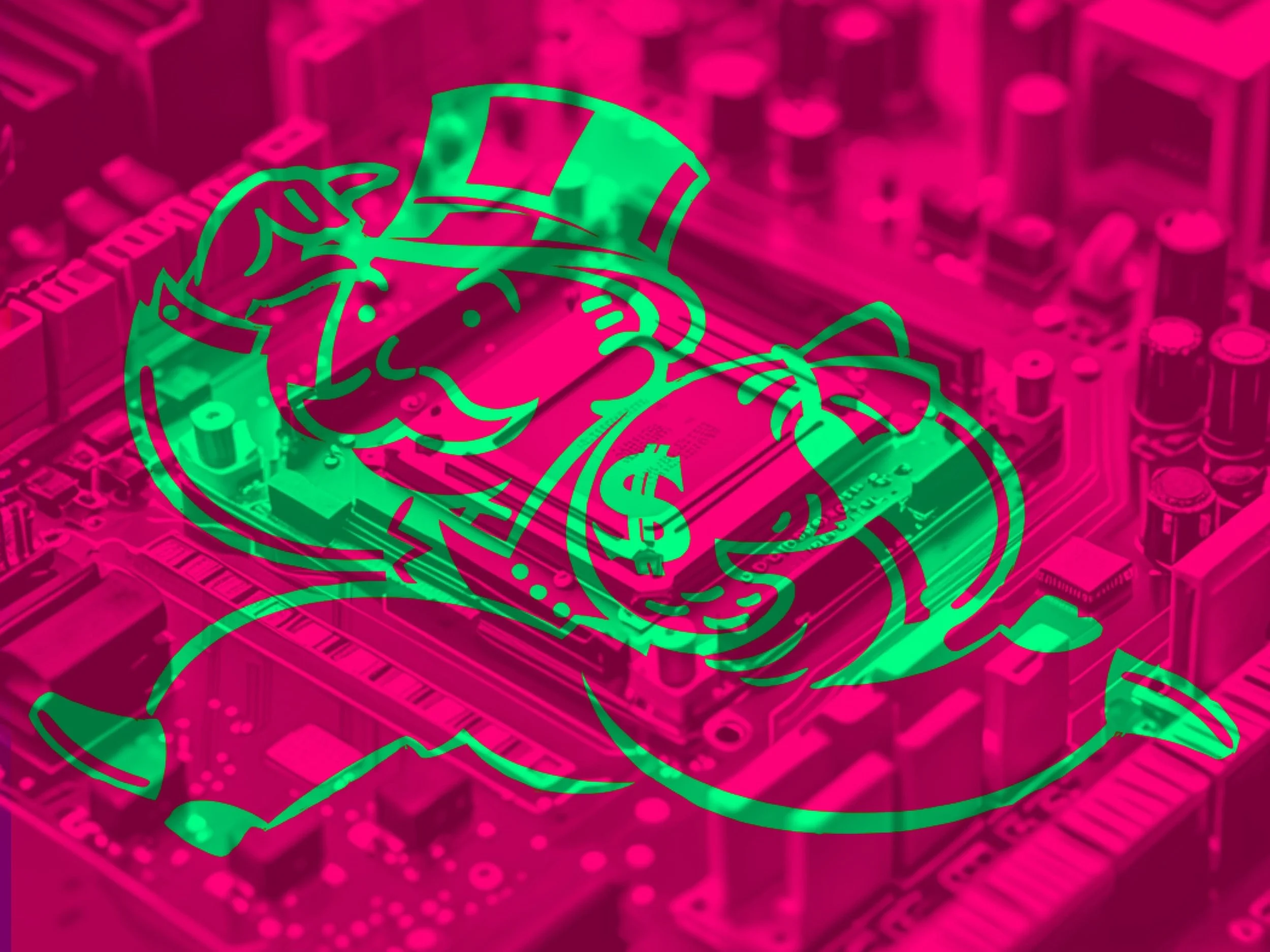



















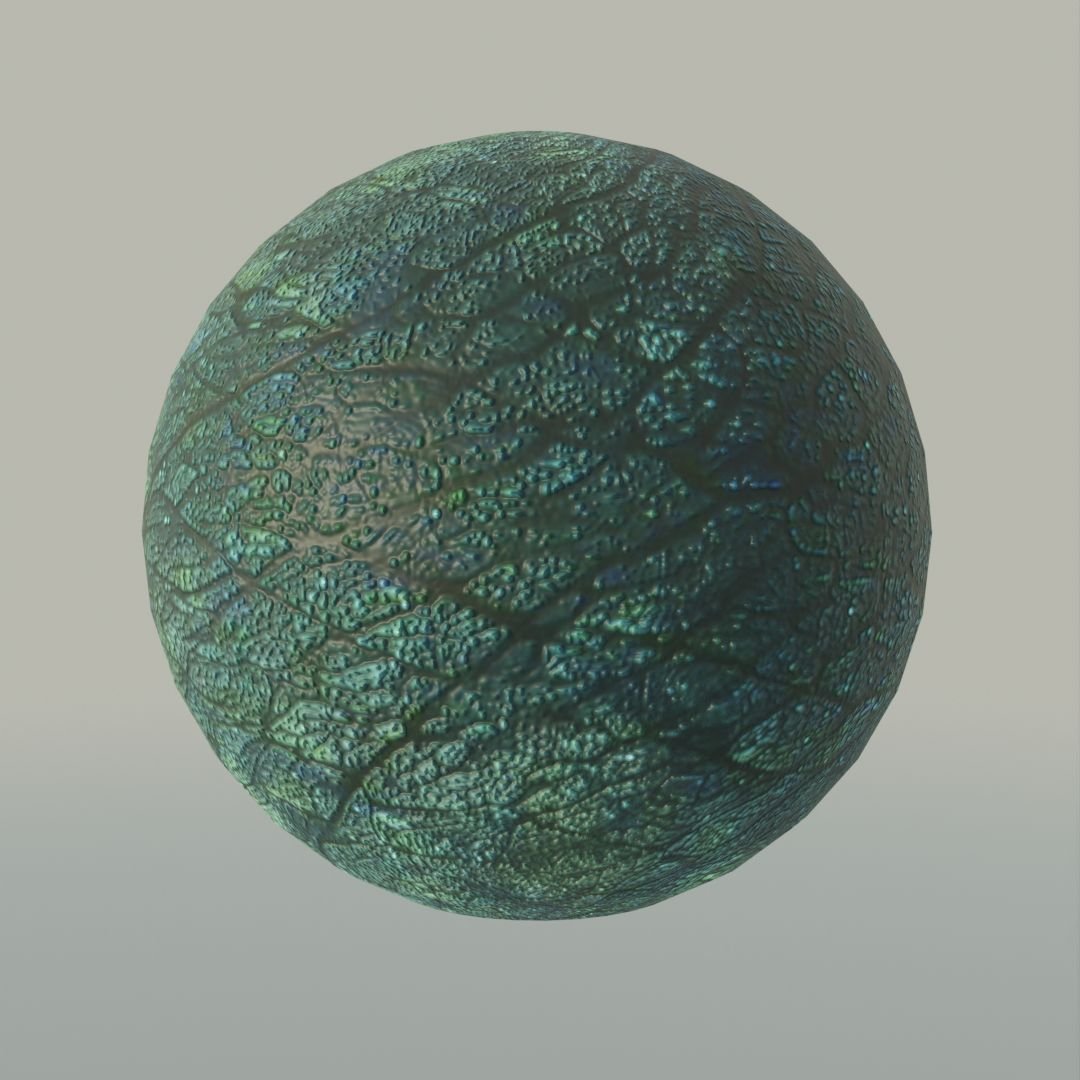
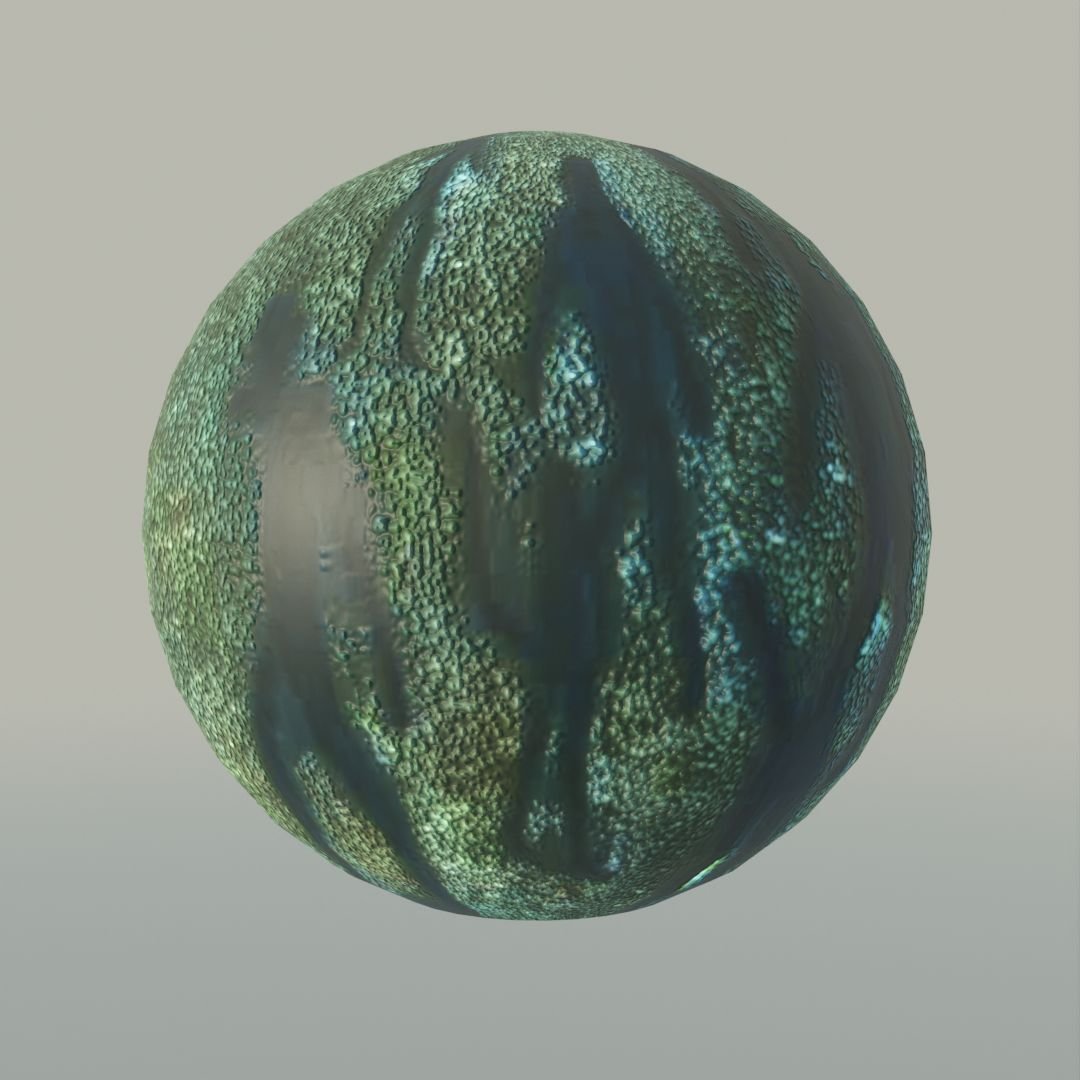





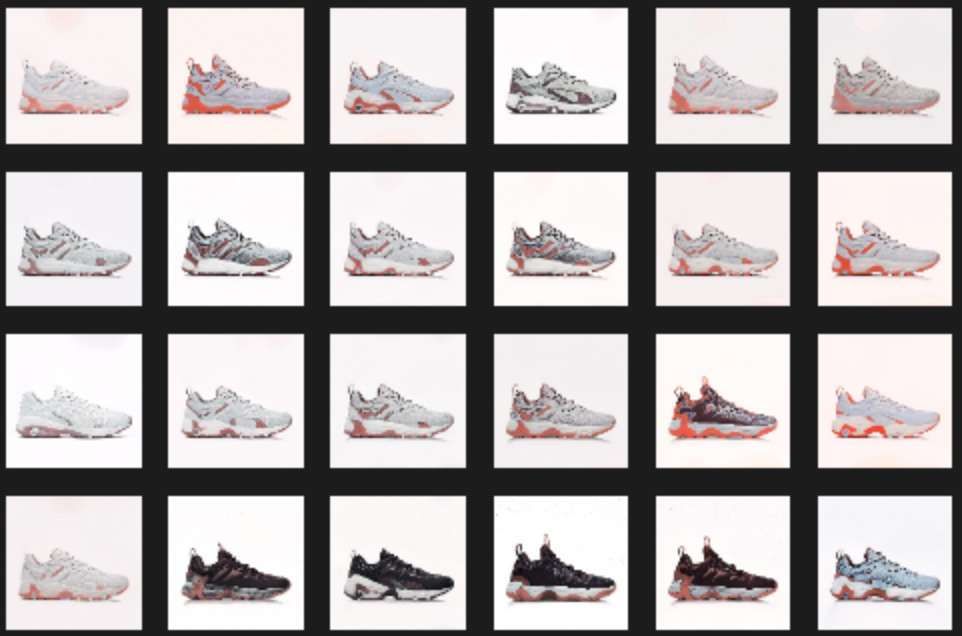
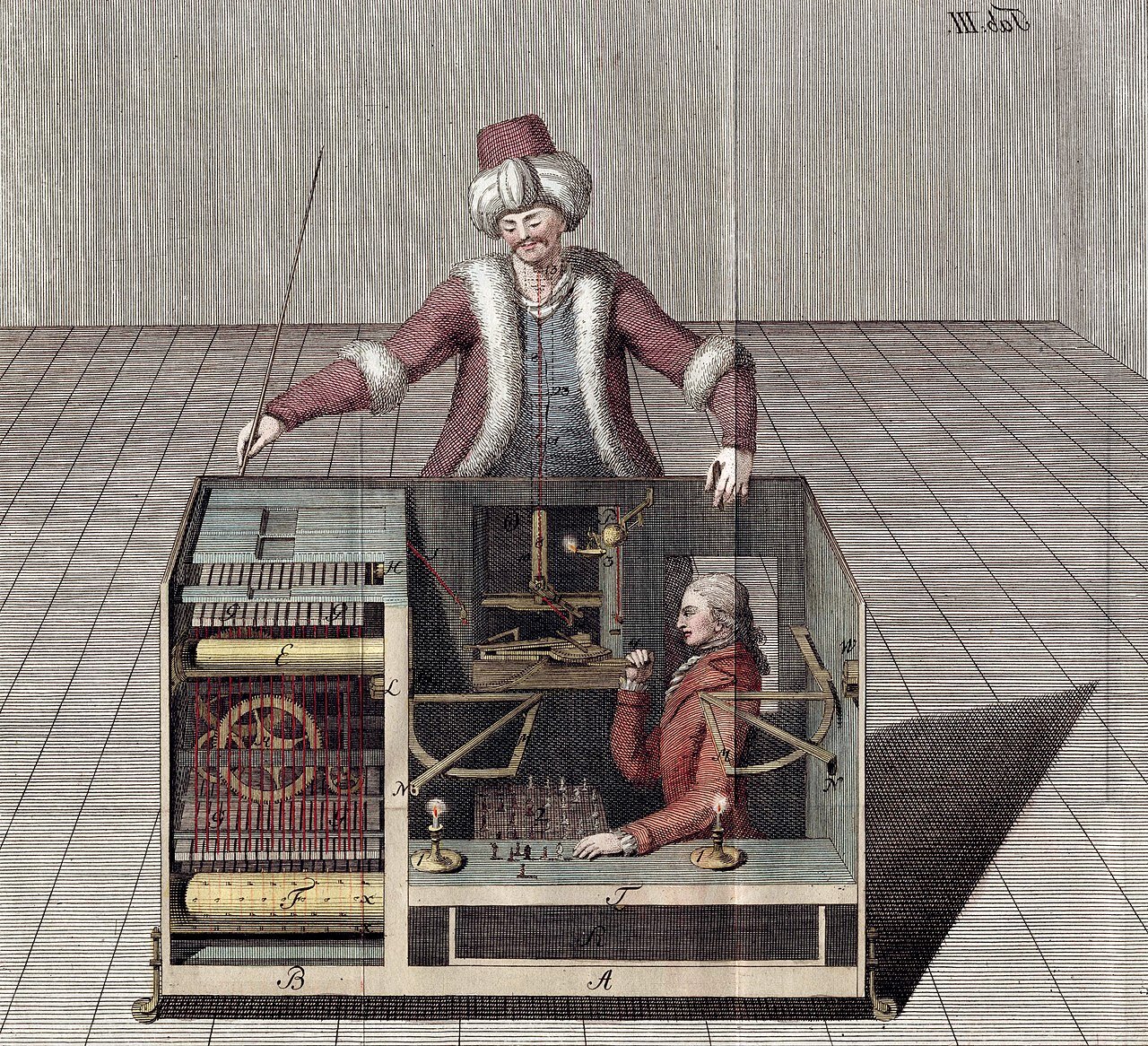
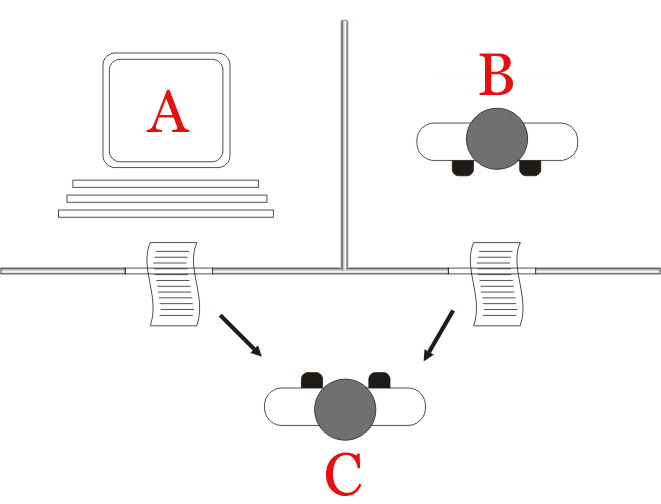
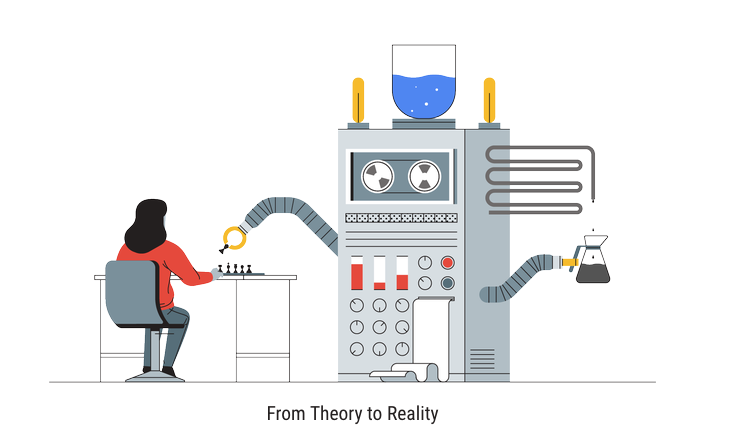
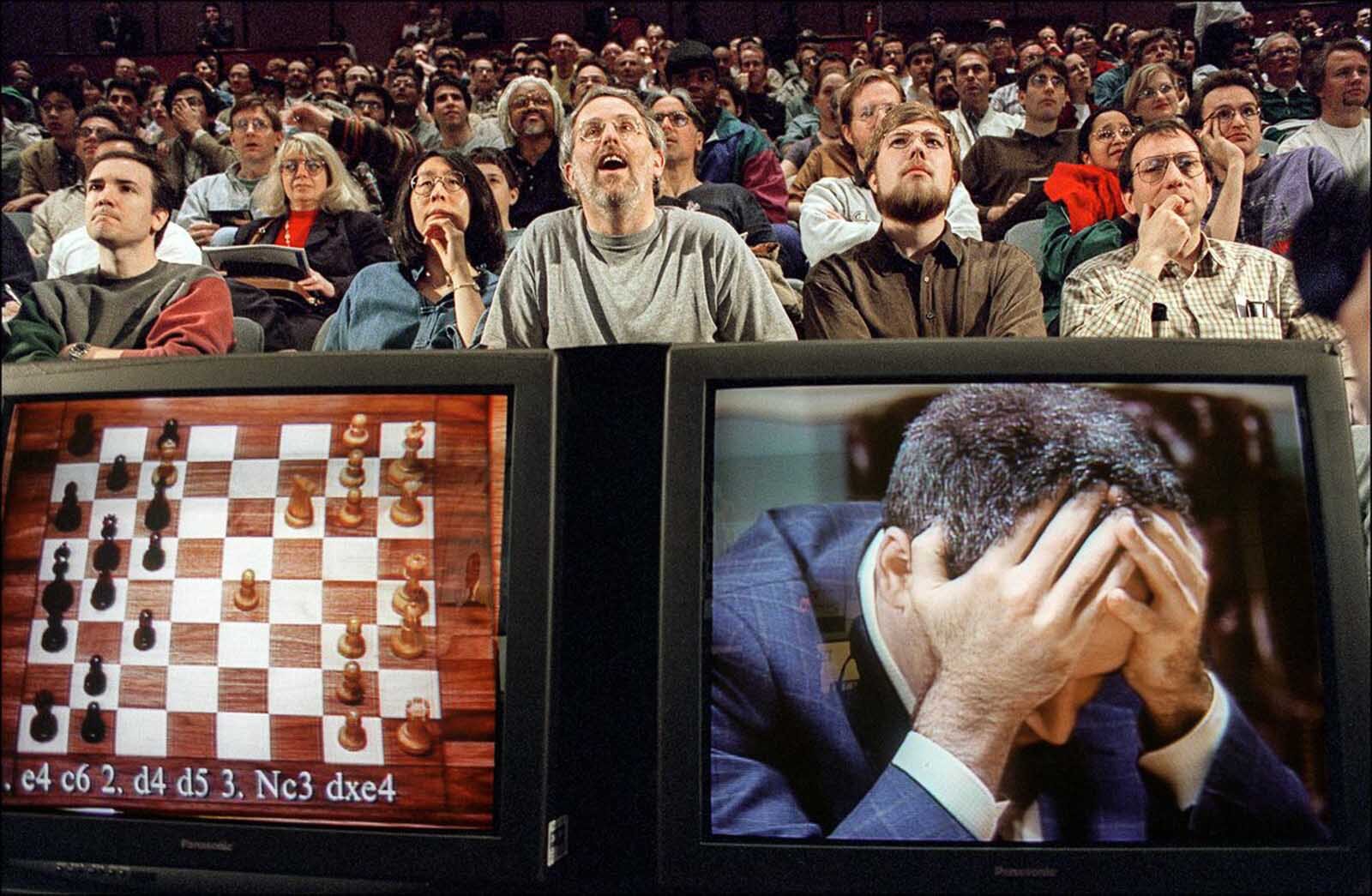
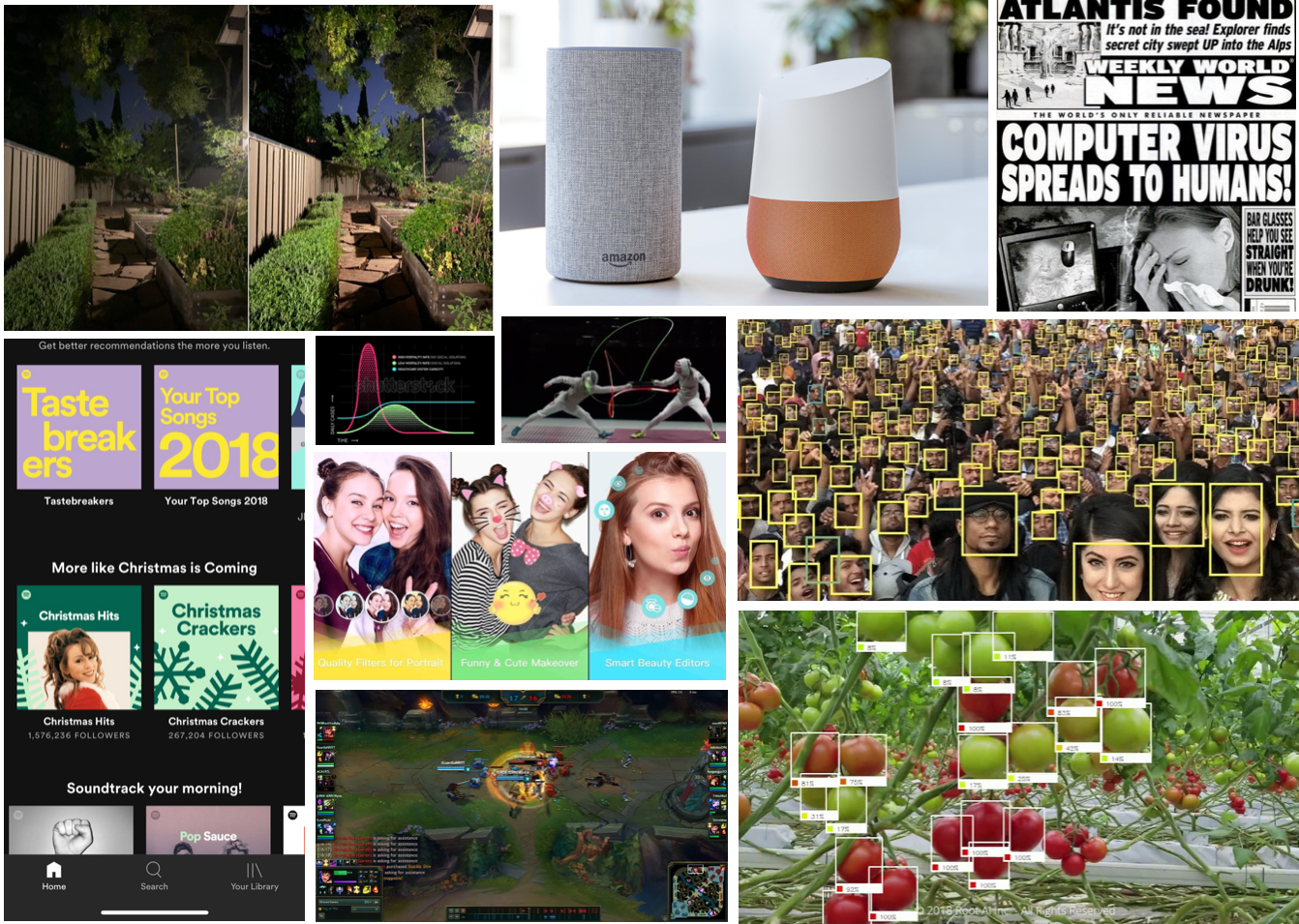
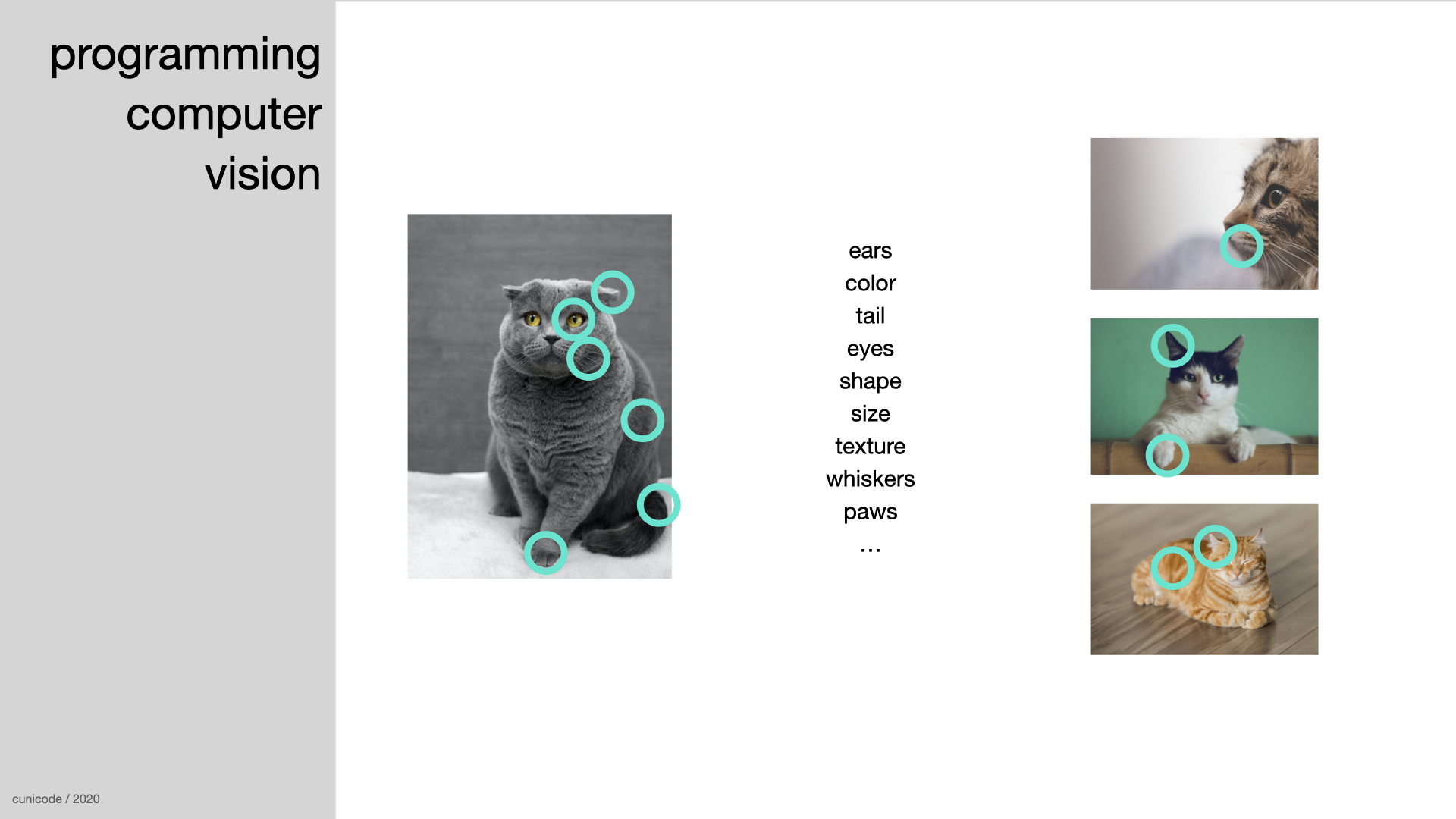
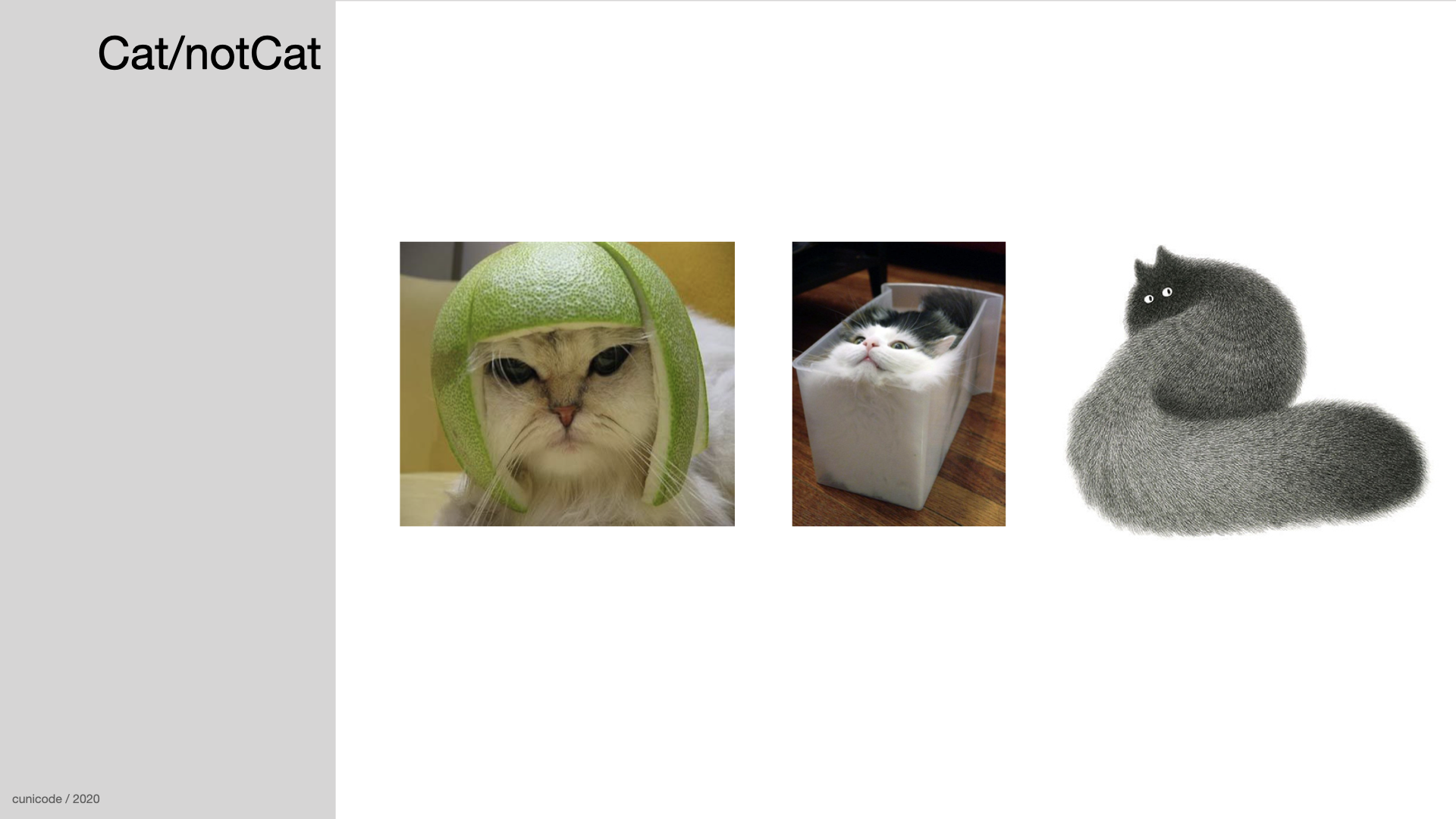







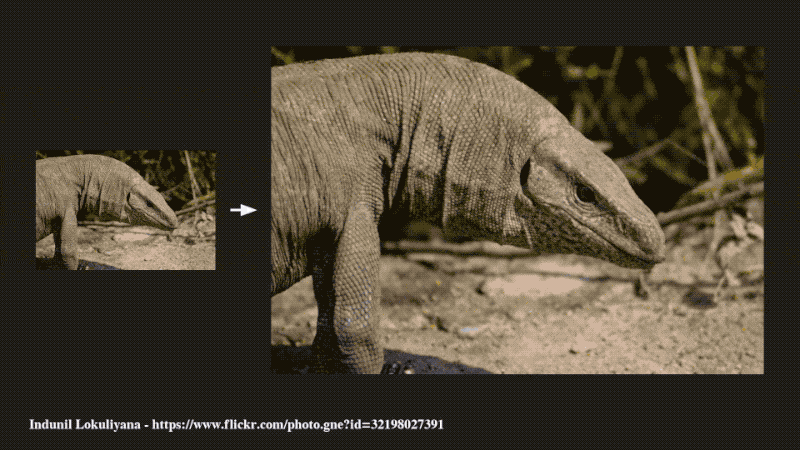
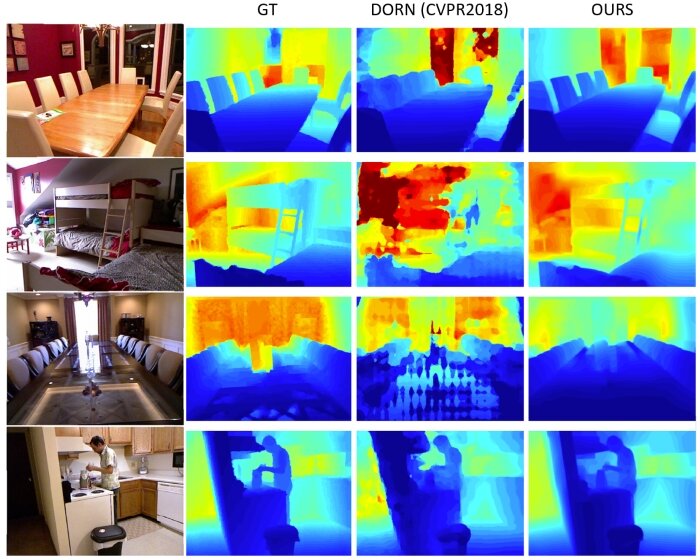
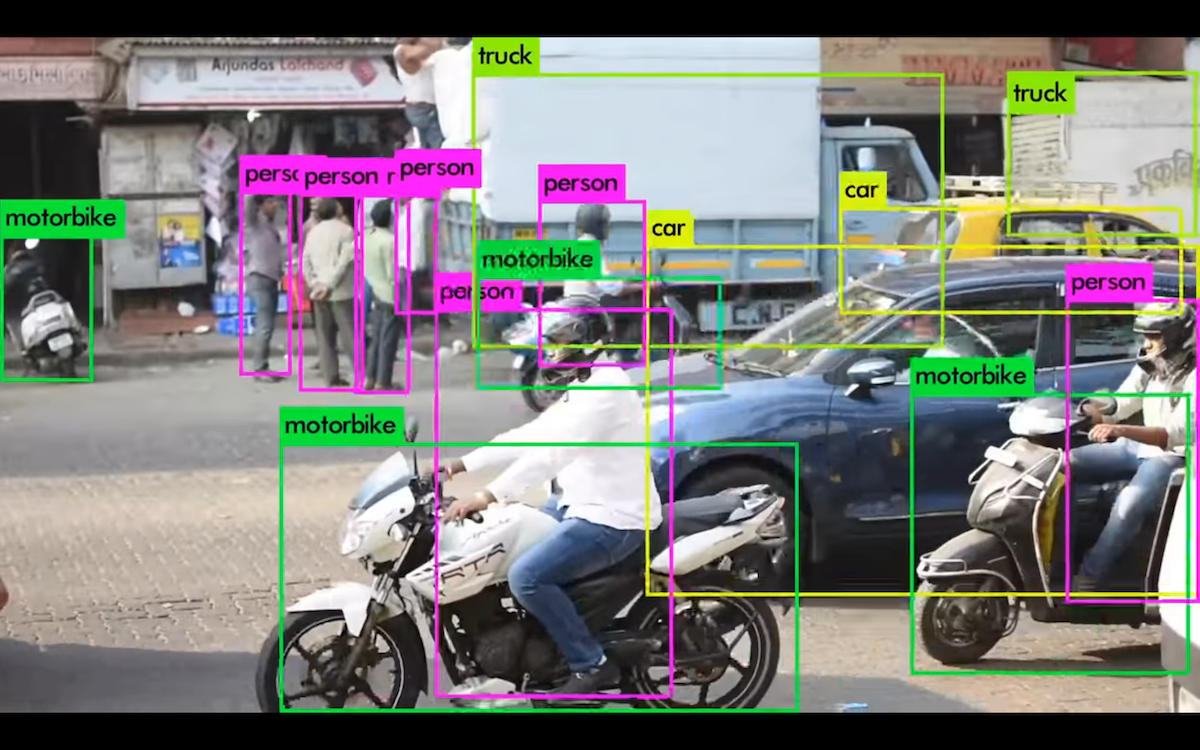
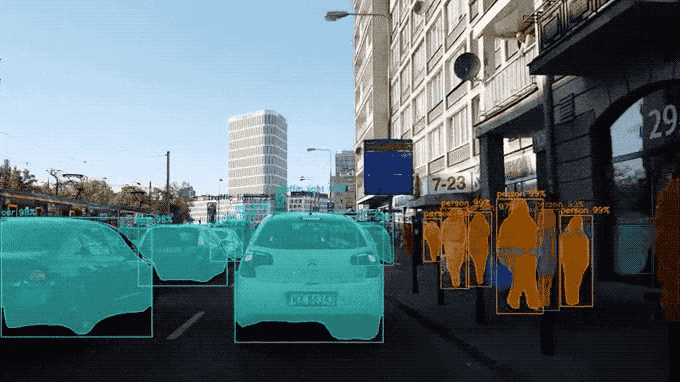


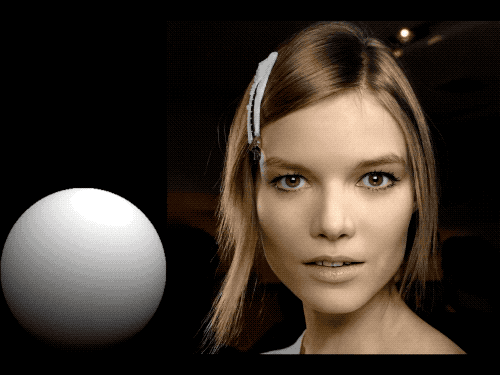

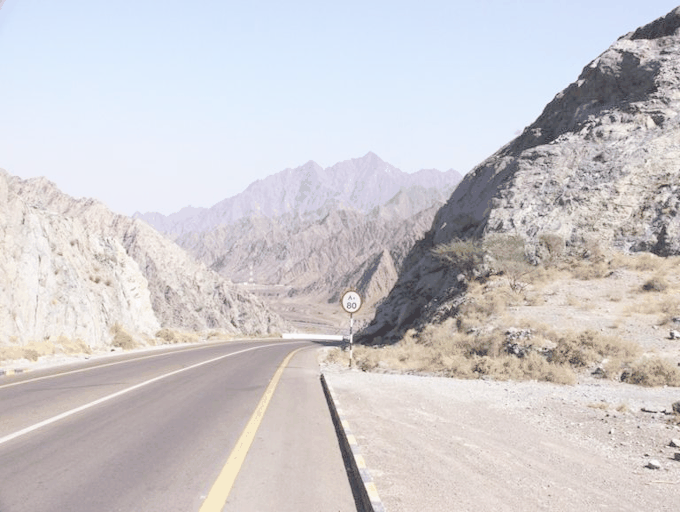
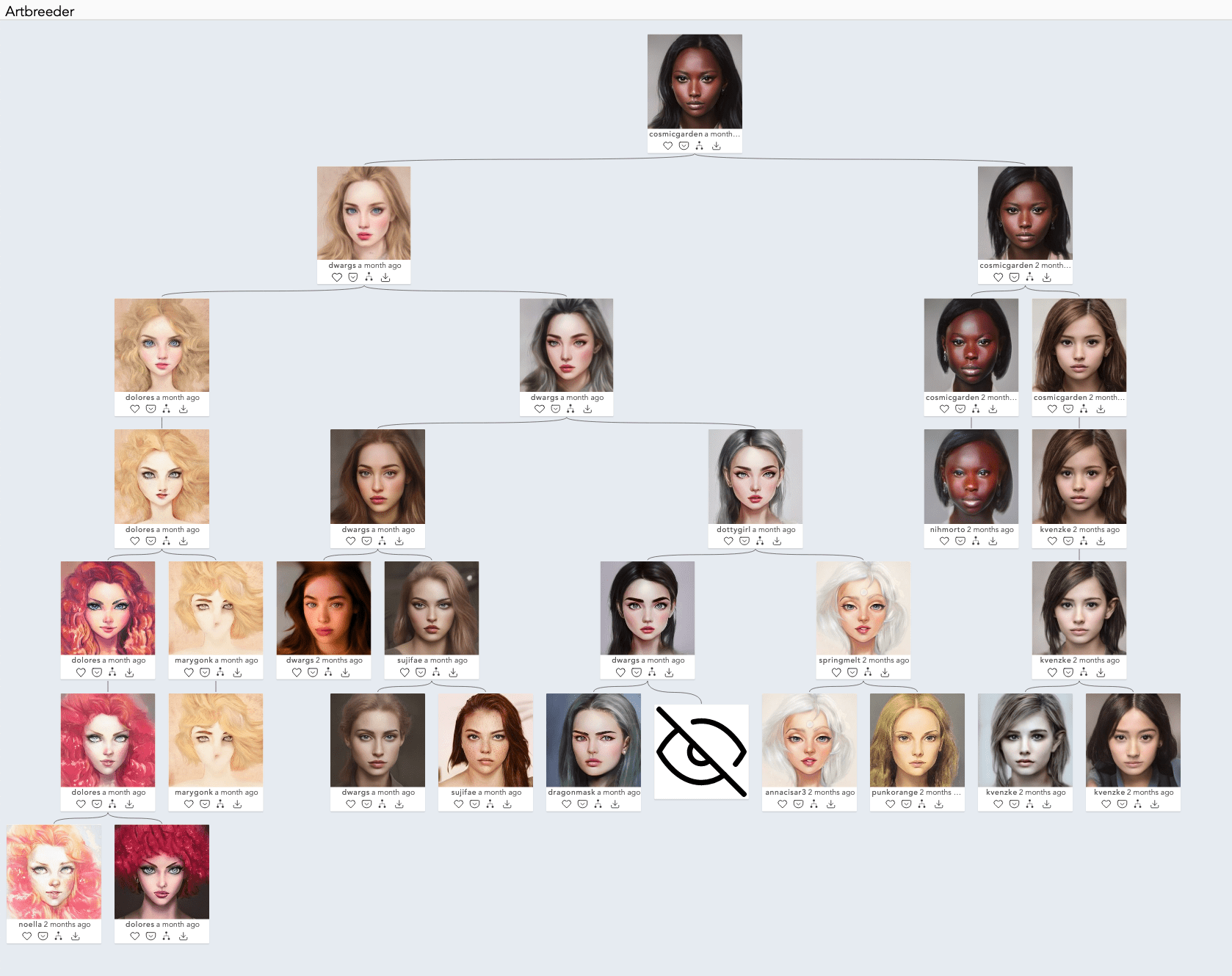
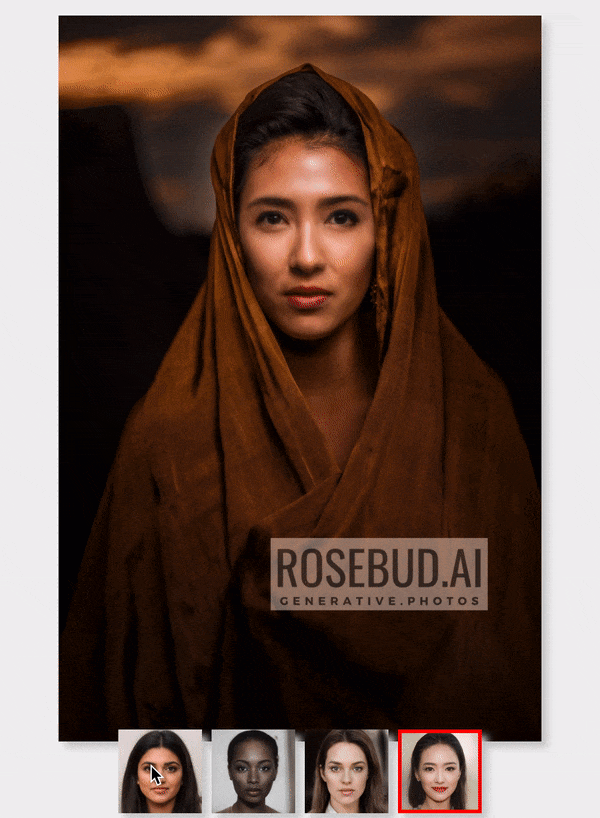
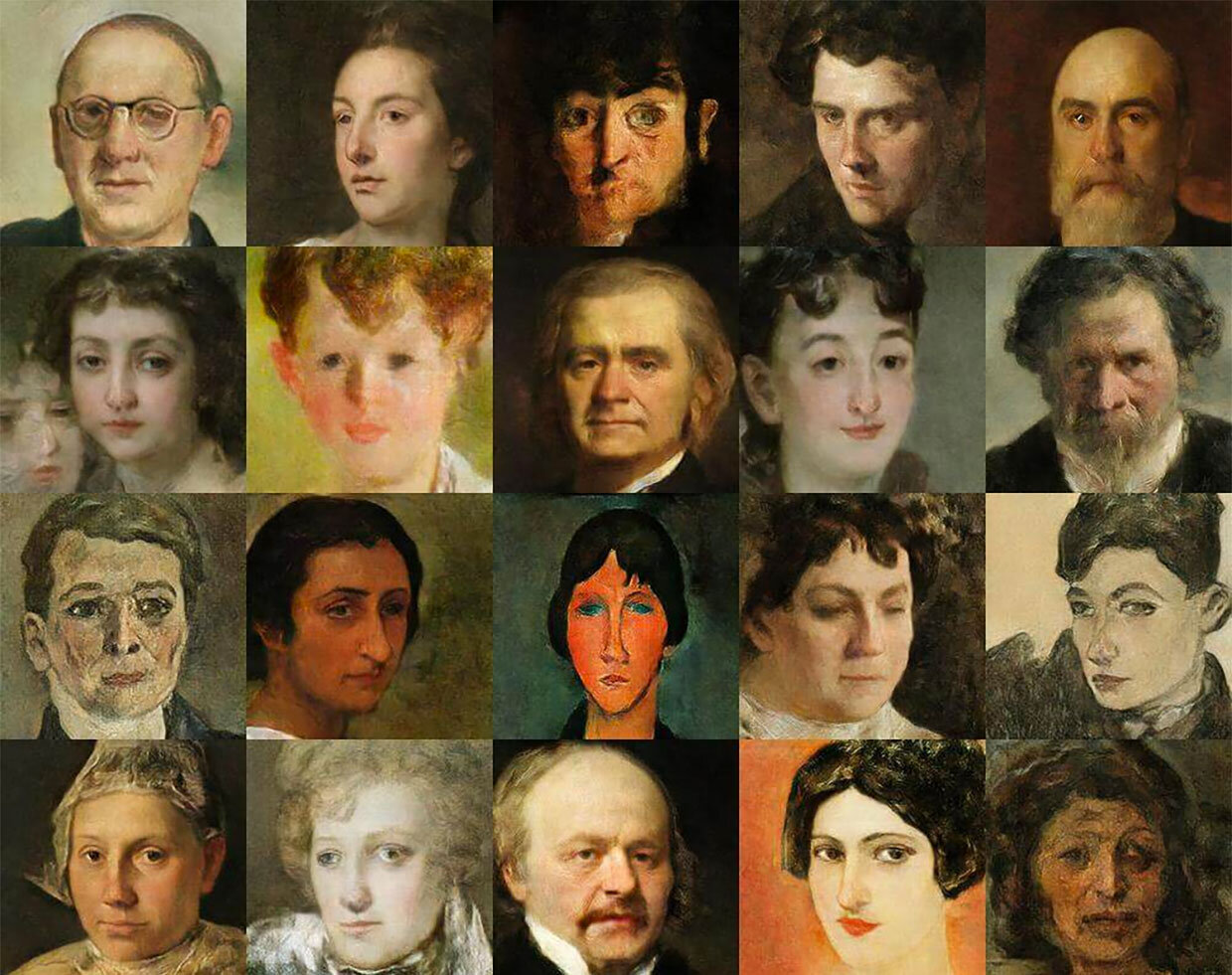
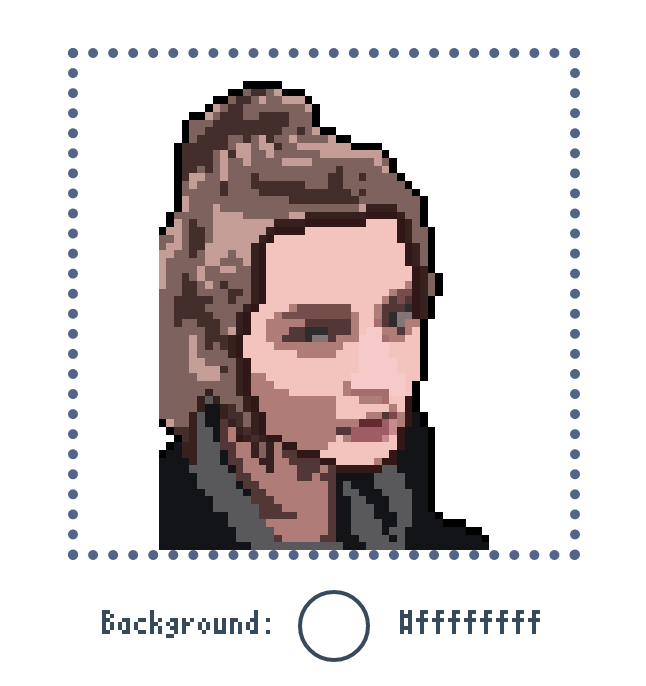
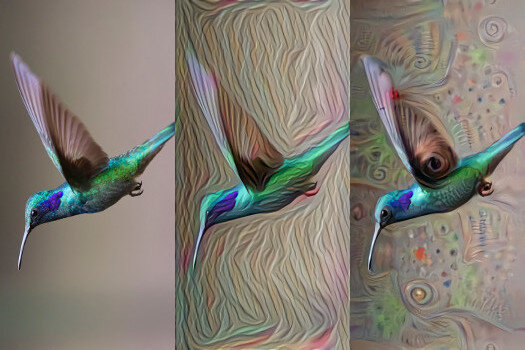
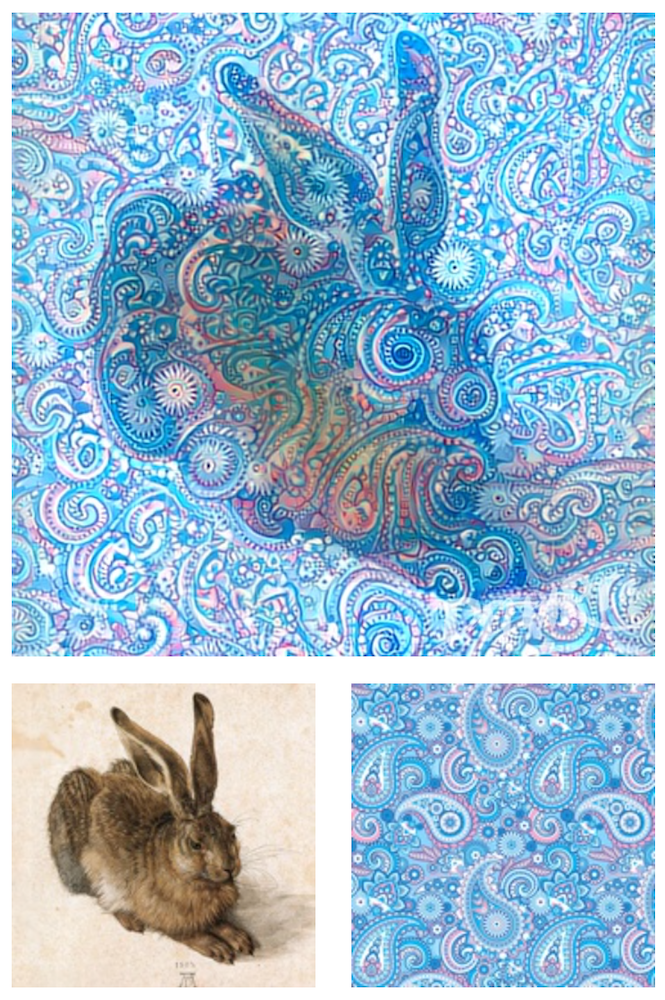
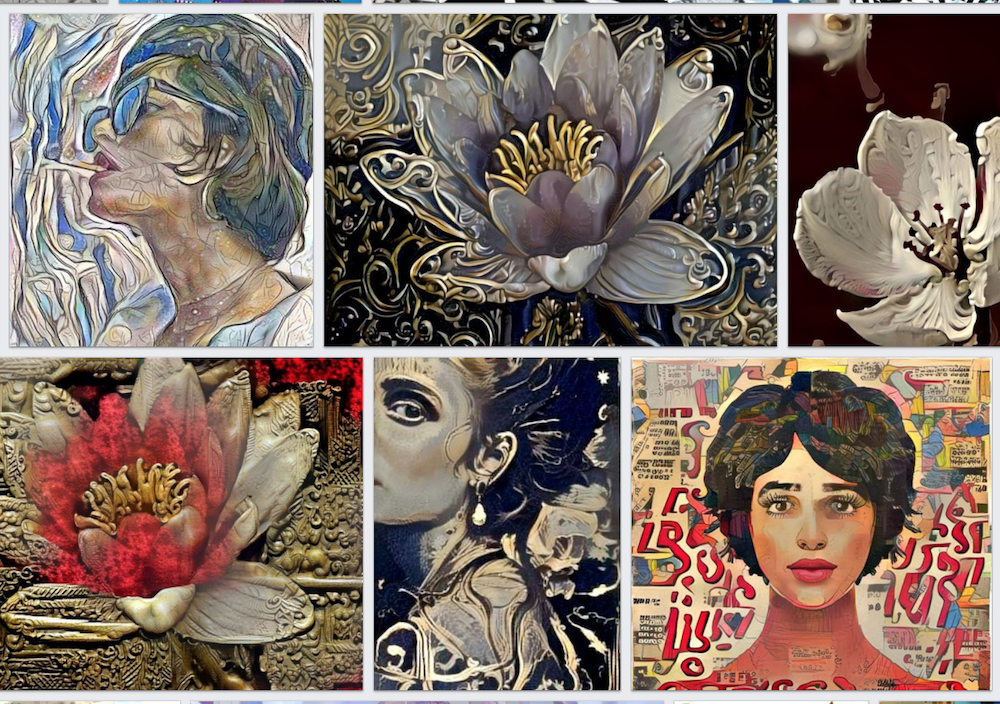
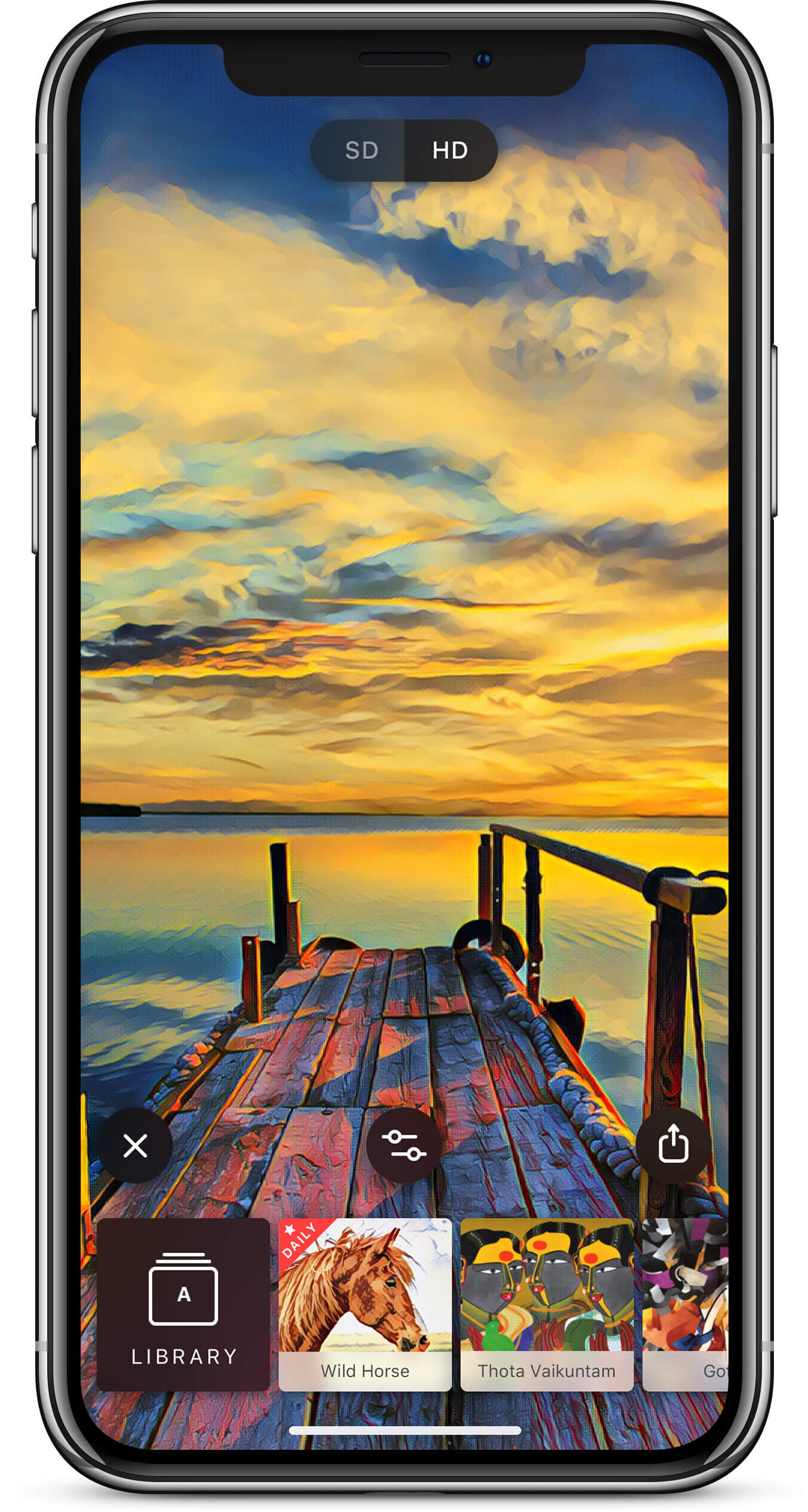



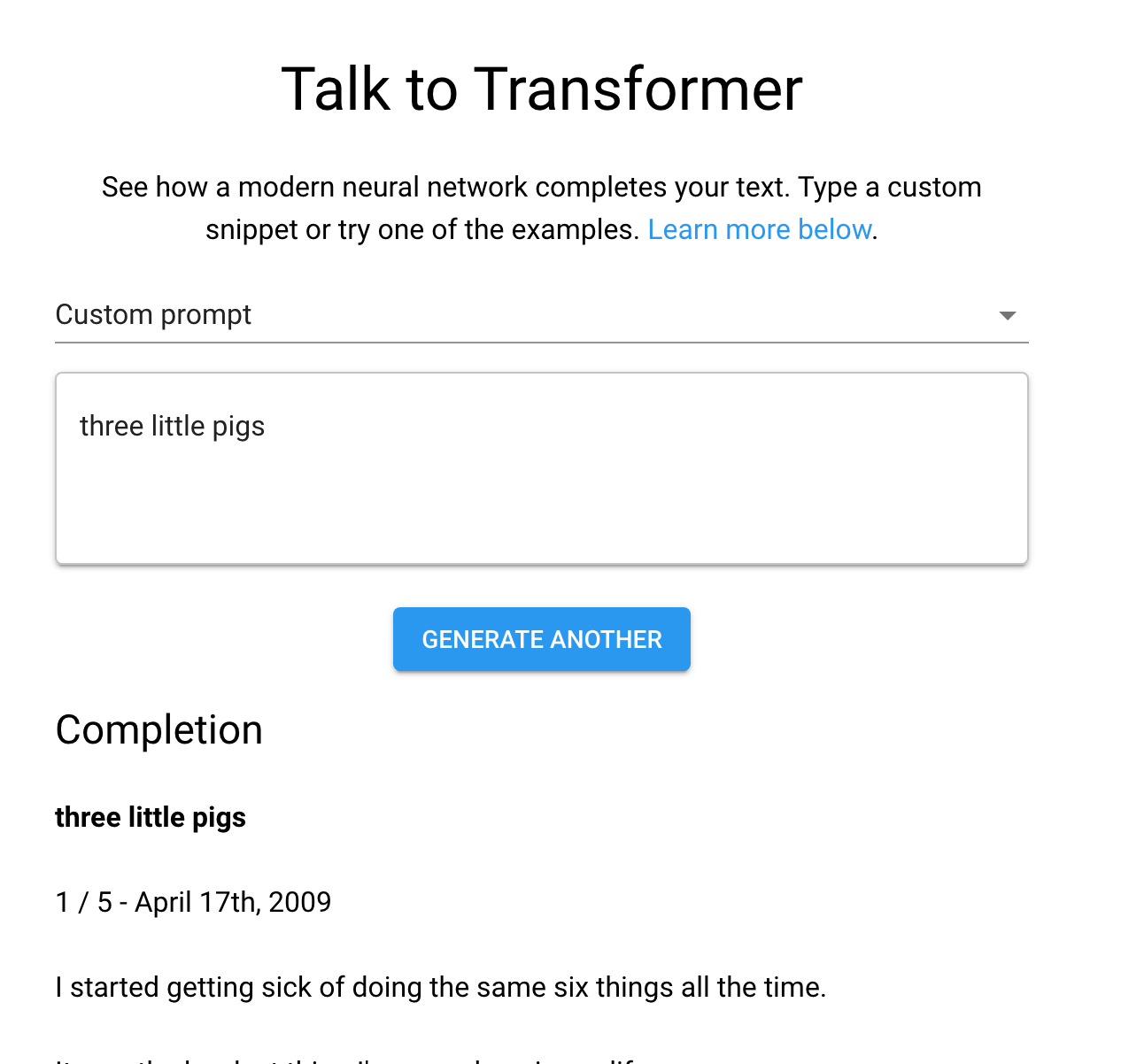
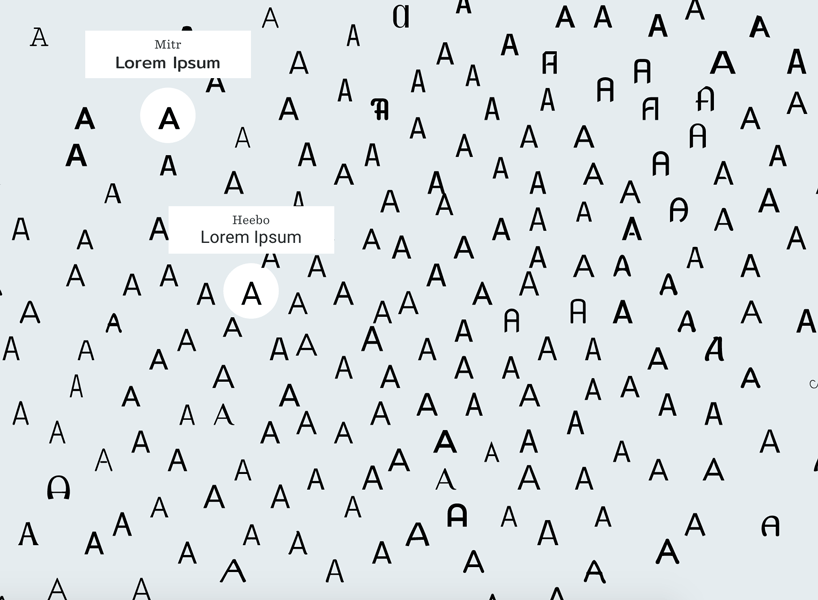
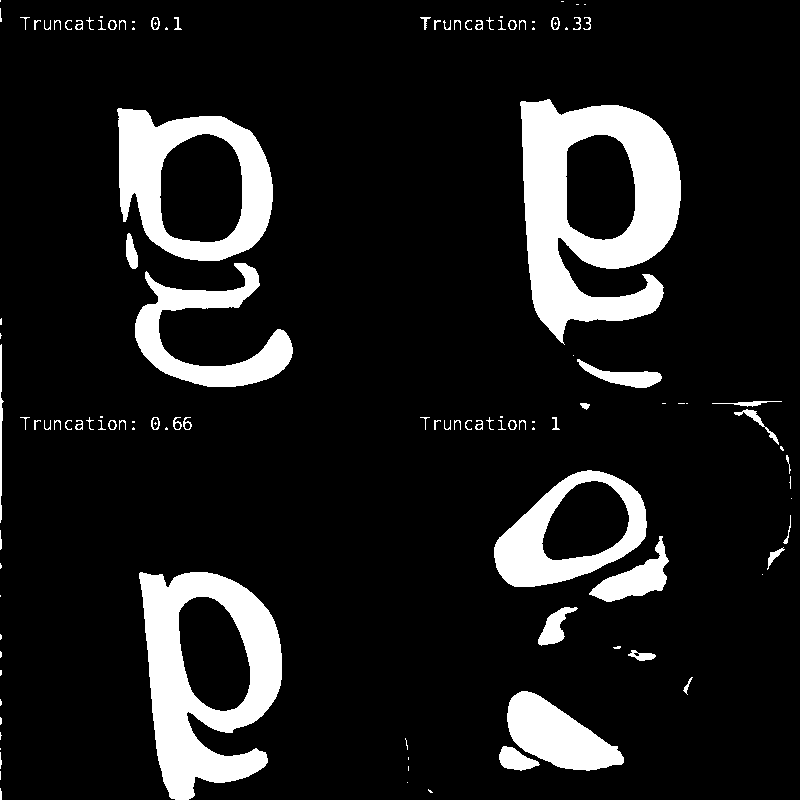

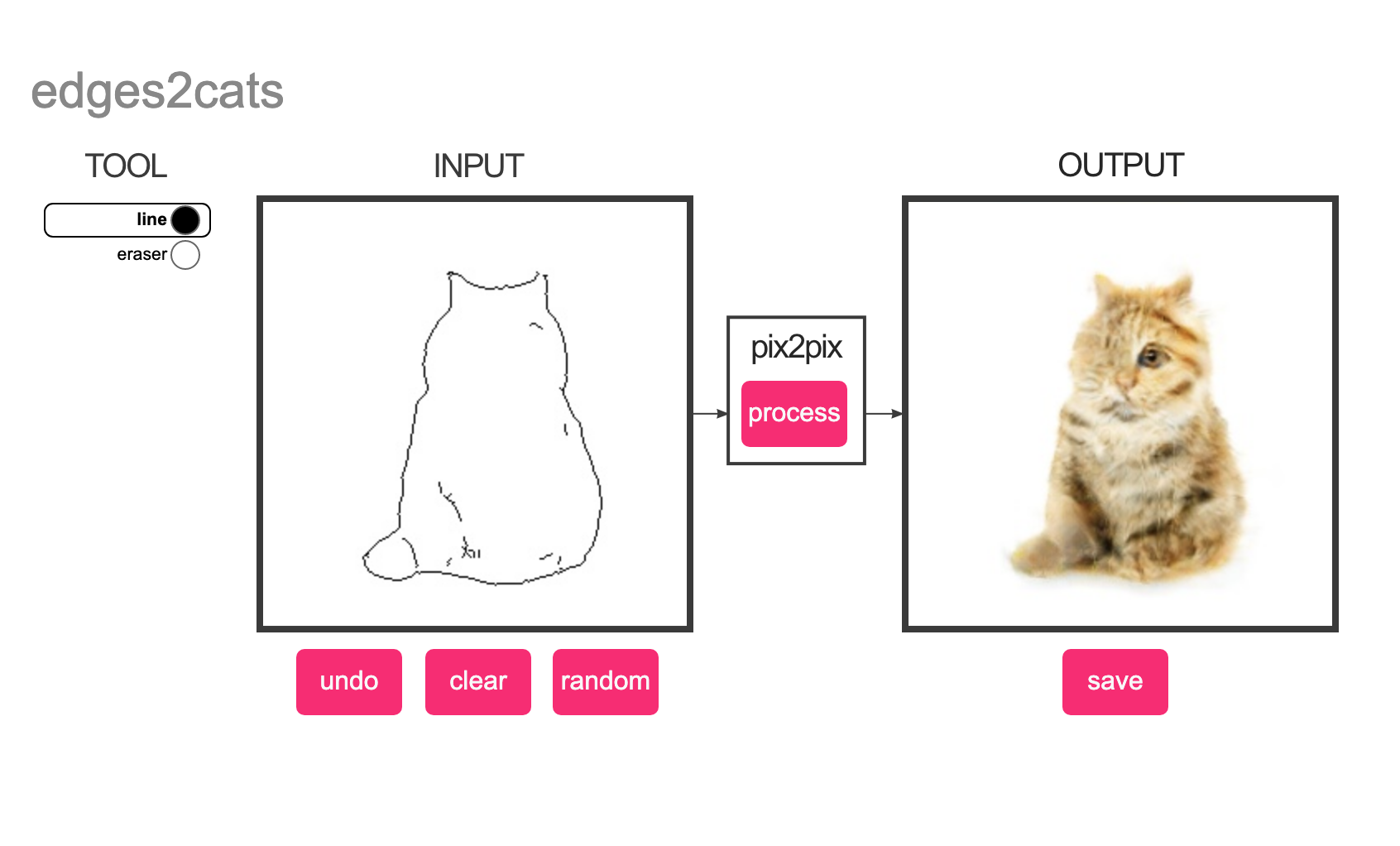


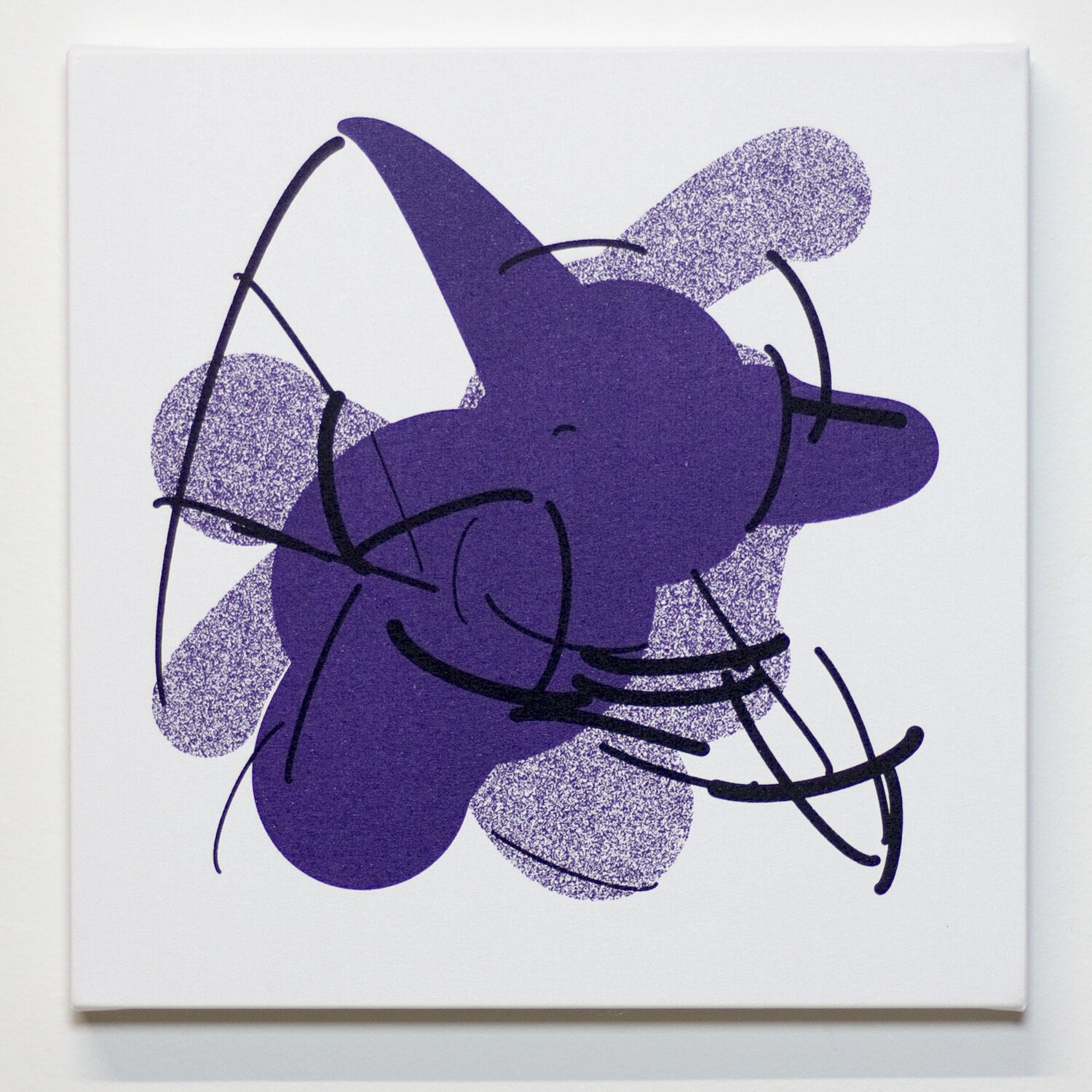

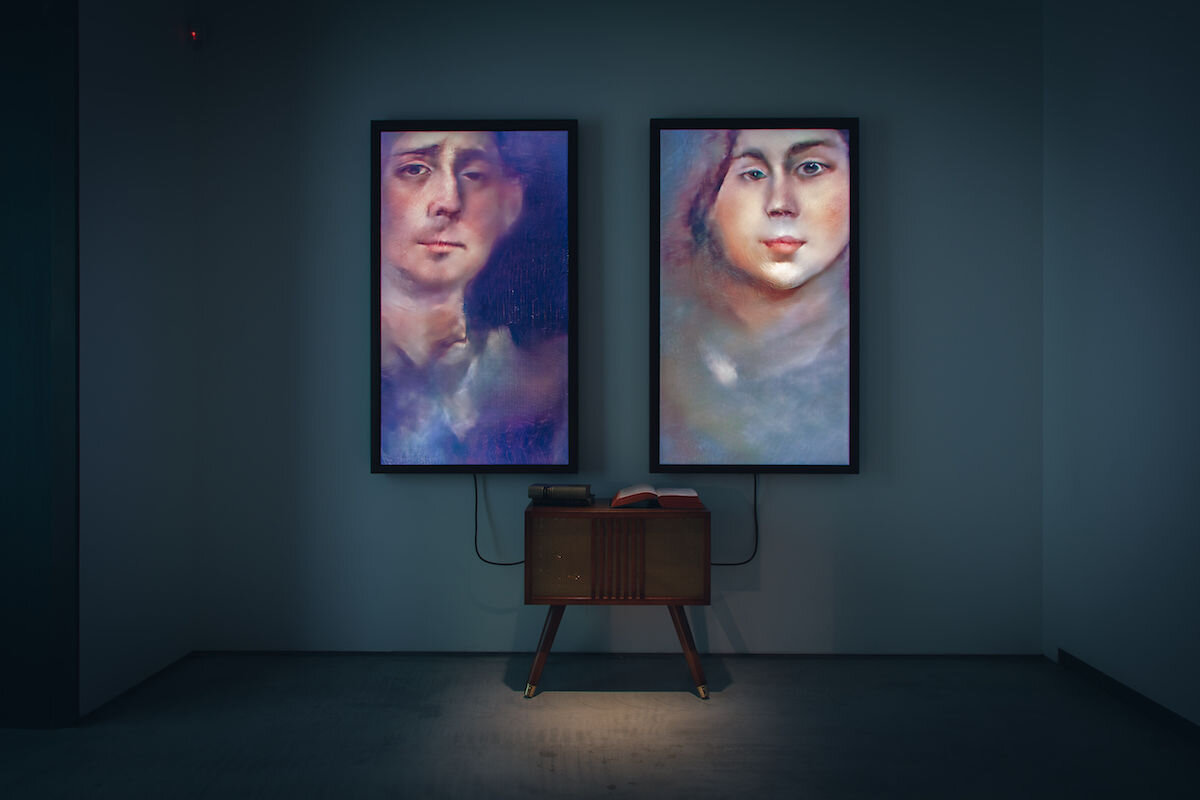
![Anime Faces [+tutorial]](https://images.squarespace-cdn.com/content/v1/52f366cae4b0b5c2c6471998/1590656510643-LOJO7MGQT9LZZ4WZ5RRD/2019-03-17-stylegan-animeface-figure08-truncationtrick.jpg)
